Staten Island at the turn of the twentieth century provided education to its growing population through a diverse network of institutions. Public schools served neighborhoods across the borough, numerous Catholic parochial schools and academies operated, several private academies offered alternative education, and the foundations of higher education were being established. These schools were vital parts of community life from Tottenville to the North Shore.
The public school system was extensive, with numbered schools located throughout Staten Island’s distinct communities. On the South Shore, Public School No. 1 served Tottenville, PS 3 was in Pleasant Plains, PS 6 operated in Rossville, PS 36 was located in Annadale, and PS 42 served Eltingville. Further north along the East Shore, PS 8 educated children in Great Kills, and a public school operated in New Dorp. The more densely populated North Shore hosted many public schools, including PS 14 in Stapleton (later known as the Vanderbilt School), PS 15 and PS 16 in Tompkinsville, PS 17 in New Brighton, PS 20 on Herberton Avenue in Port Richmond, PS 23 in Mariners Harbor, and PS 30 in Westerleigh. Serving older students, Curtis High School opened near St. George in 1904 as a major institution for the North Shore, while Tottenville High School served the South Shore.
Read more
Catholic education had a very strong presence across the island, with numerous schools run by parishes and religious orders. St. Peter’s School and Academy in New Brighton was associated with the island’s first Catholic parish. St. Mary’s Parochial School operated in Port Richmond, and Our Lady Help of Christians school served Tottenville families. Several larger Catholic academies provided education, often including boarding facilities and extensive campuses. These included St. John’s Villa Academy and St. Joseph Hill Academy, both located in the Arrochar area. Notre Dame Academy and Convent on Grymes Hill was a significant institution for girls’ education. On the South Shore, St. Joseph’s by the Sea in Huguenot Park and St. Louis Academy in Pleasant Plains were major Catholic schools. The large Mission of the Immaculate Virgin complex at Mount Loretto, near Pleasant Plains, included educational facilities like St. Joseph’s Trades School. Other Catholic schools included St. Christopher’s in Grant City and St. Clare’s in Great Kills.
Beyond public and parochial options, several private academies offered education on Staten Island. Staten Island Academy, with a long history, operated near the New Brighton/St. George area, serving students from prominent local families. Augustinian Academy maintained a campus on Grymes Hill. St. Austin School also provided private education during this period. These institutions often offered different educational environments or catered to specific student populations.
The foundations for higher education on Staten Island were also being laid in the early 1900s. Notre Dame offered college-level courses as part of its academy structure. Wagner College moved its campus from Rochester, New York, to Grymes Hill around 1918, beginning its long history on Staten Island near the end of this period.
These diverse schools occupied various buildings across the island. Many public schools were substantial brick structures, signifying civic investment in education. The Catholic academies and private schools often had campuses with multiple buildings, including classrooms, residences or convents, chapels, and recreational grounds. Students traveled to these schools daily or boarded there, forming the next generation of Staten Islanders.


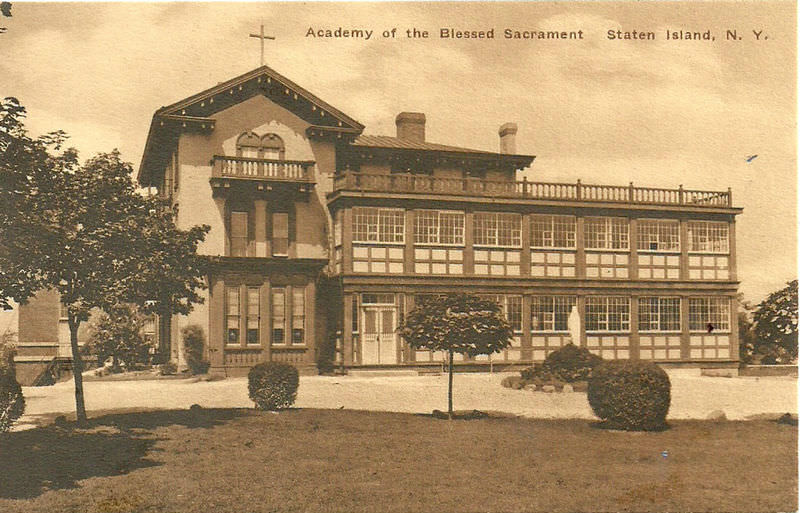
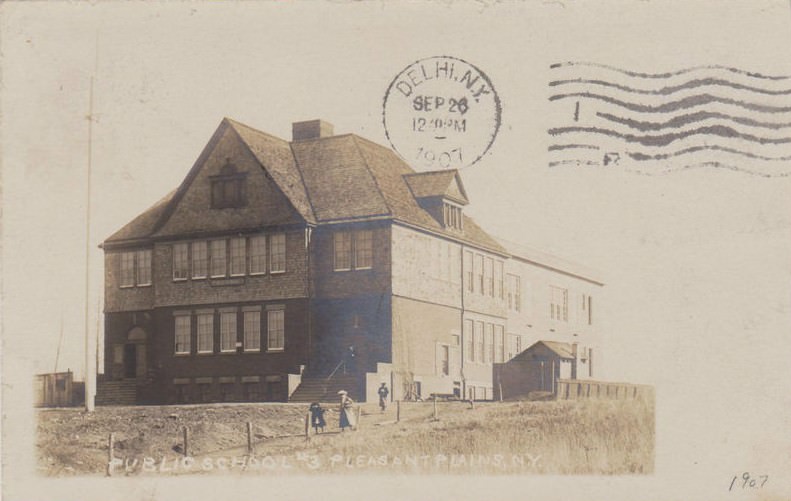

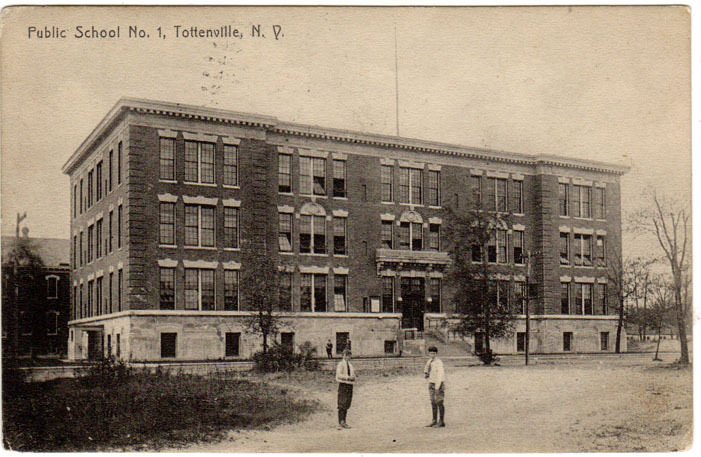
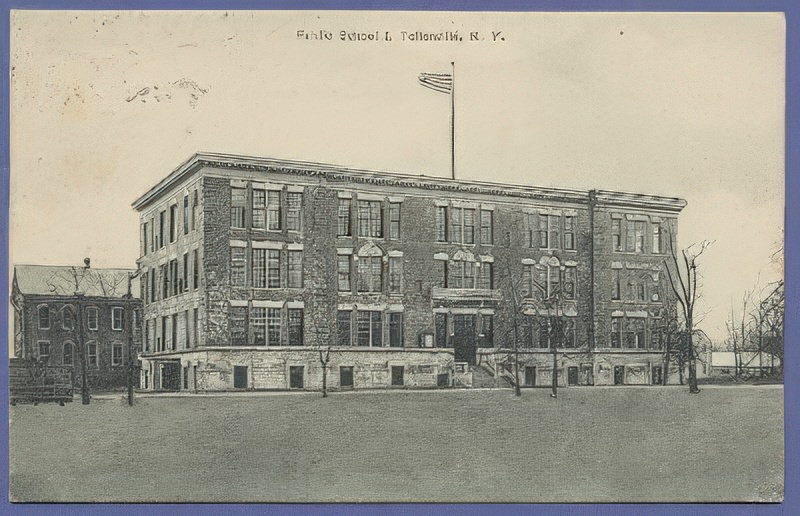


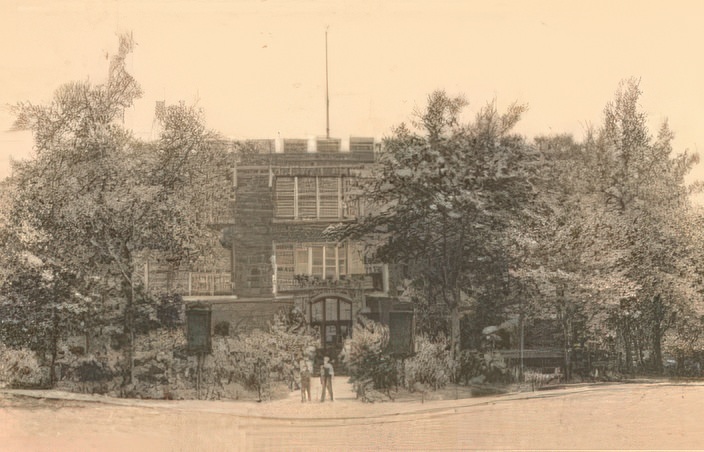

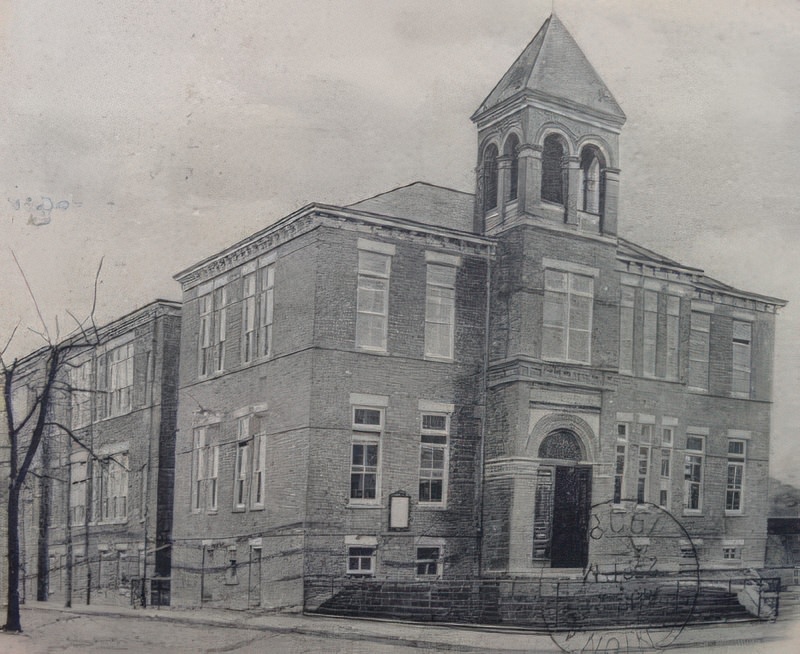

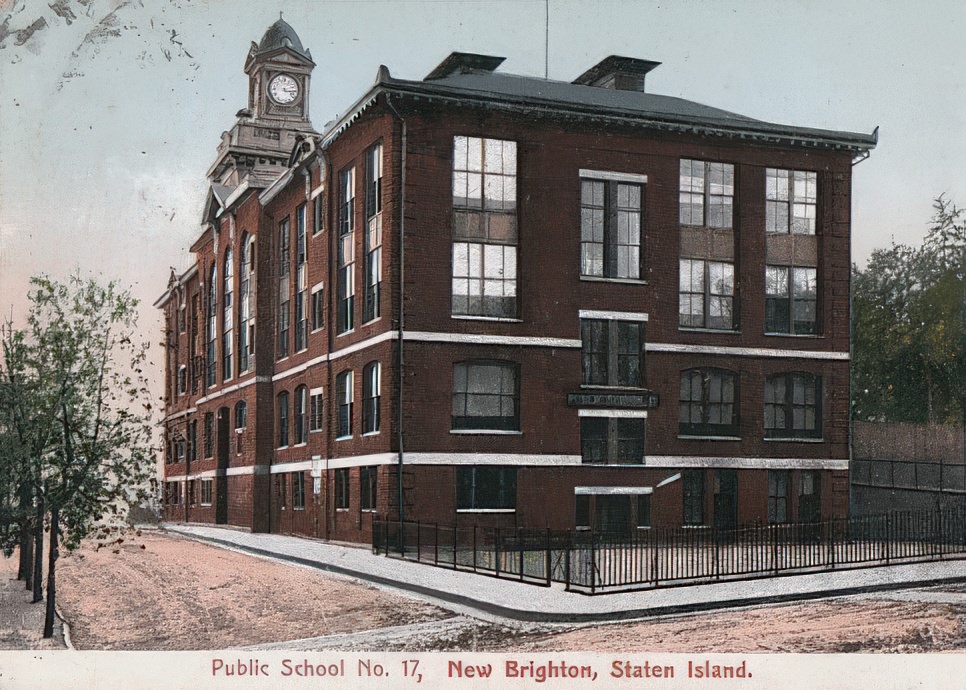


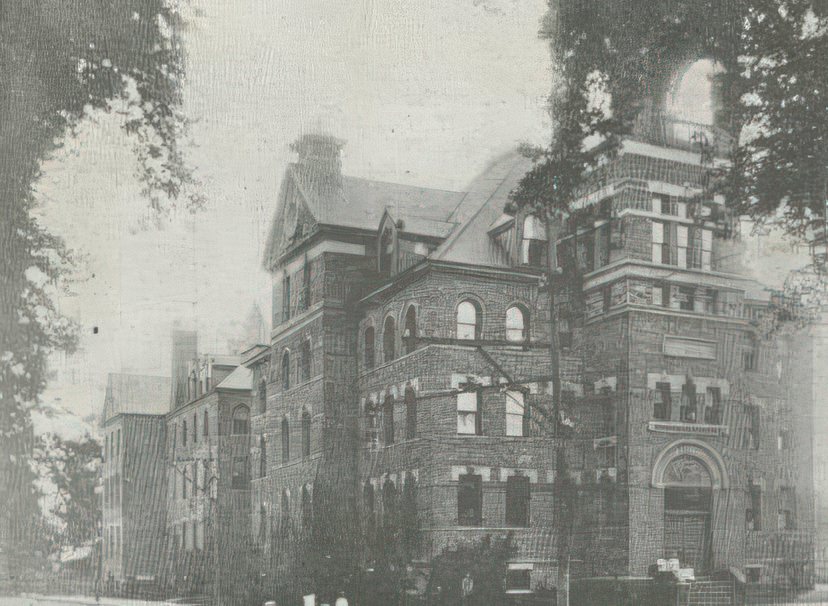
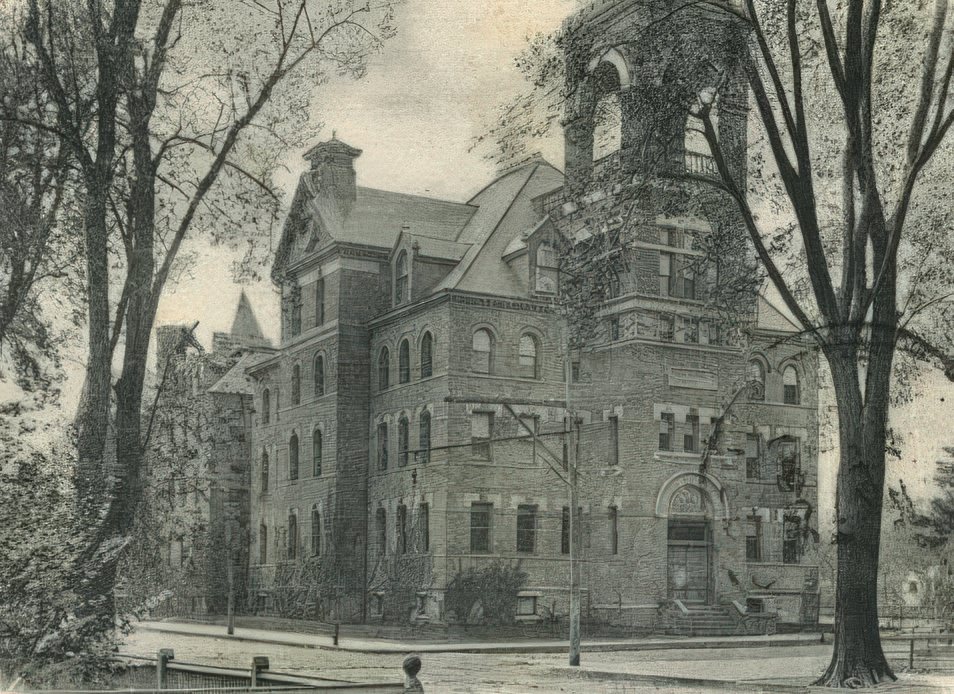

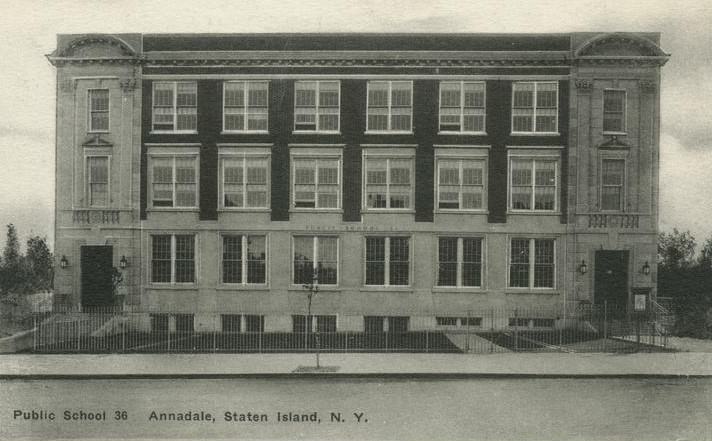


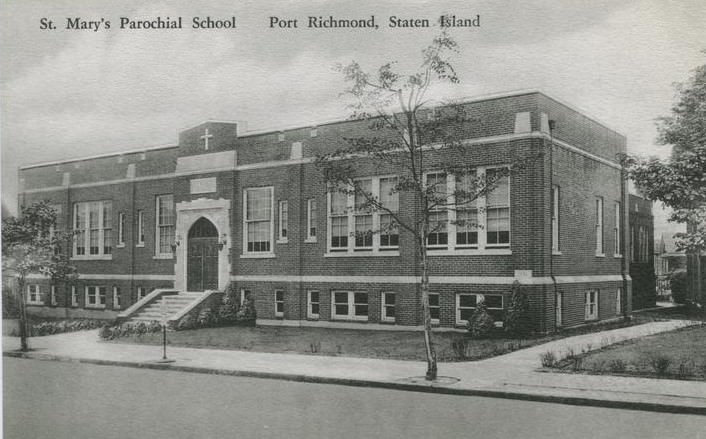



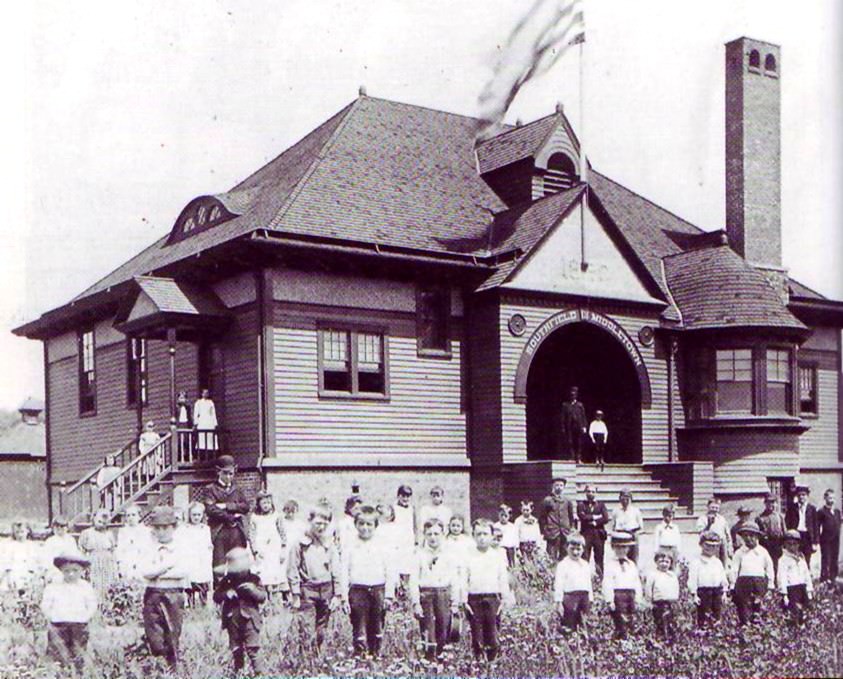

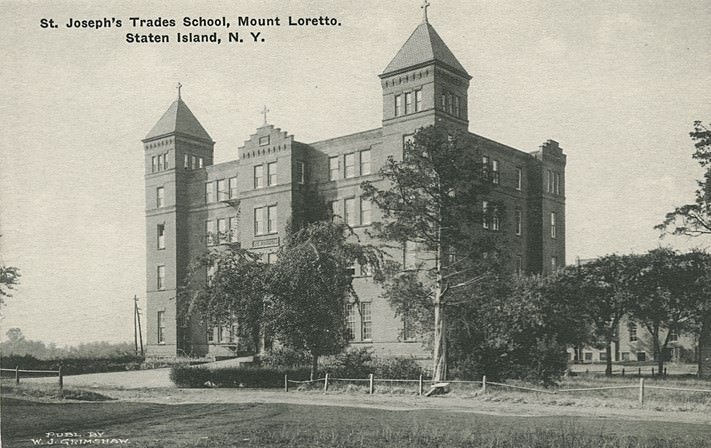
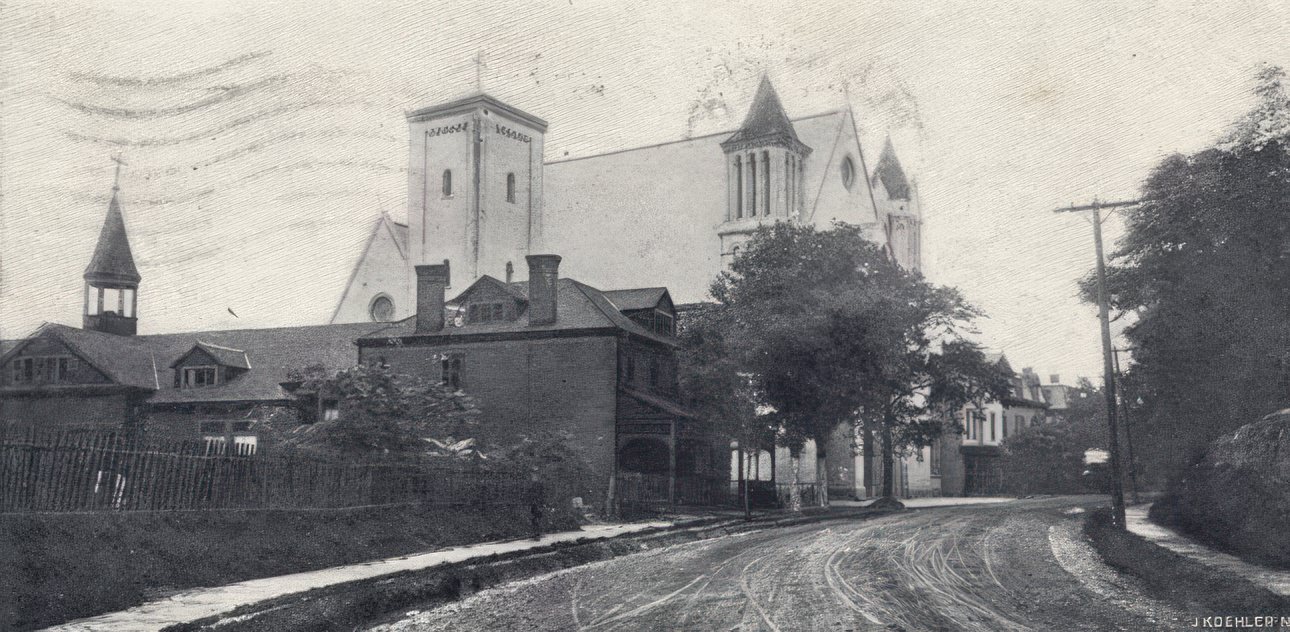
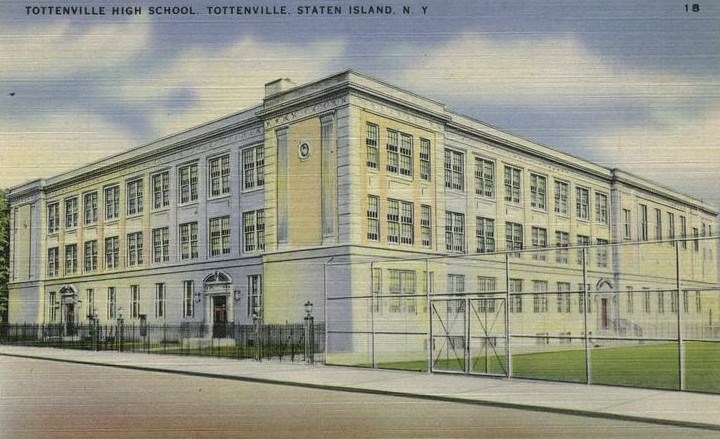
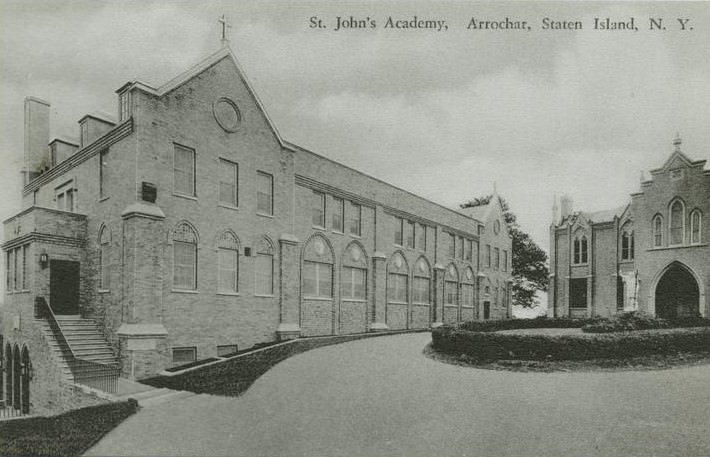
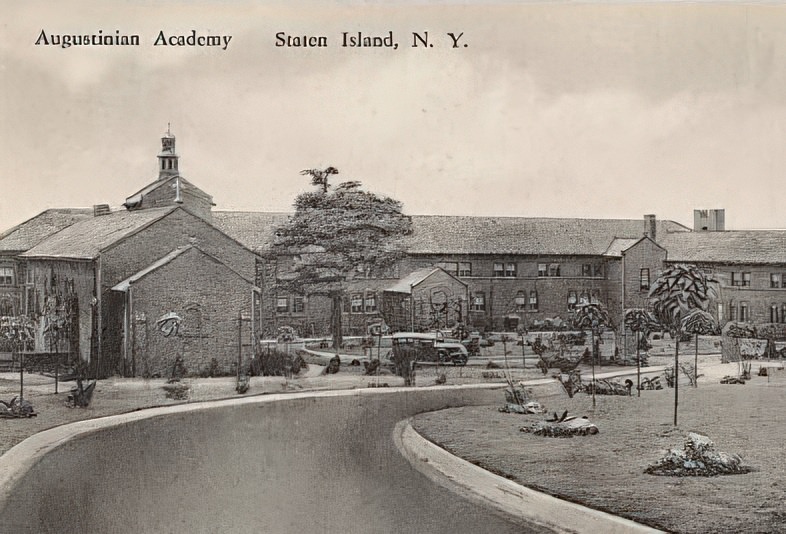
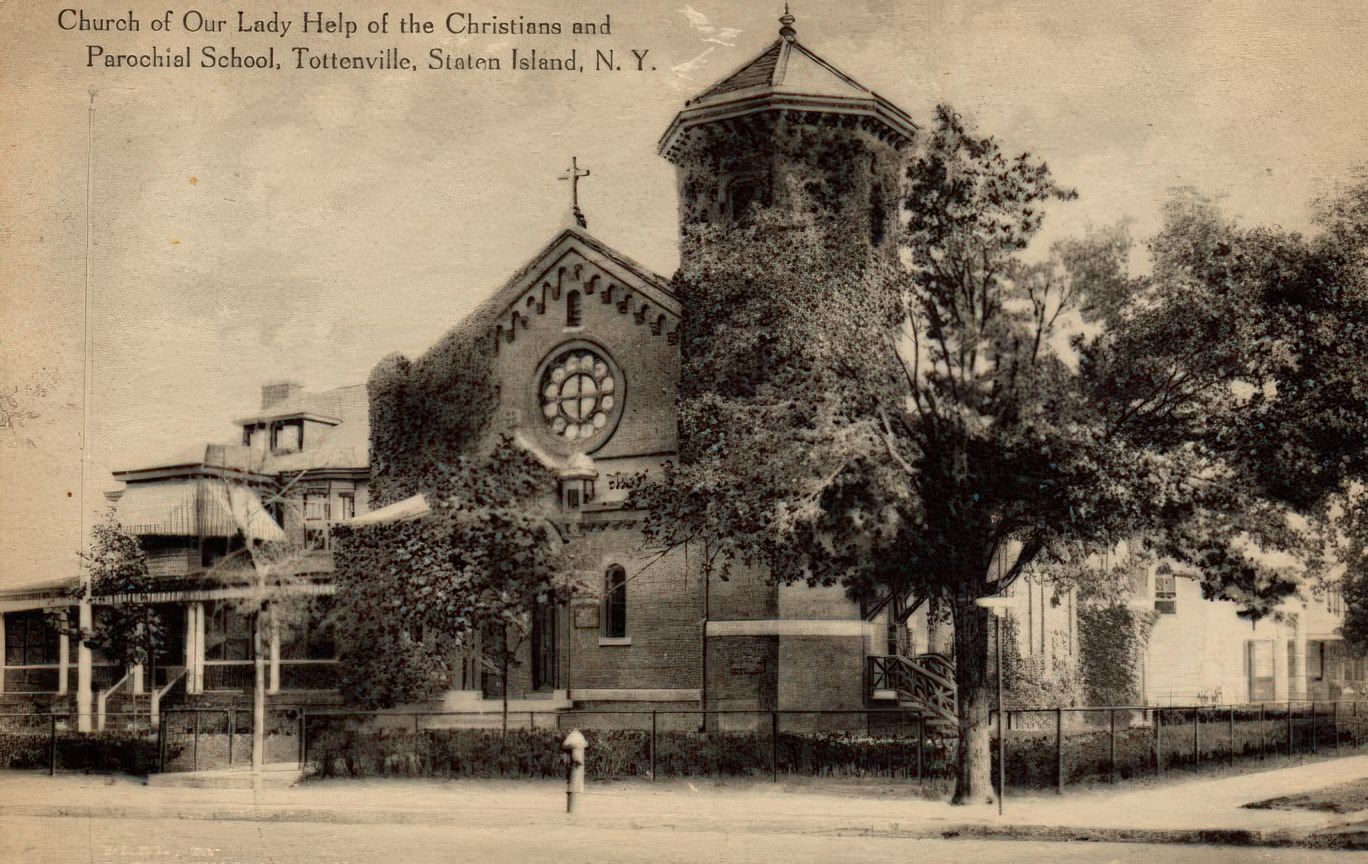
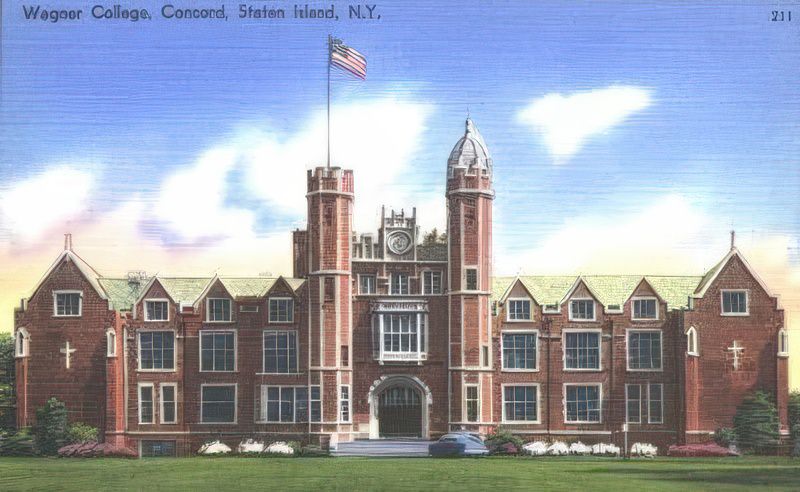
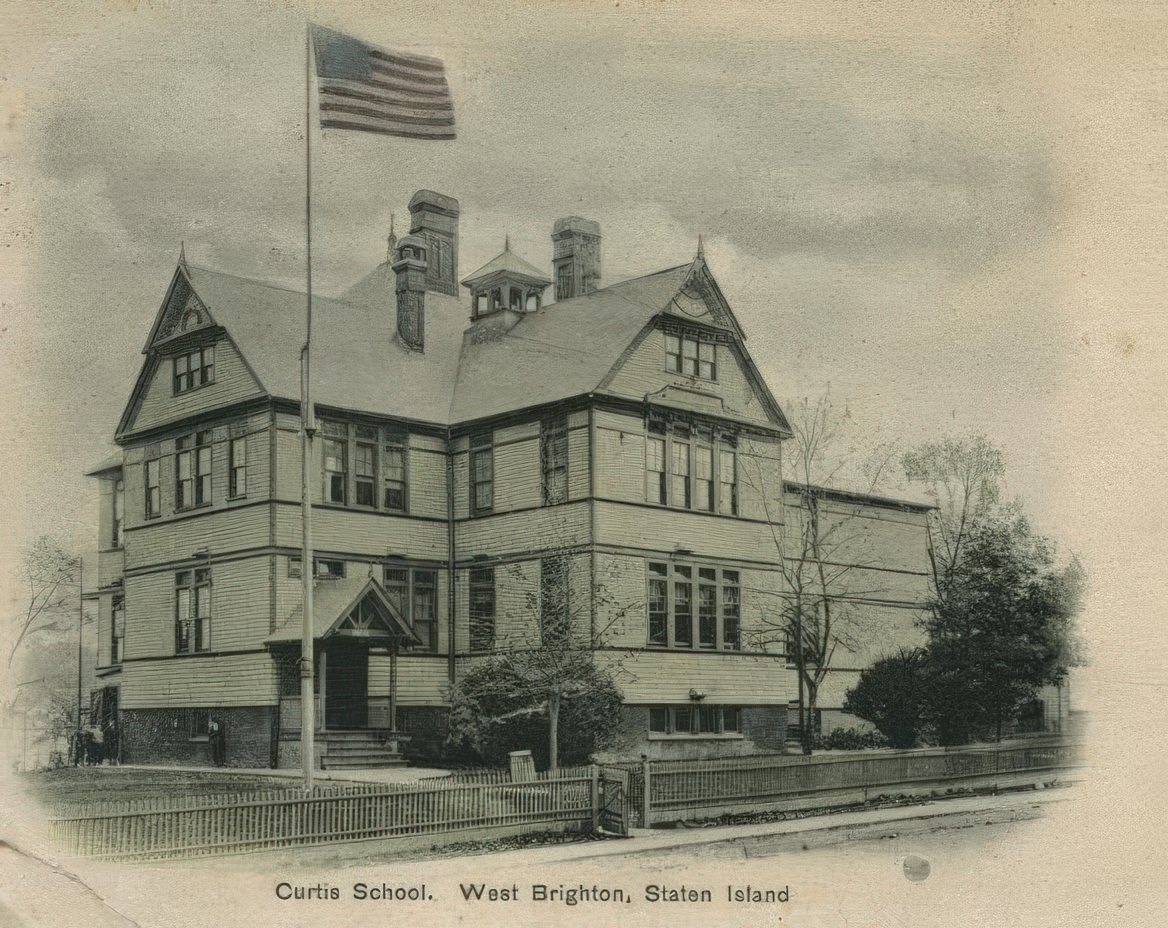
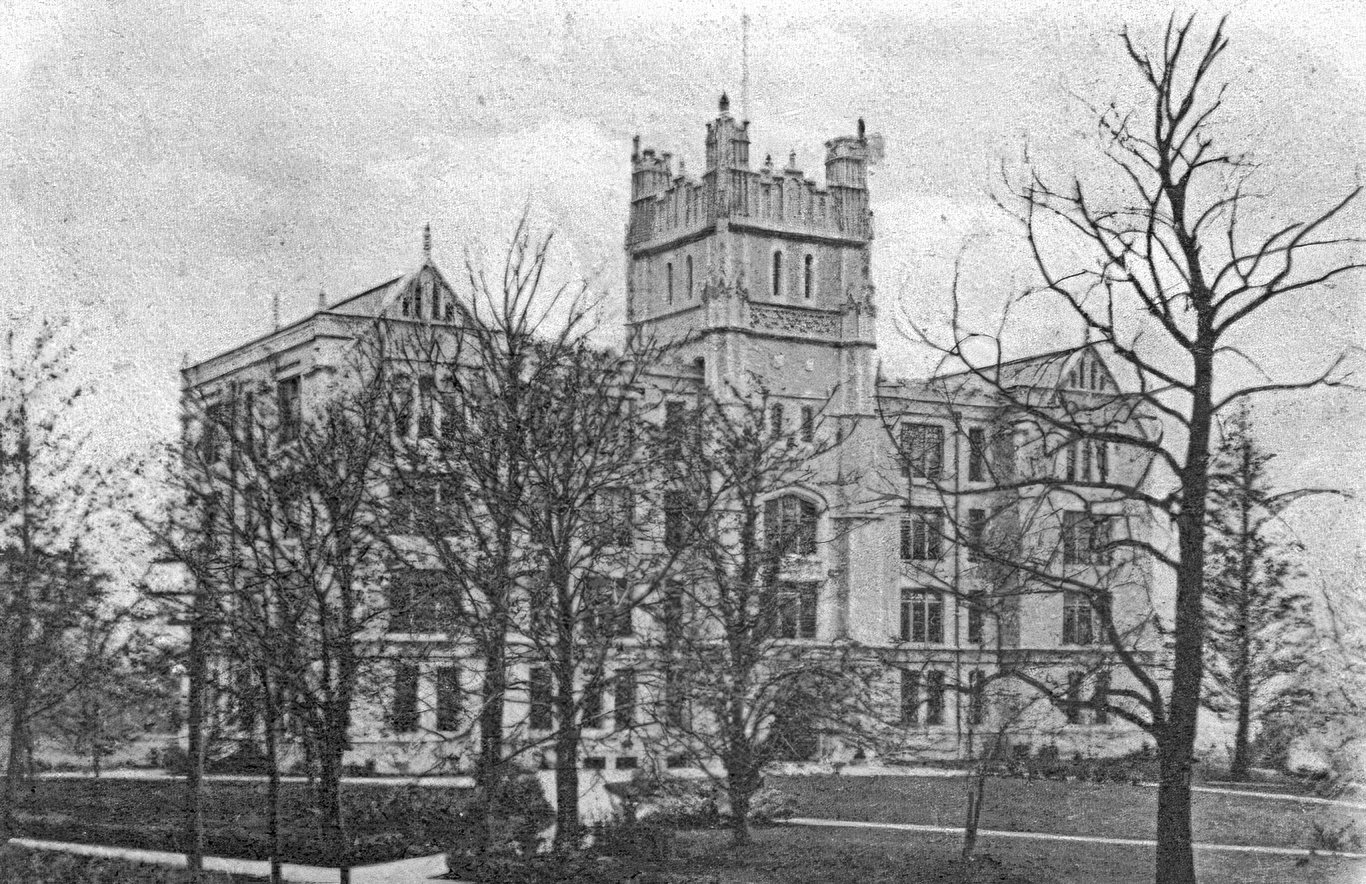
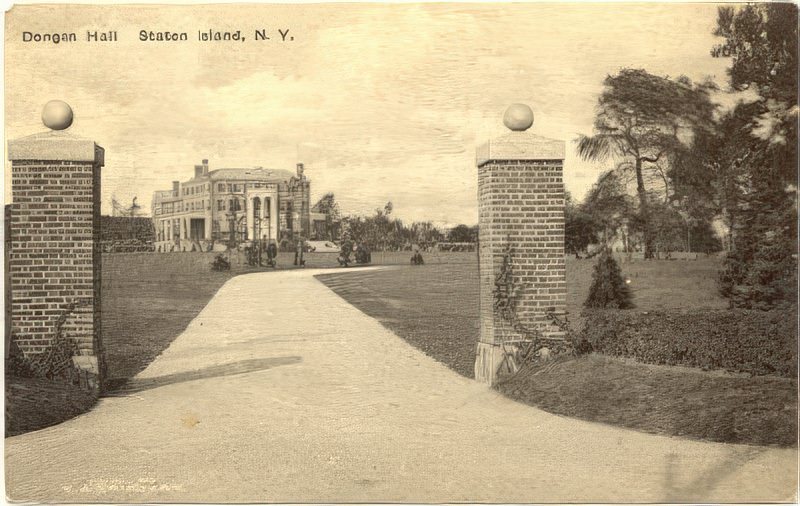
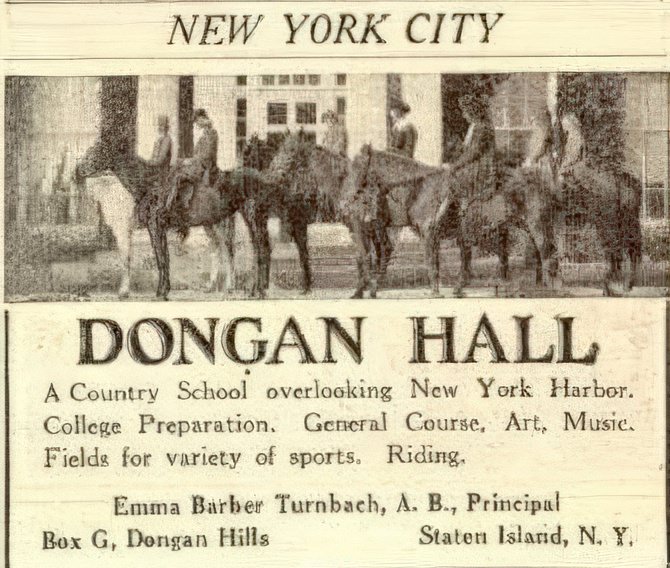

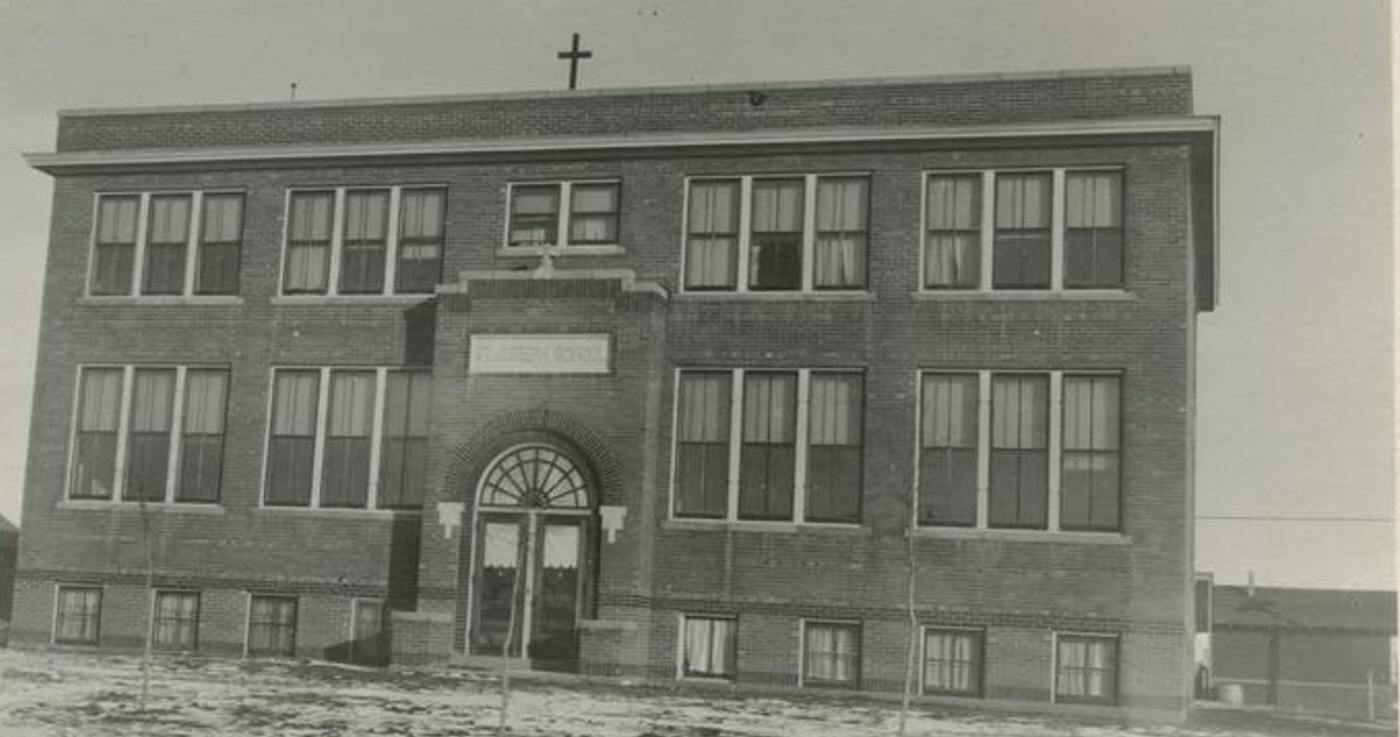

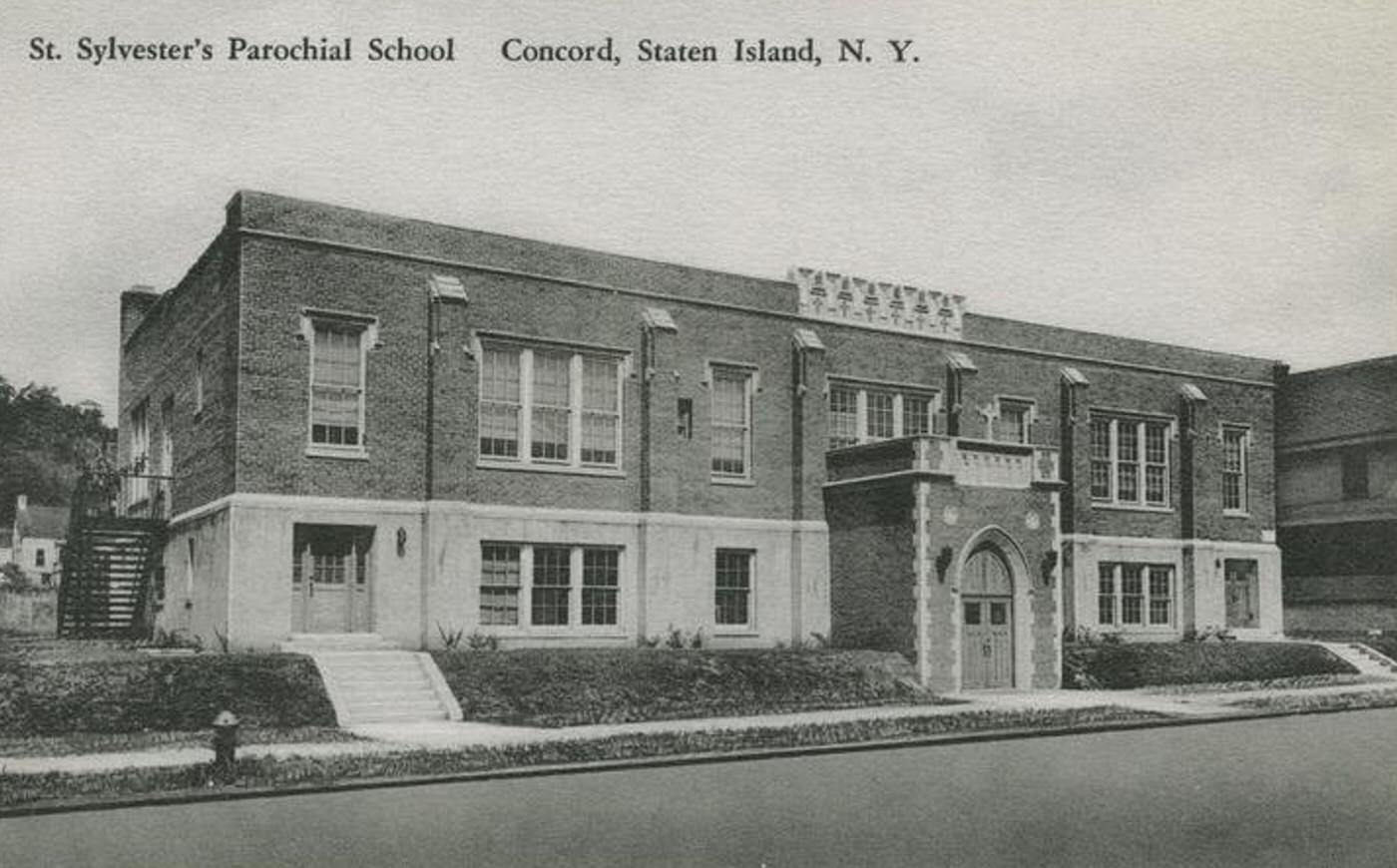
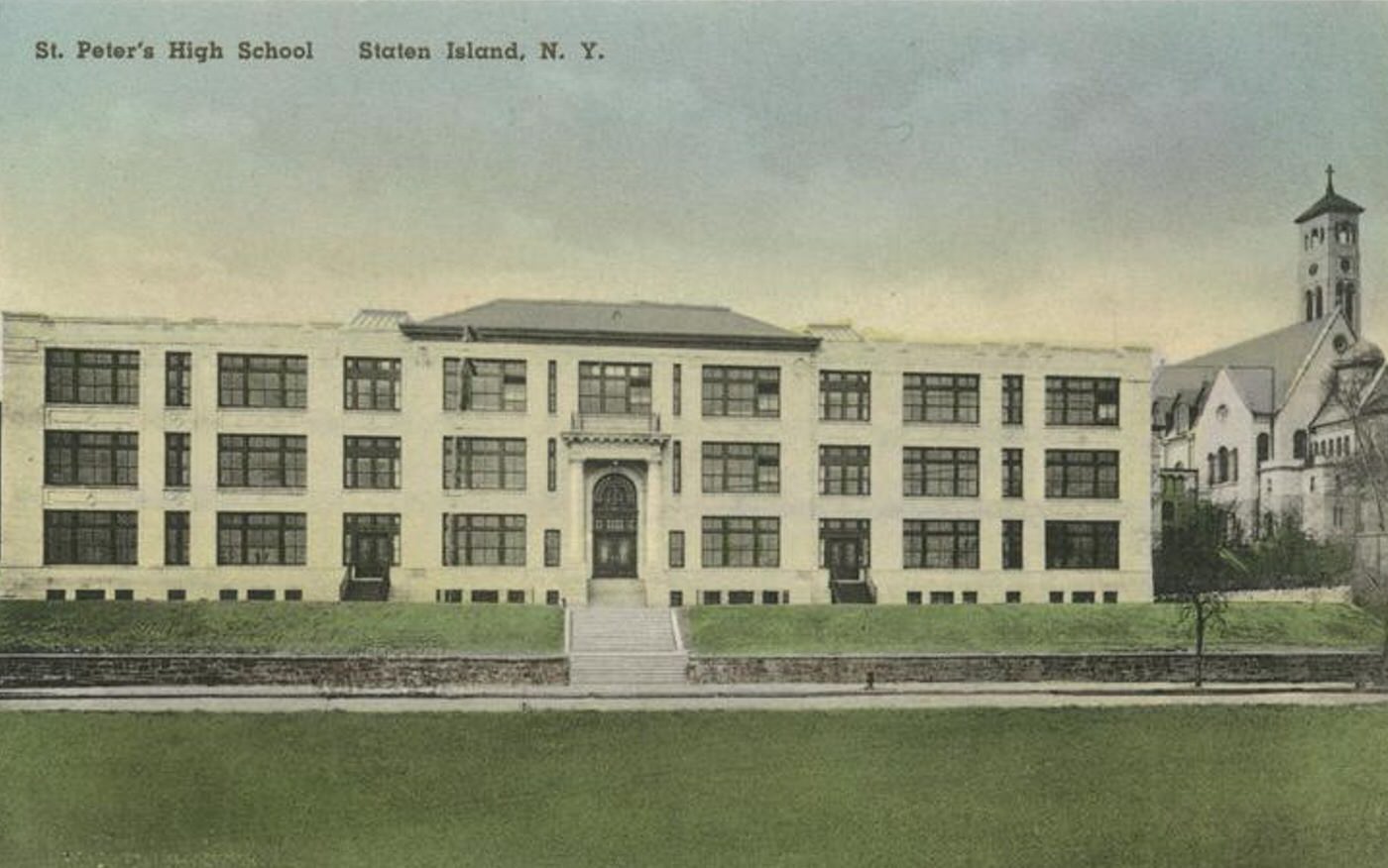
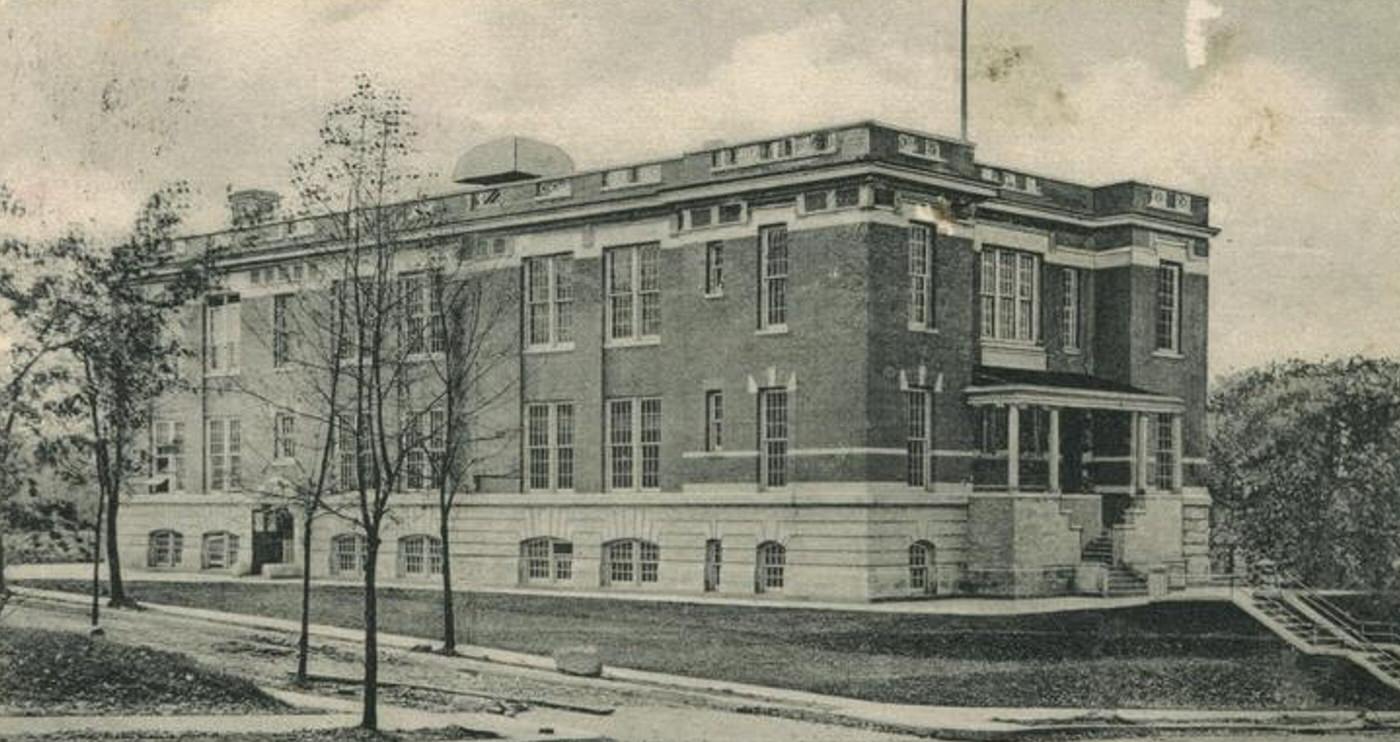
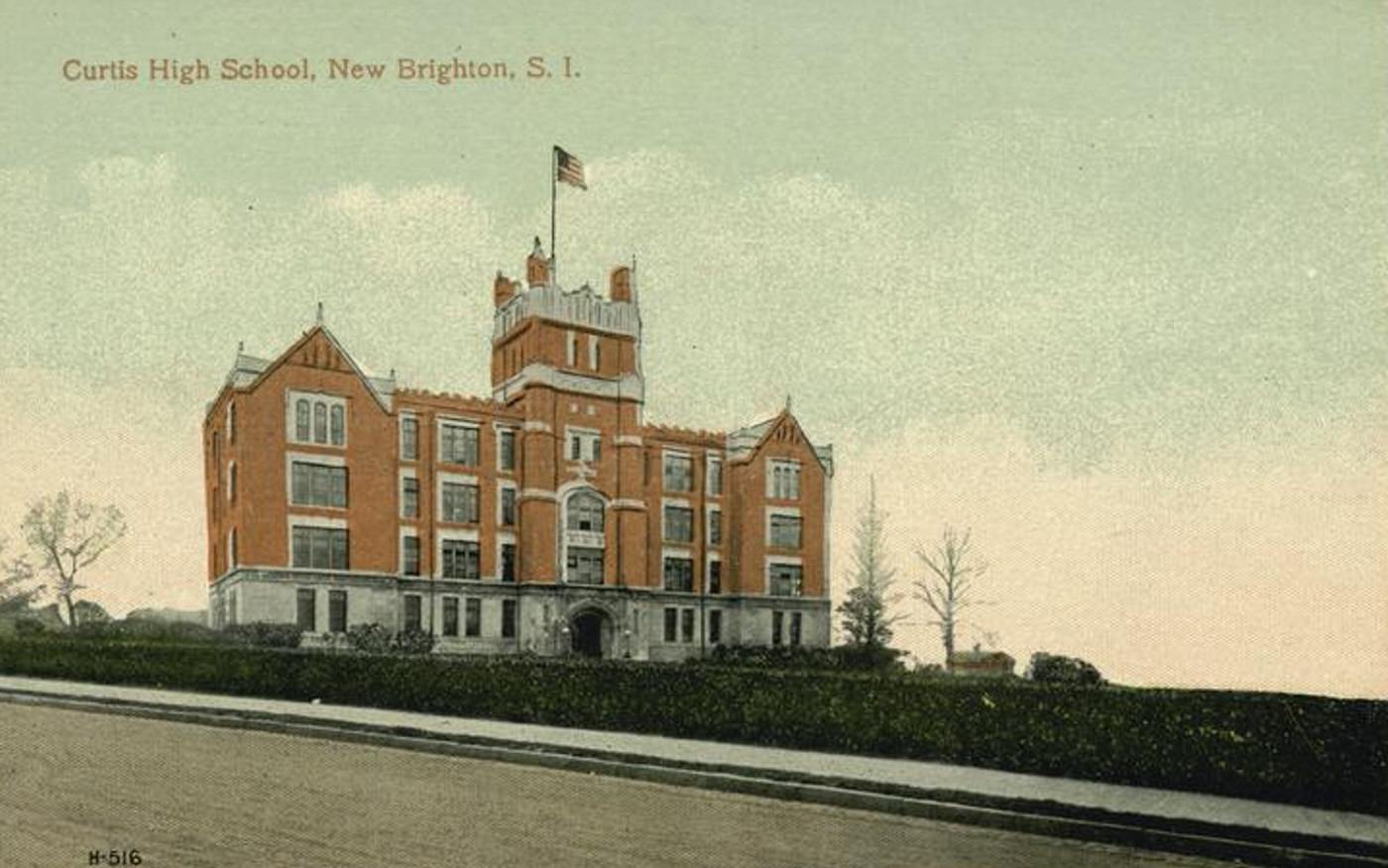
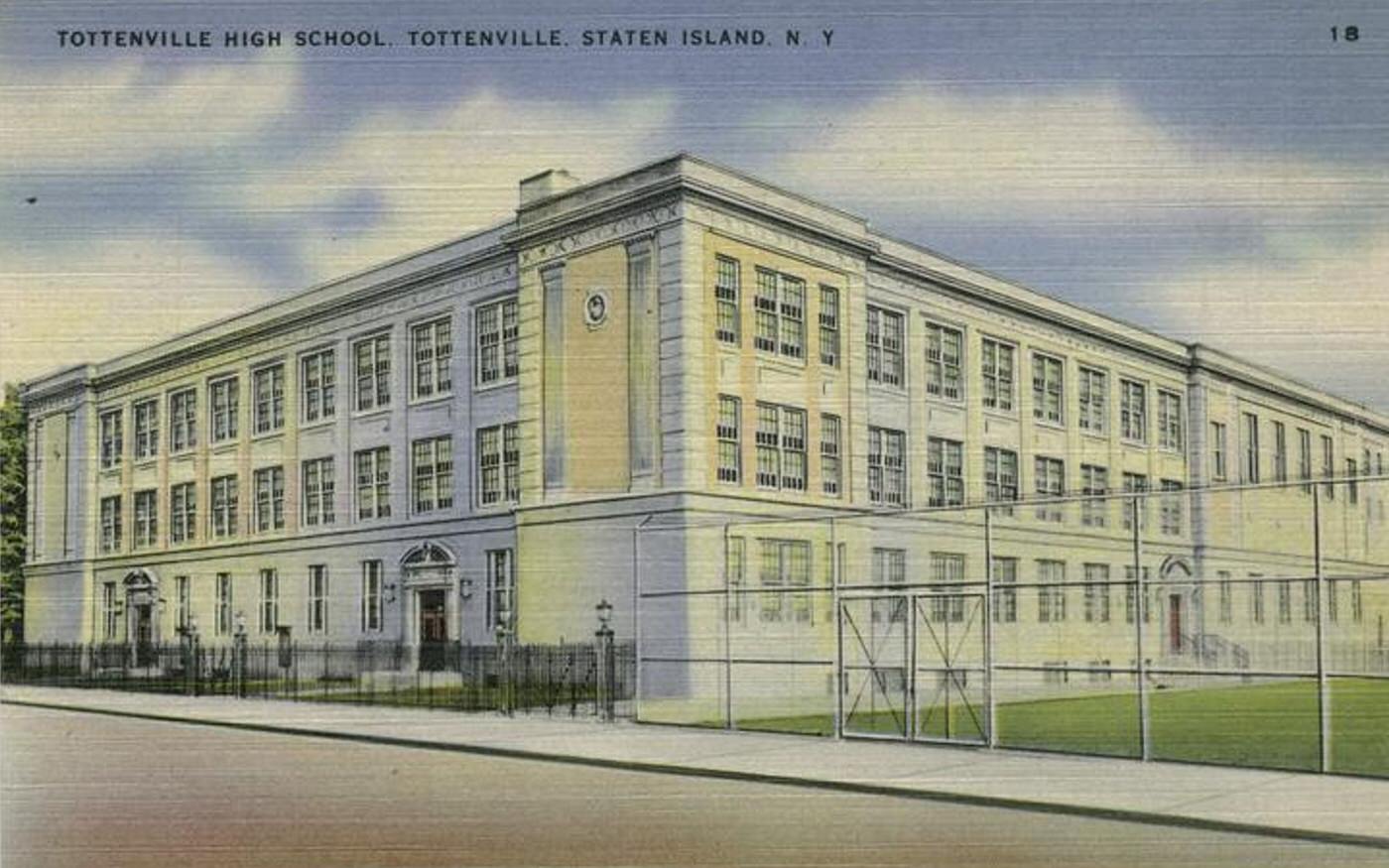
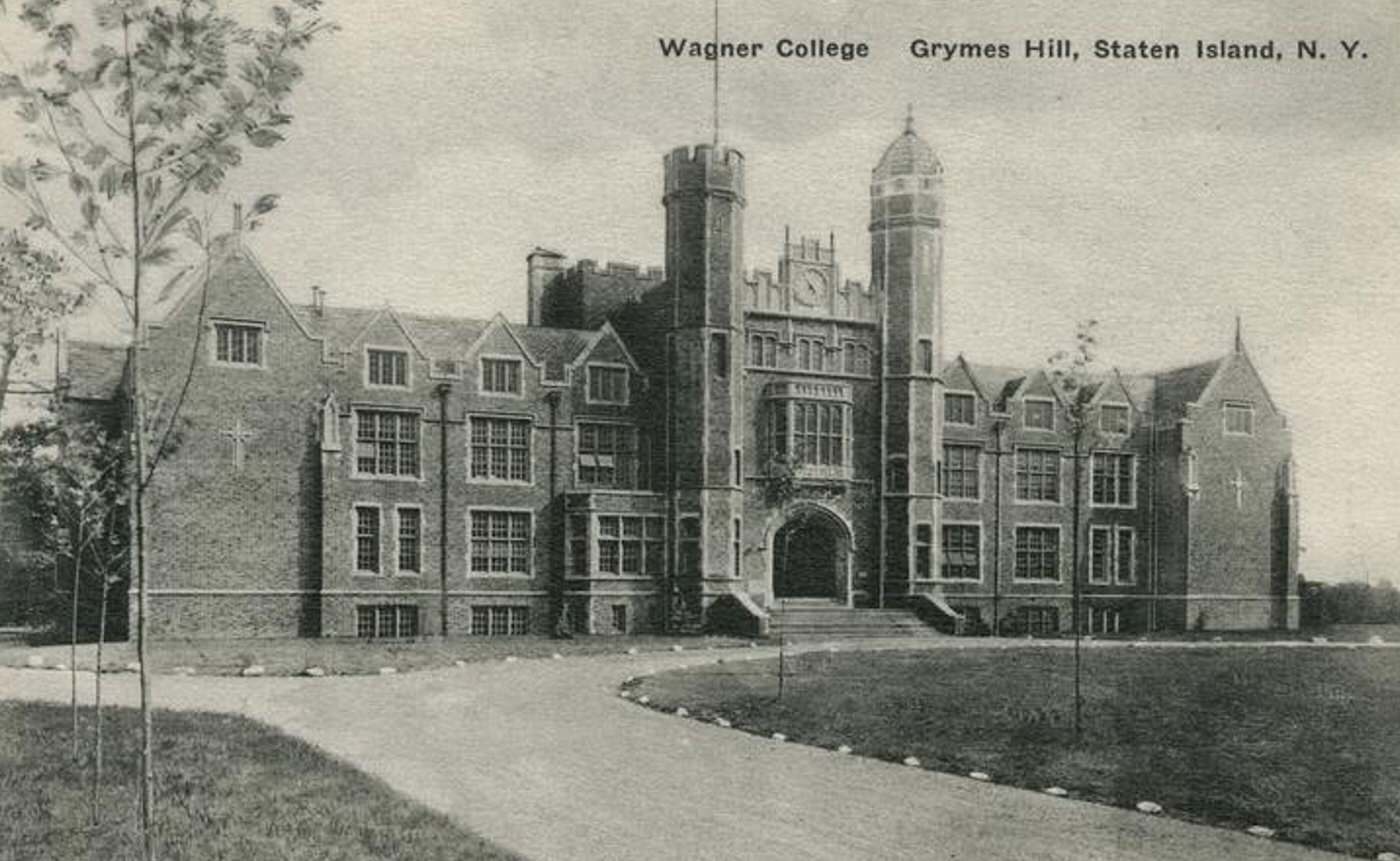
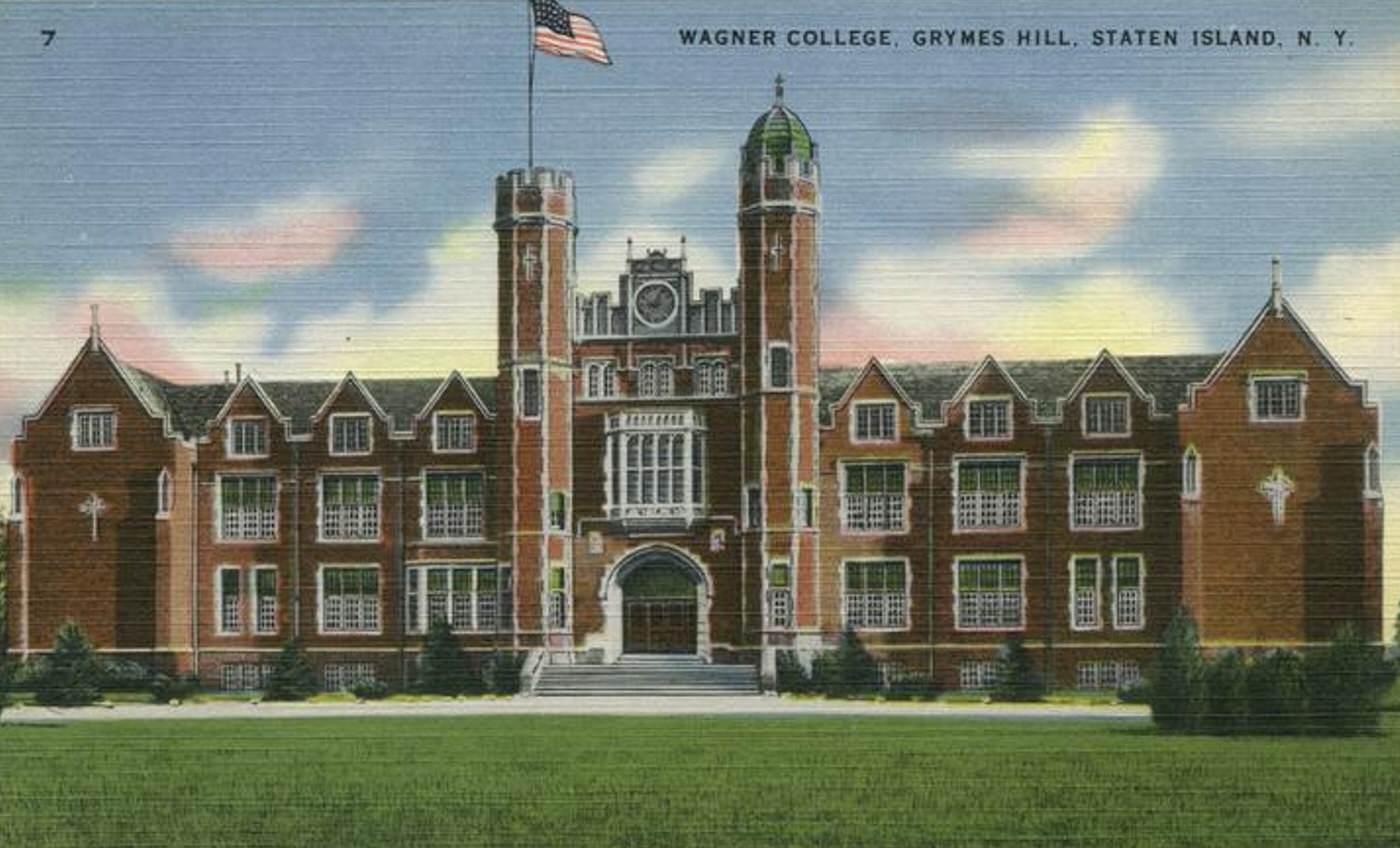
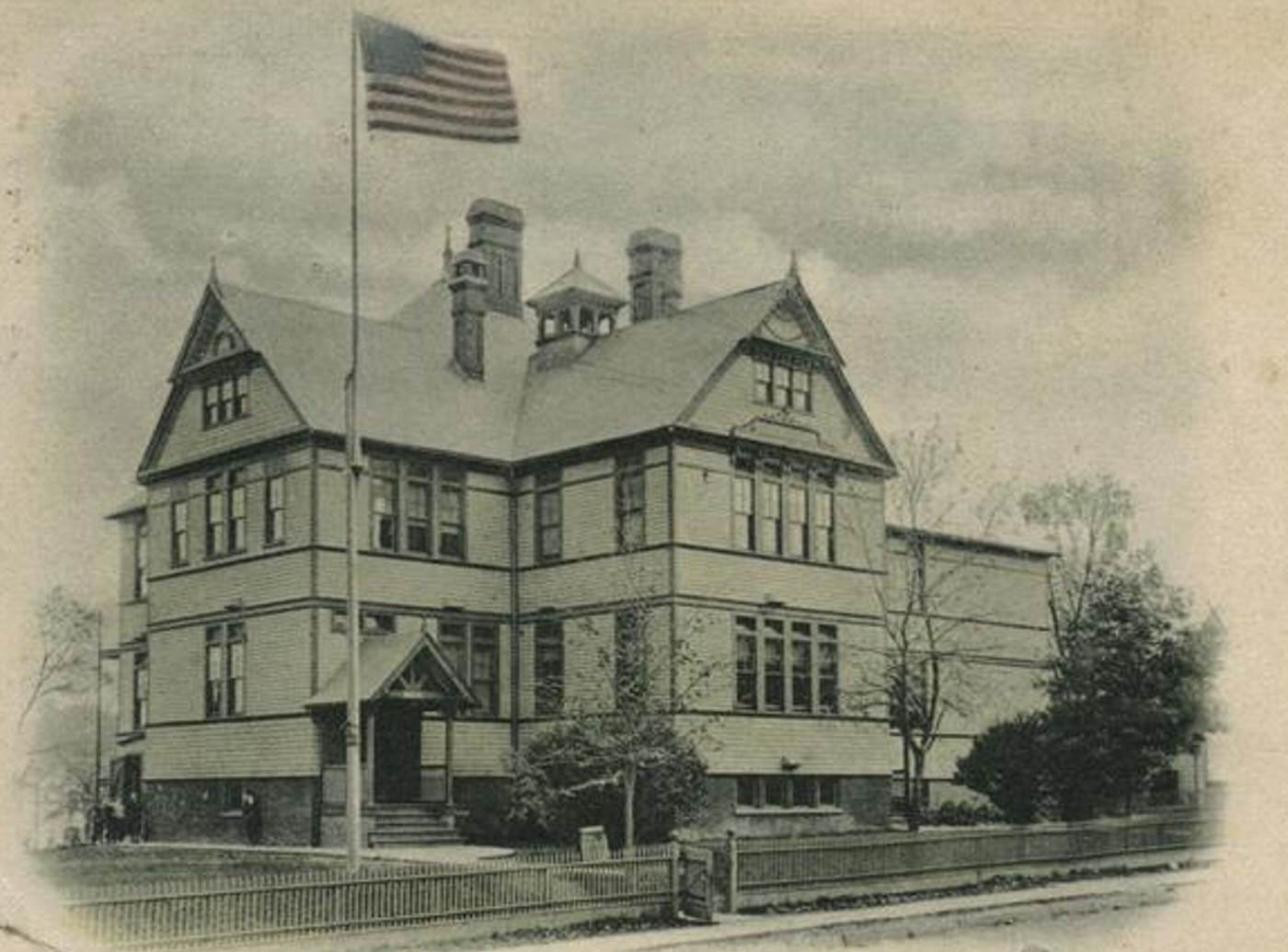
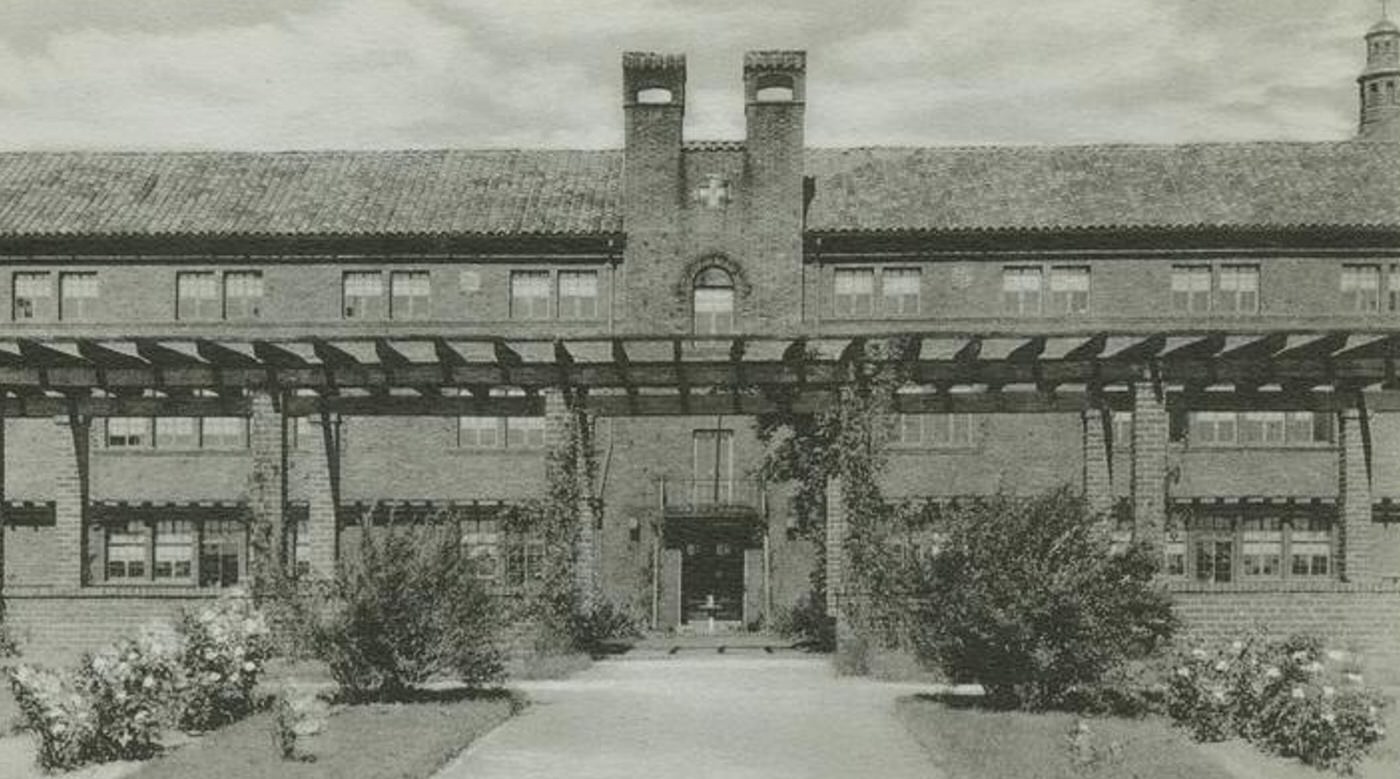
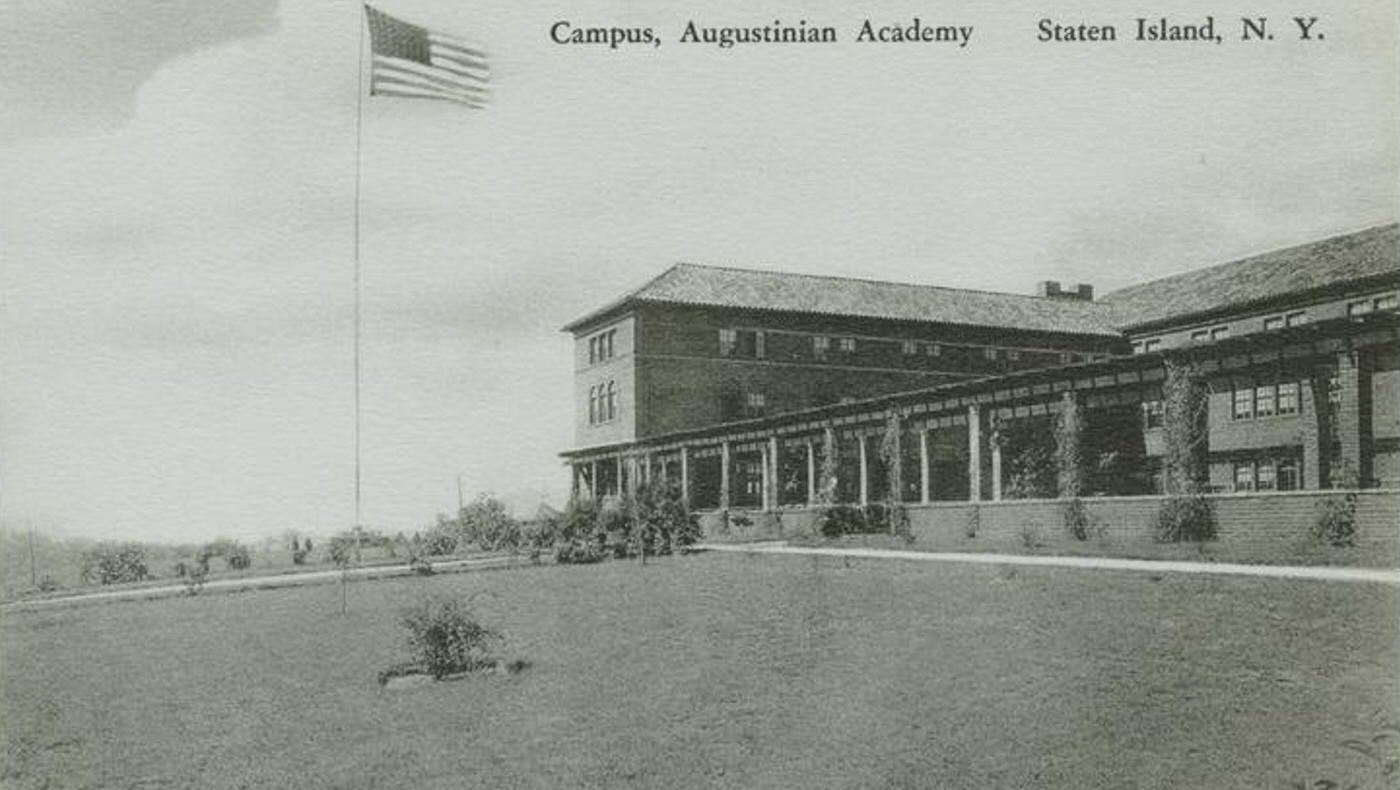
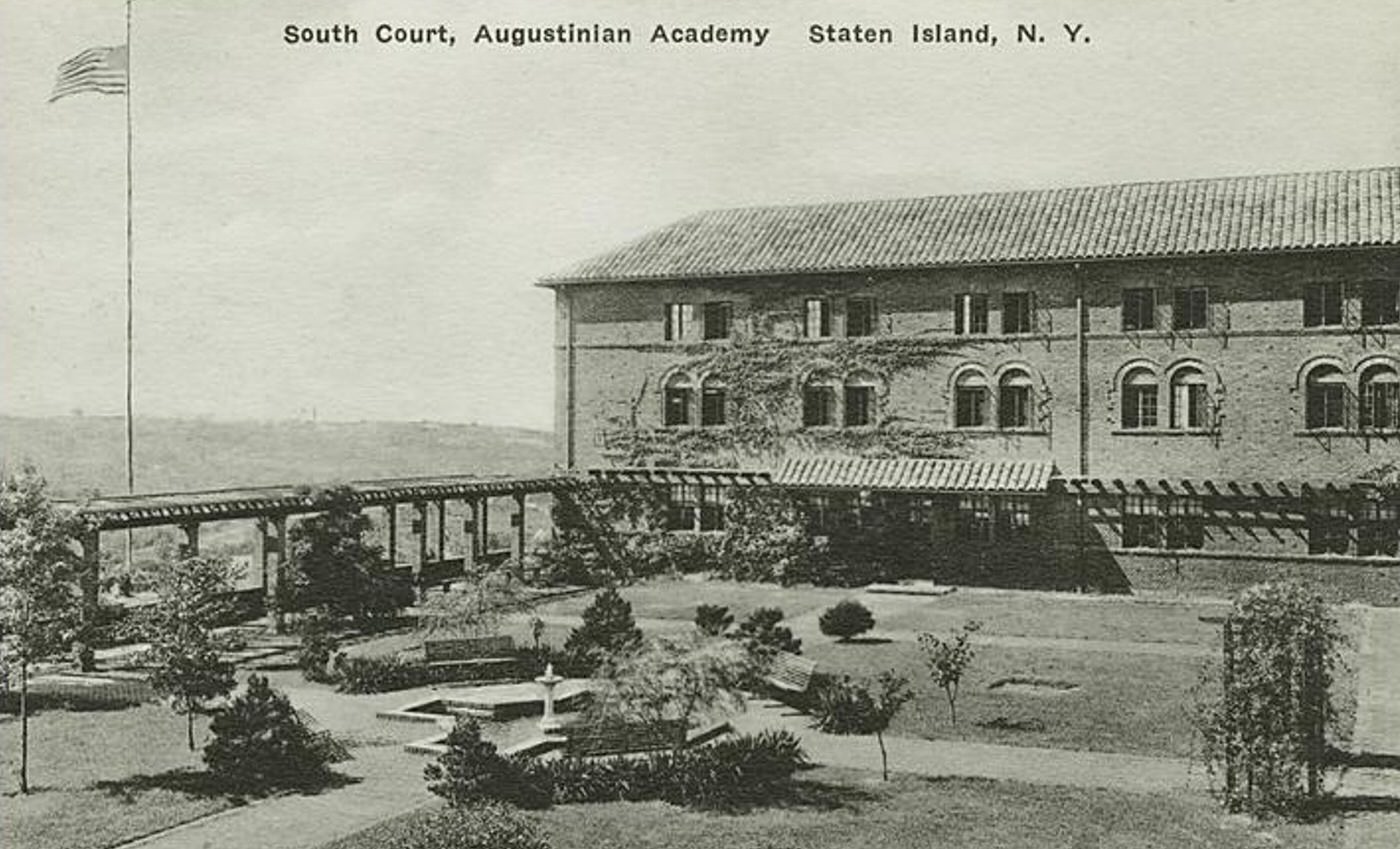

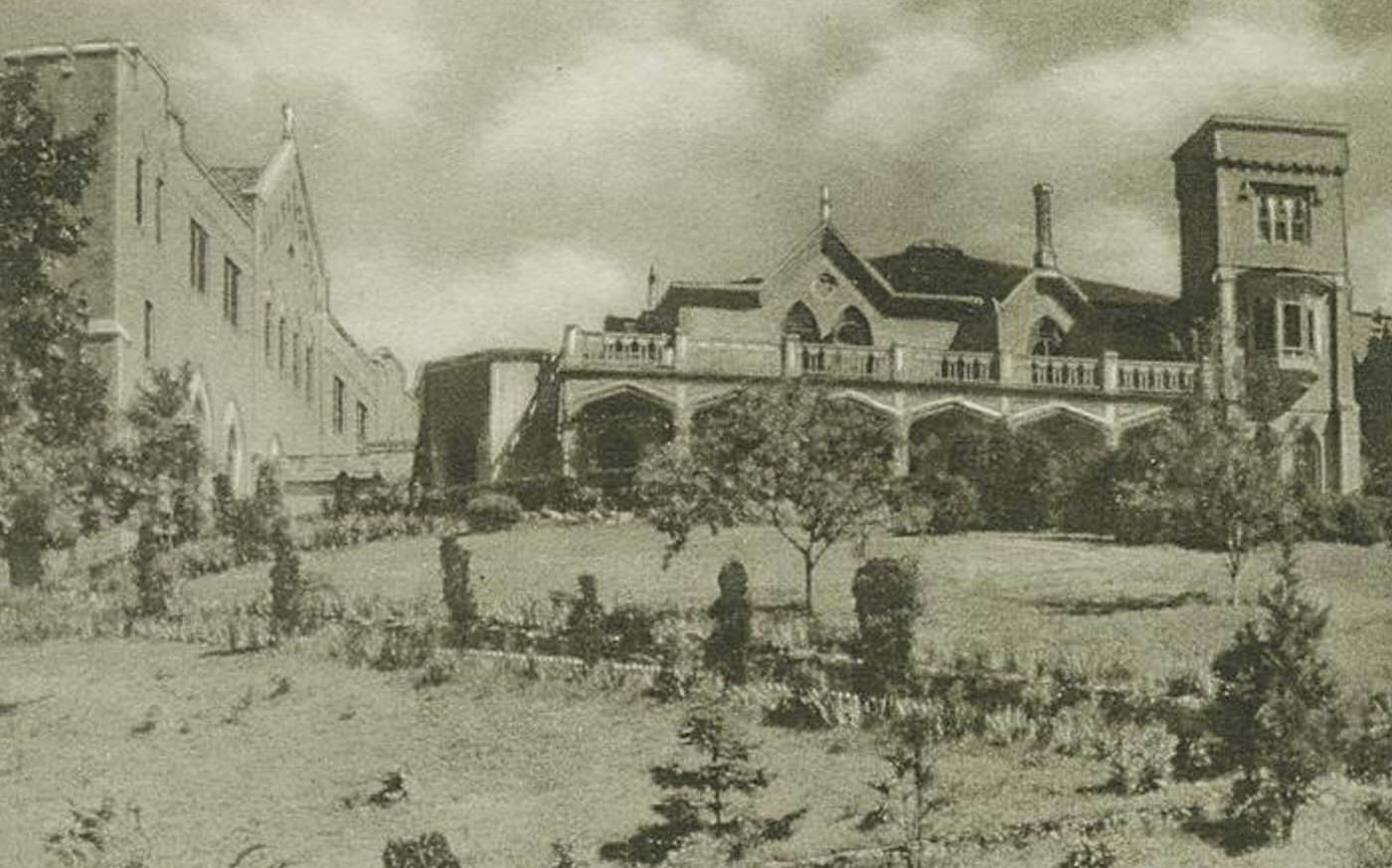
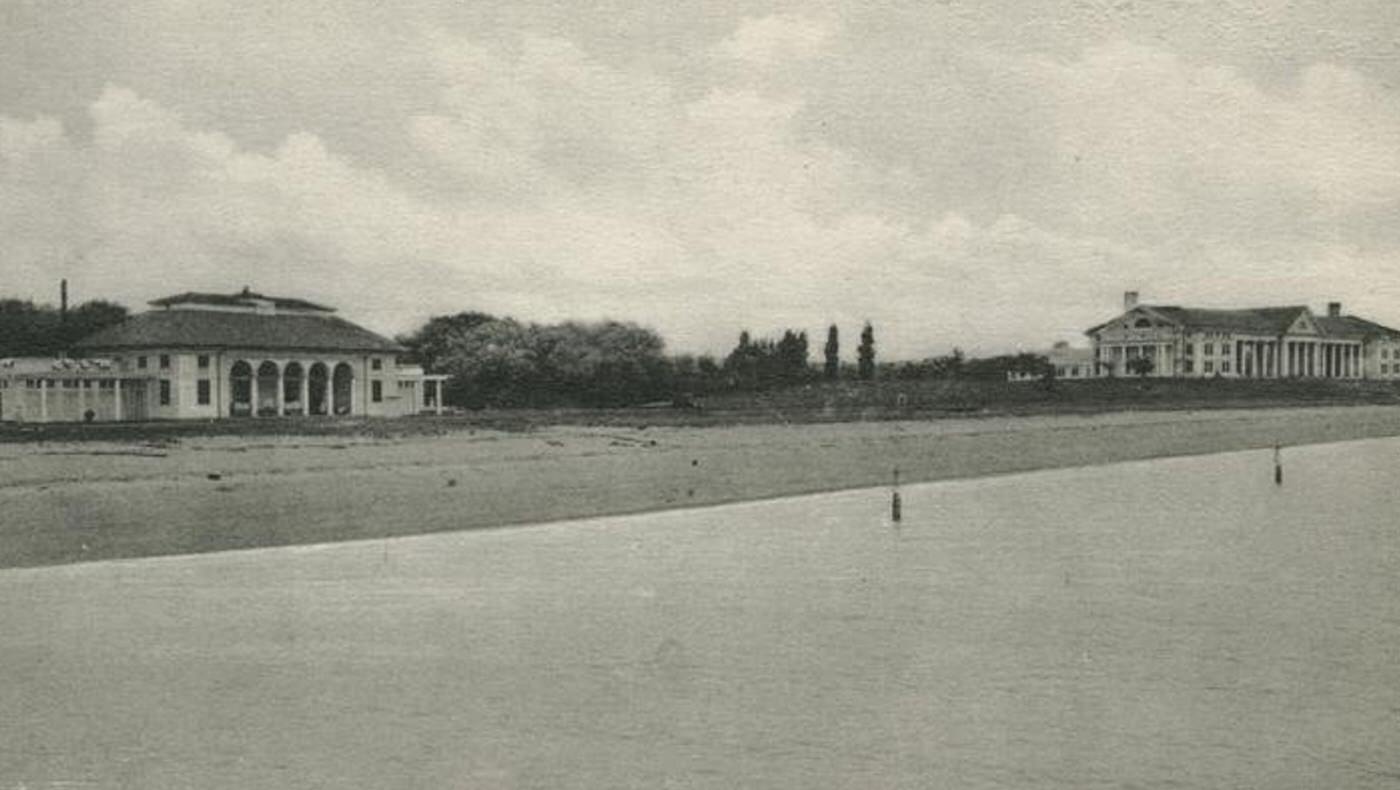
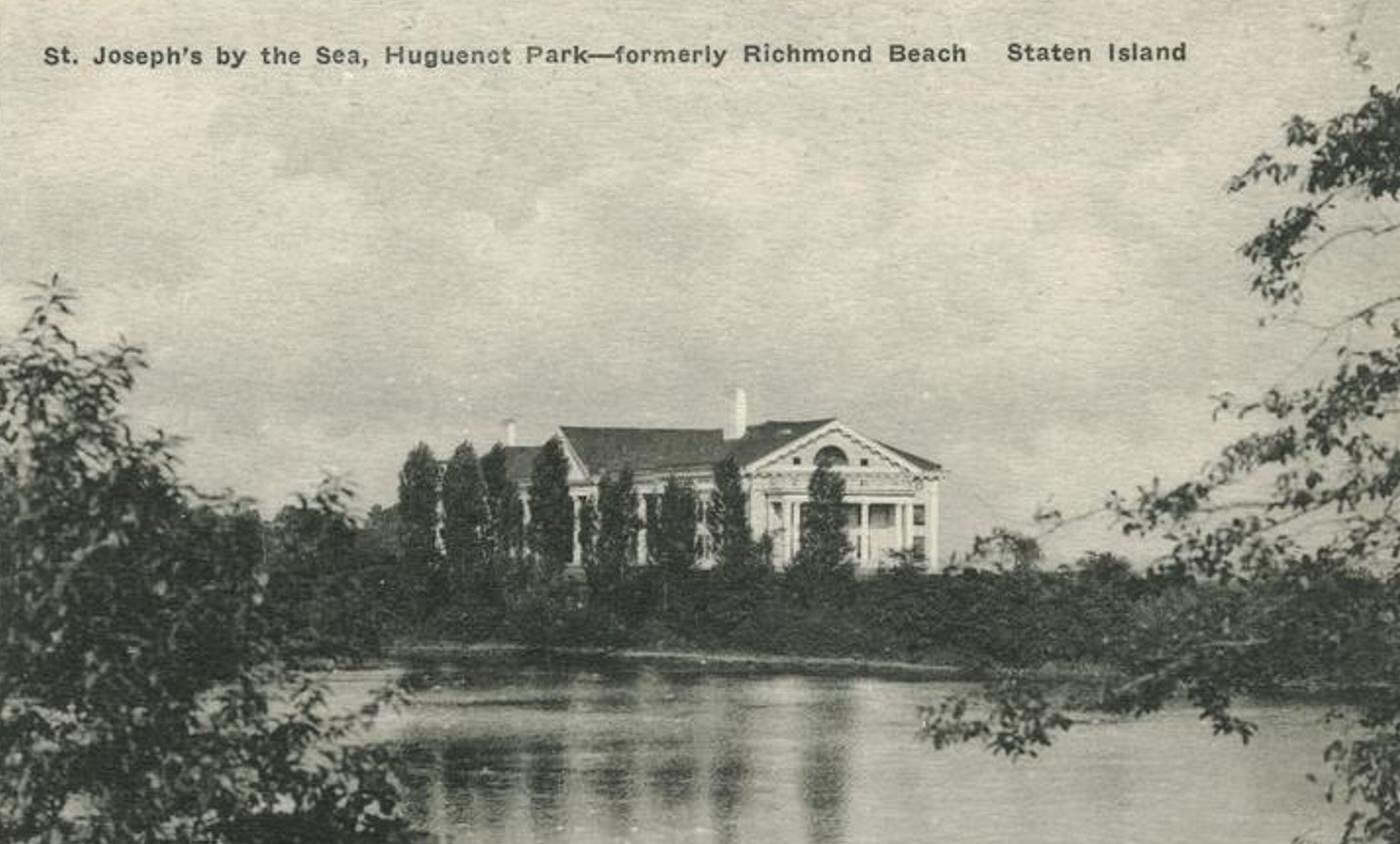


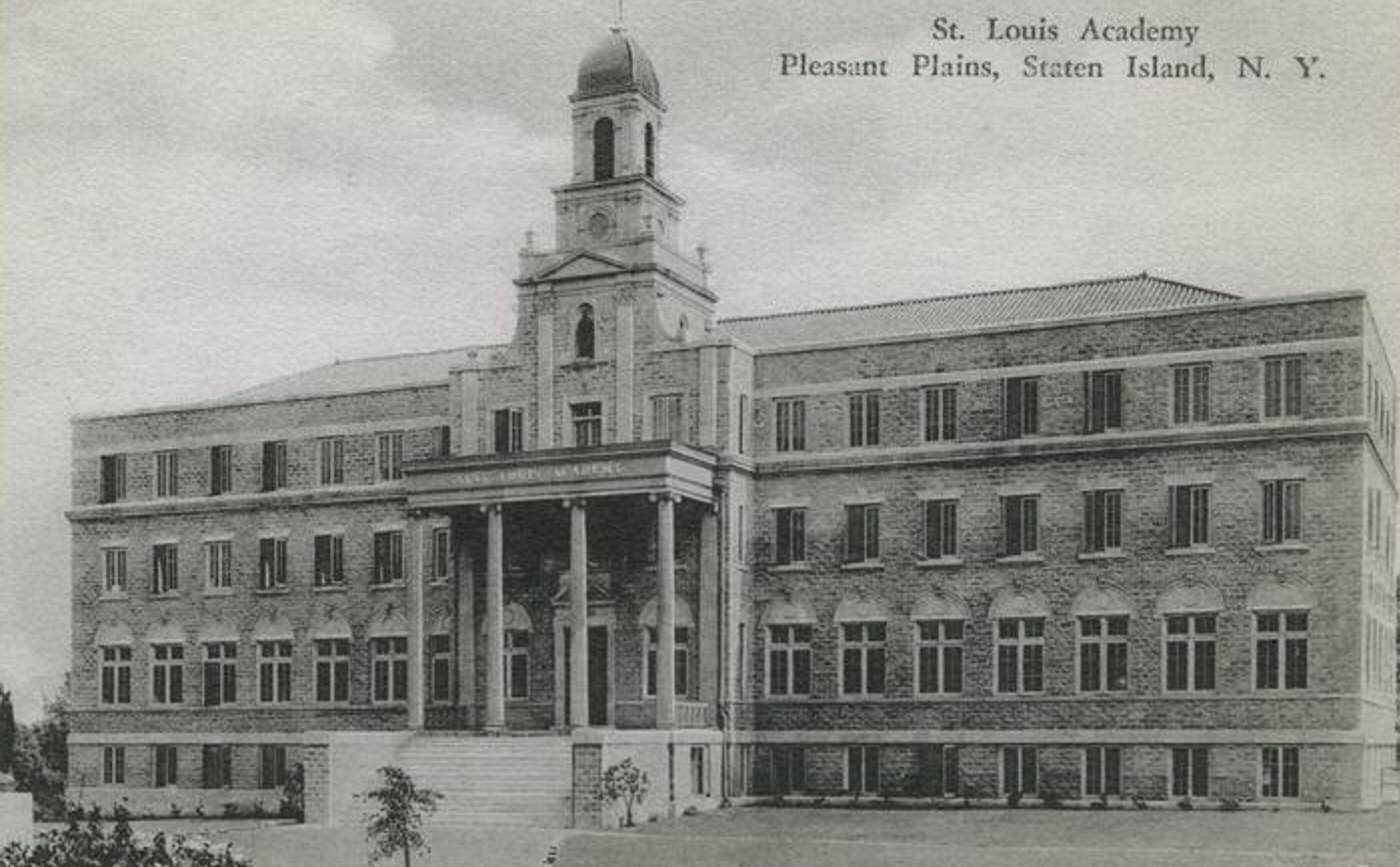
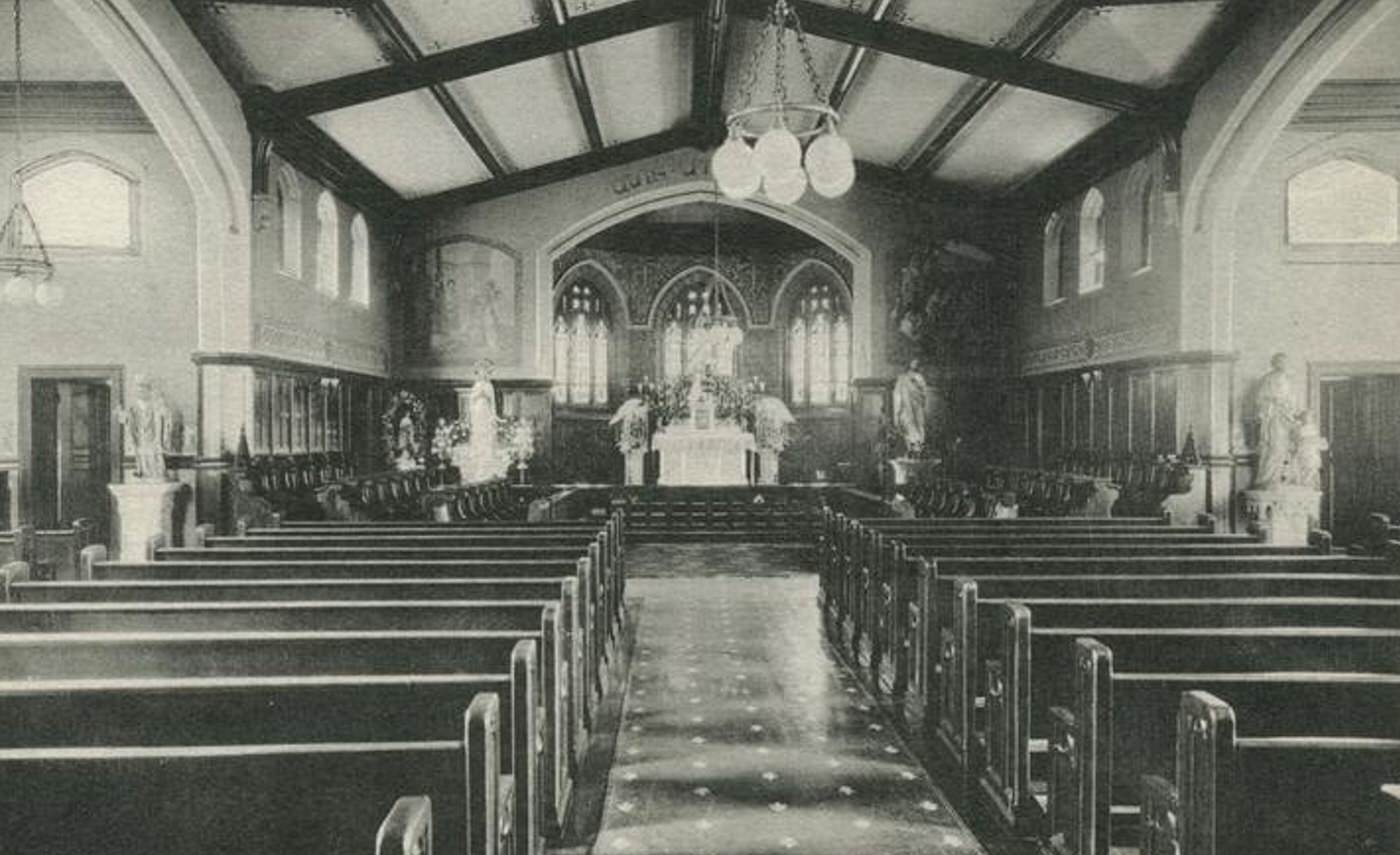

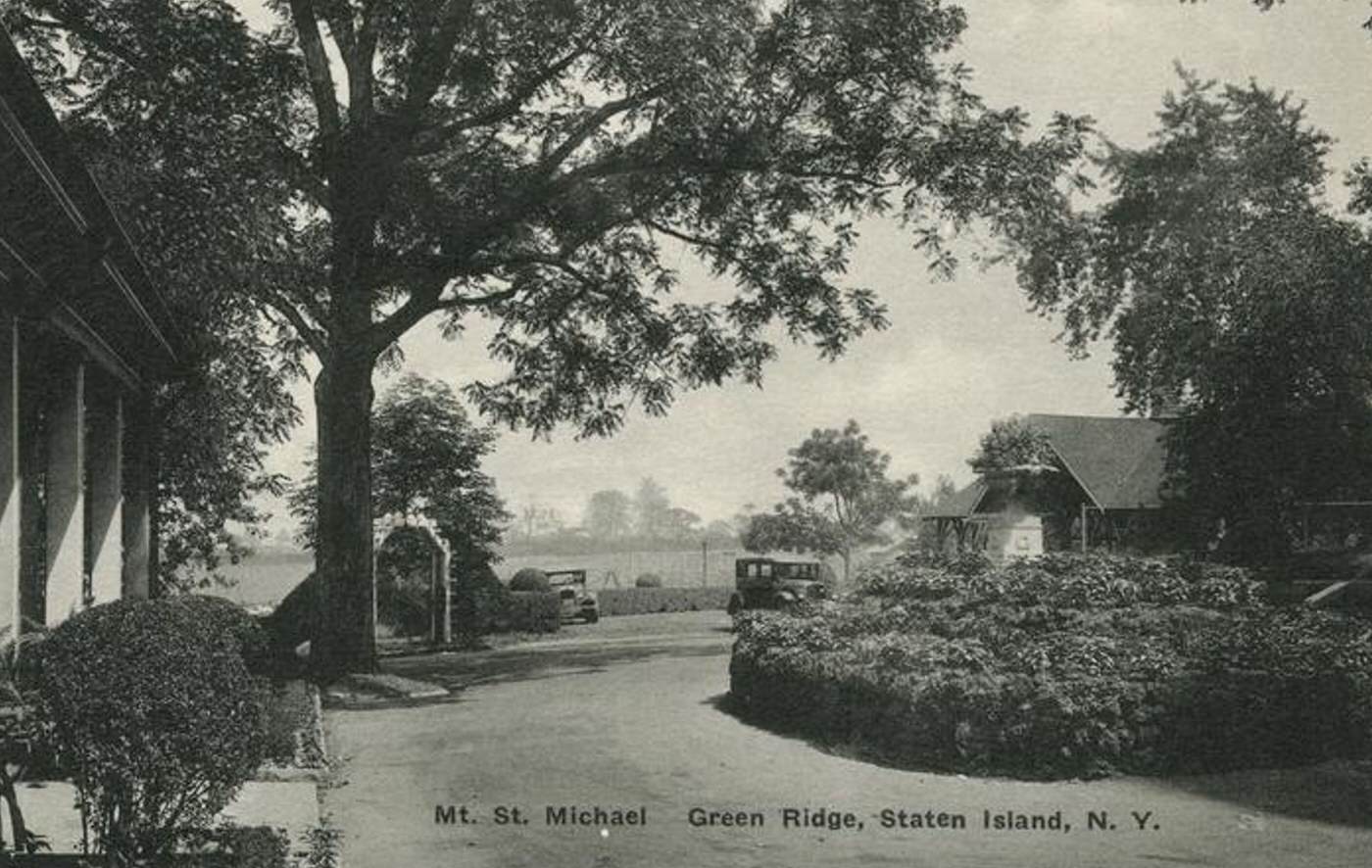
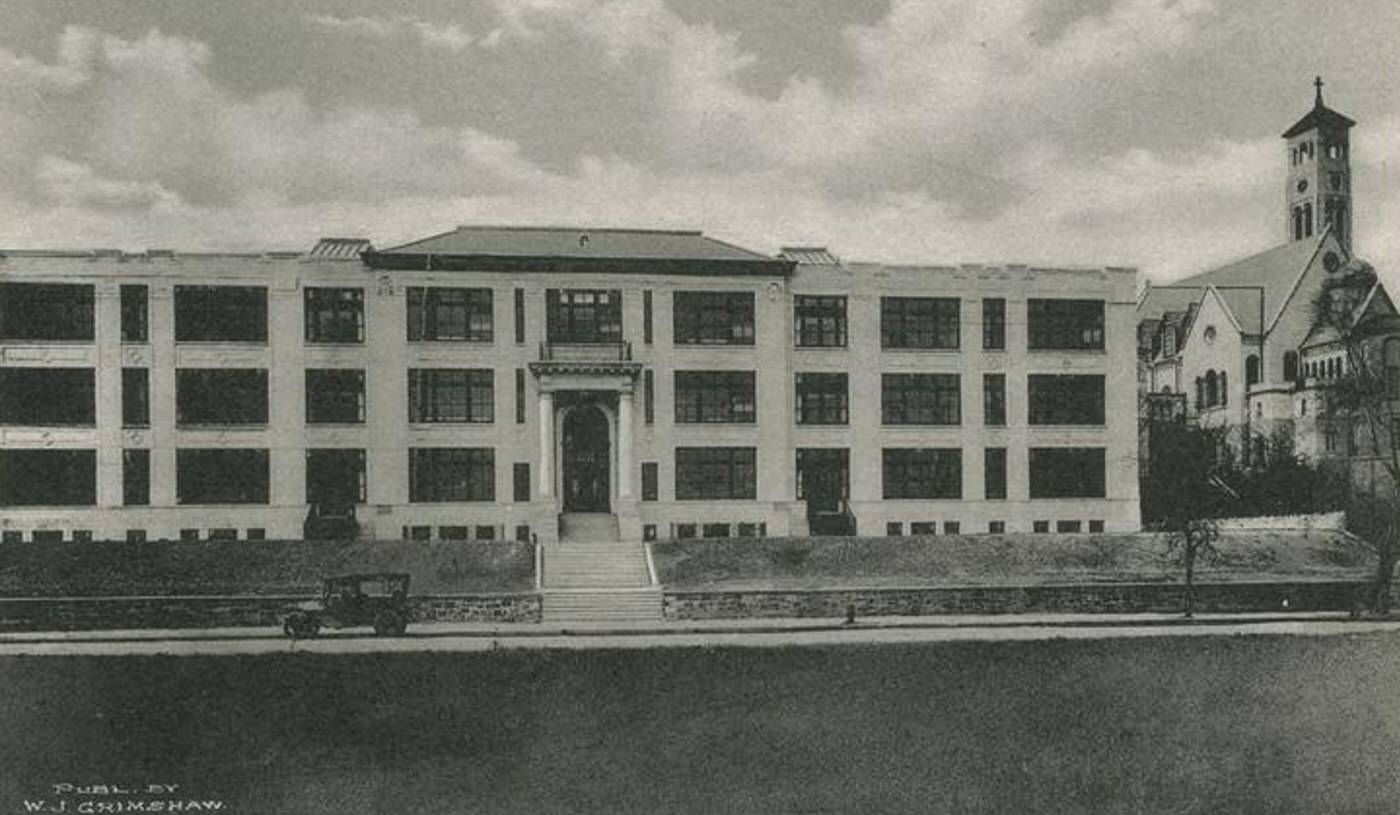
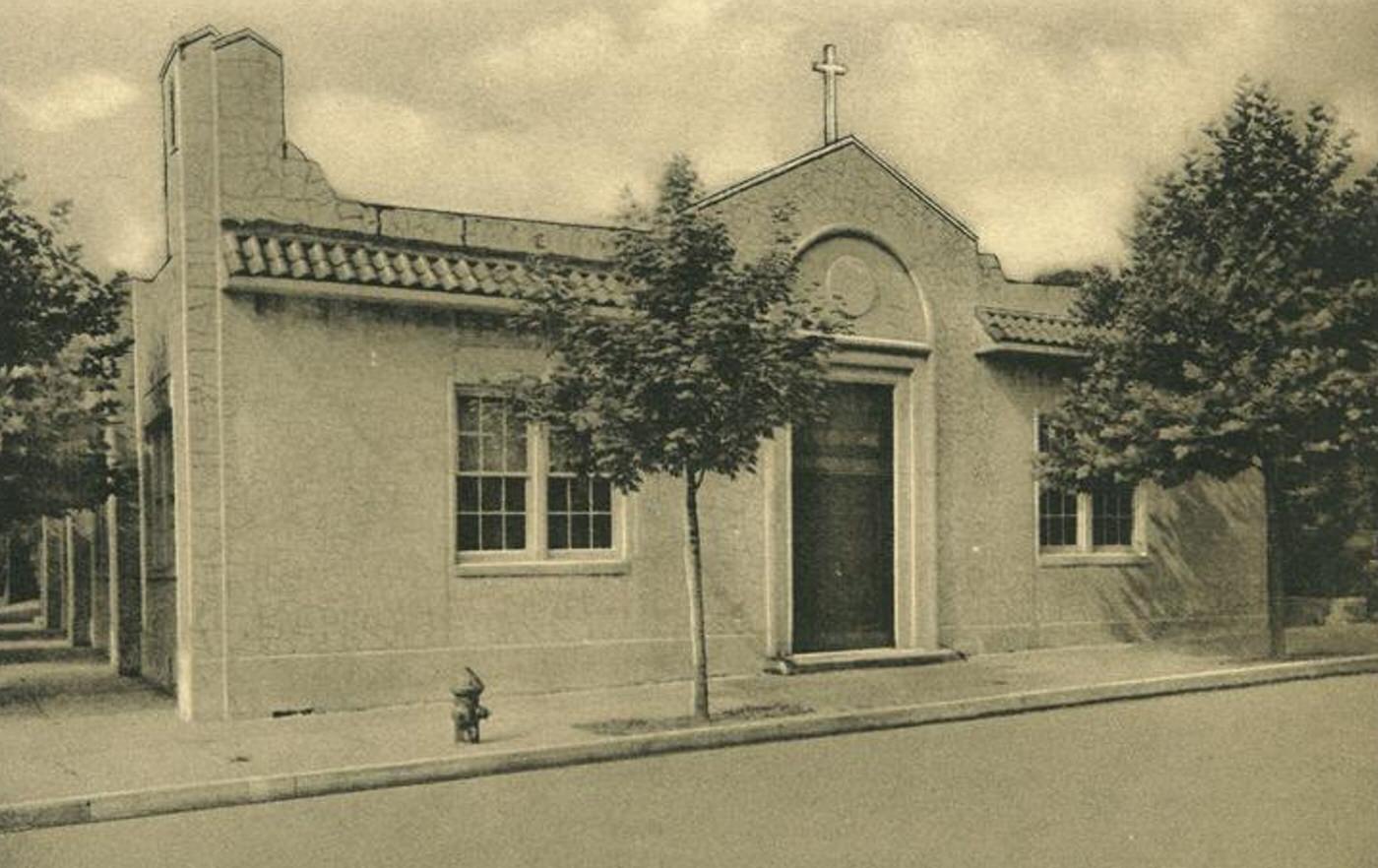
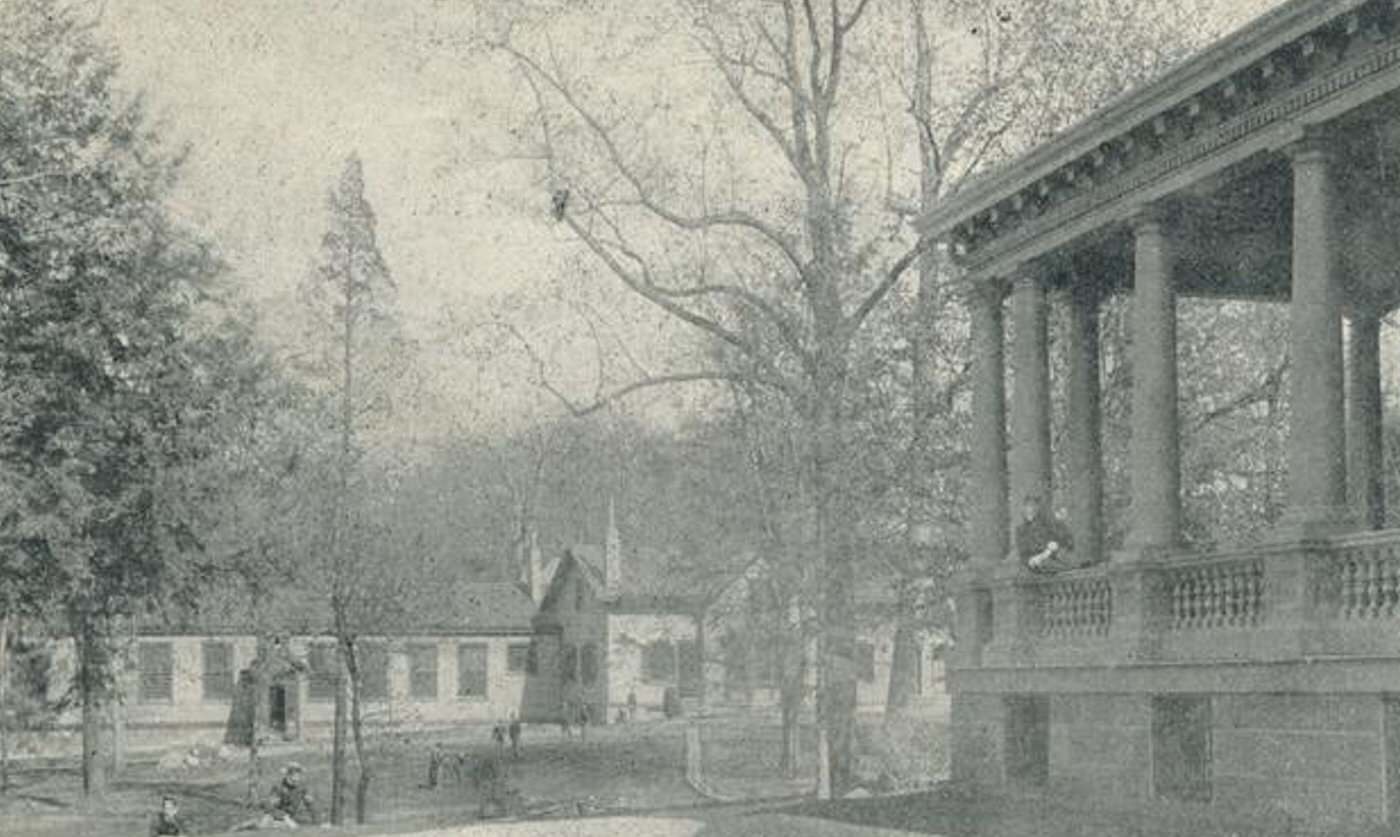
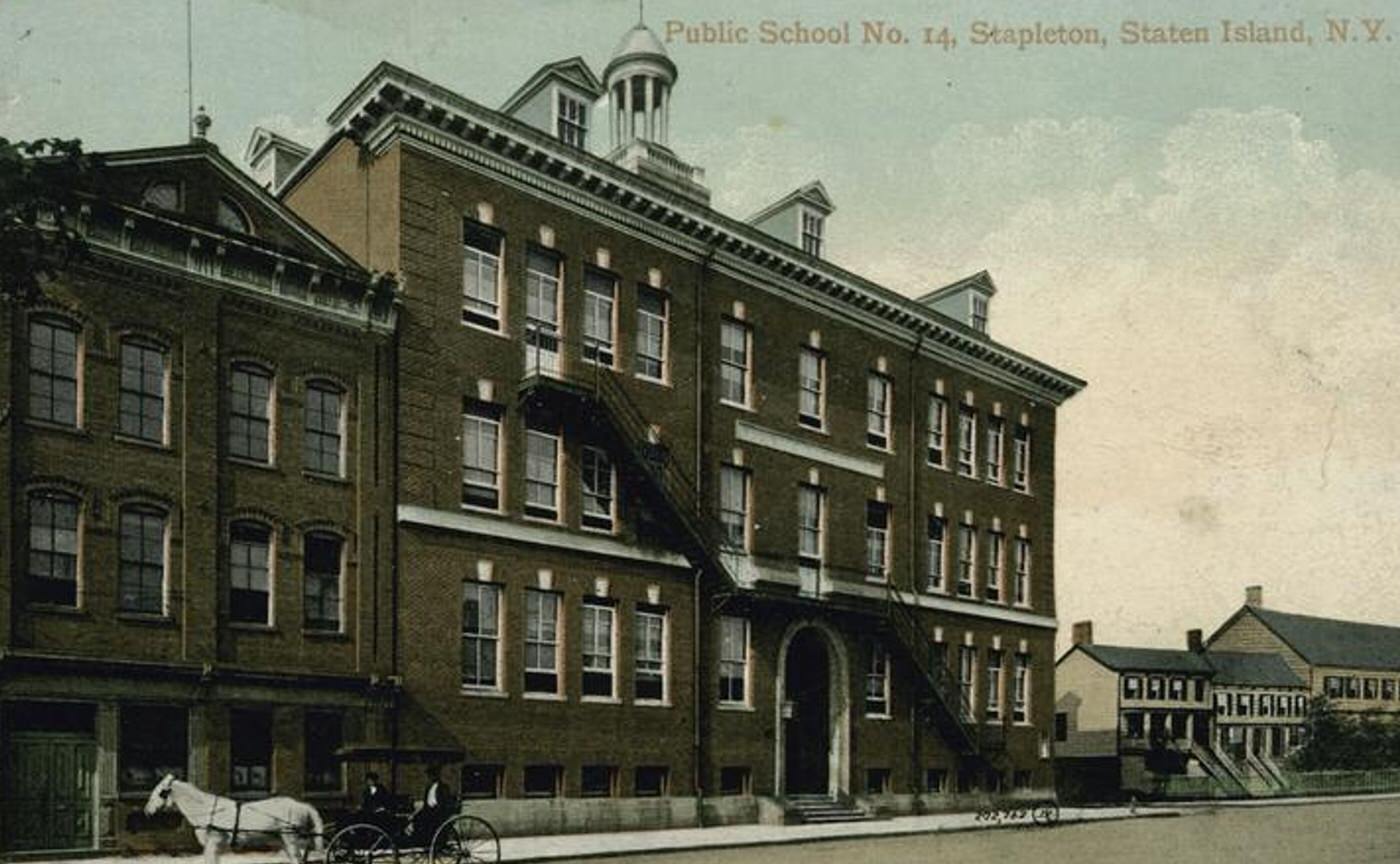
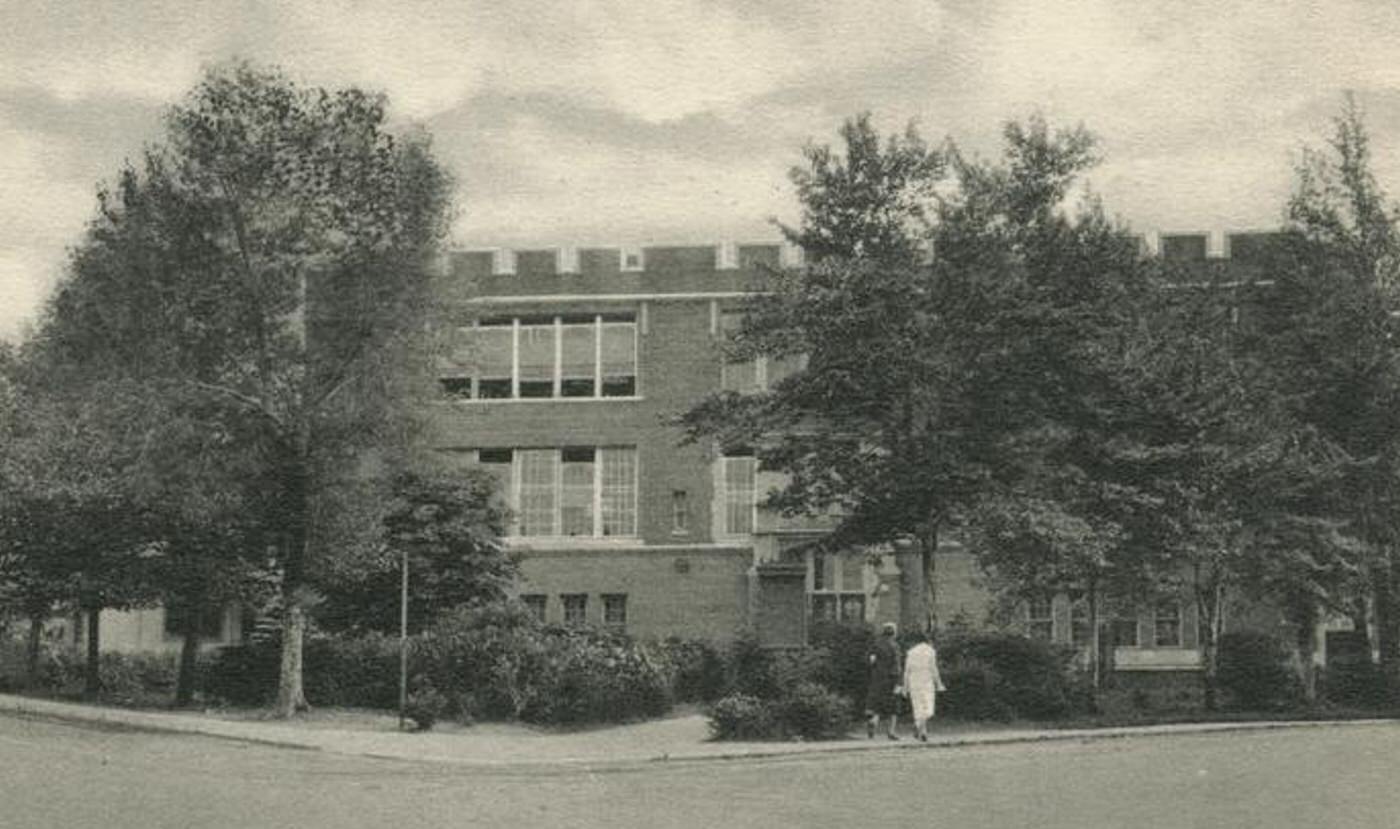

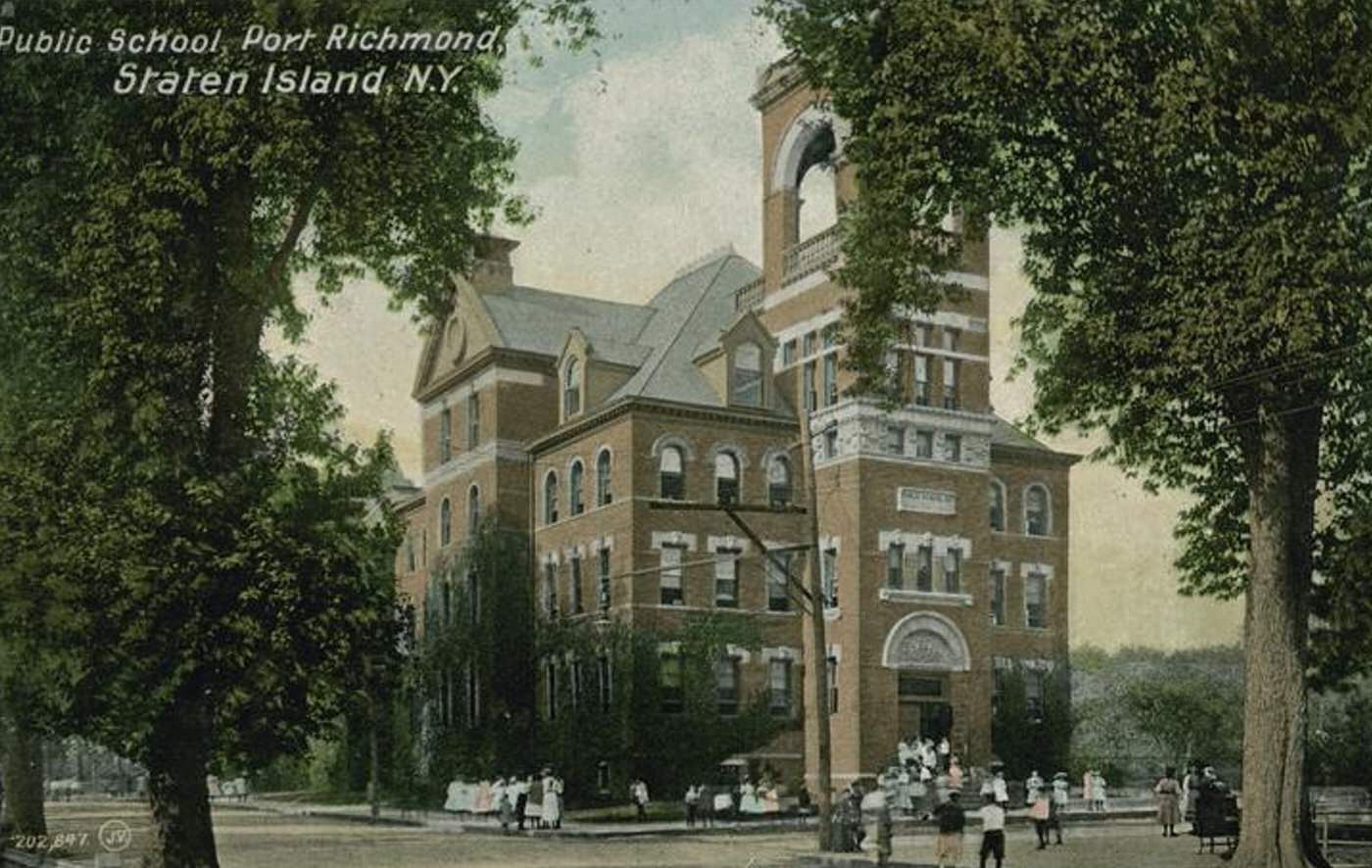

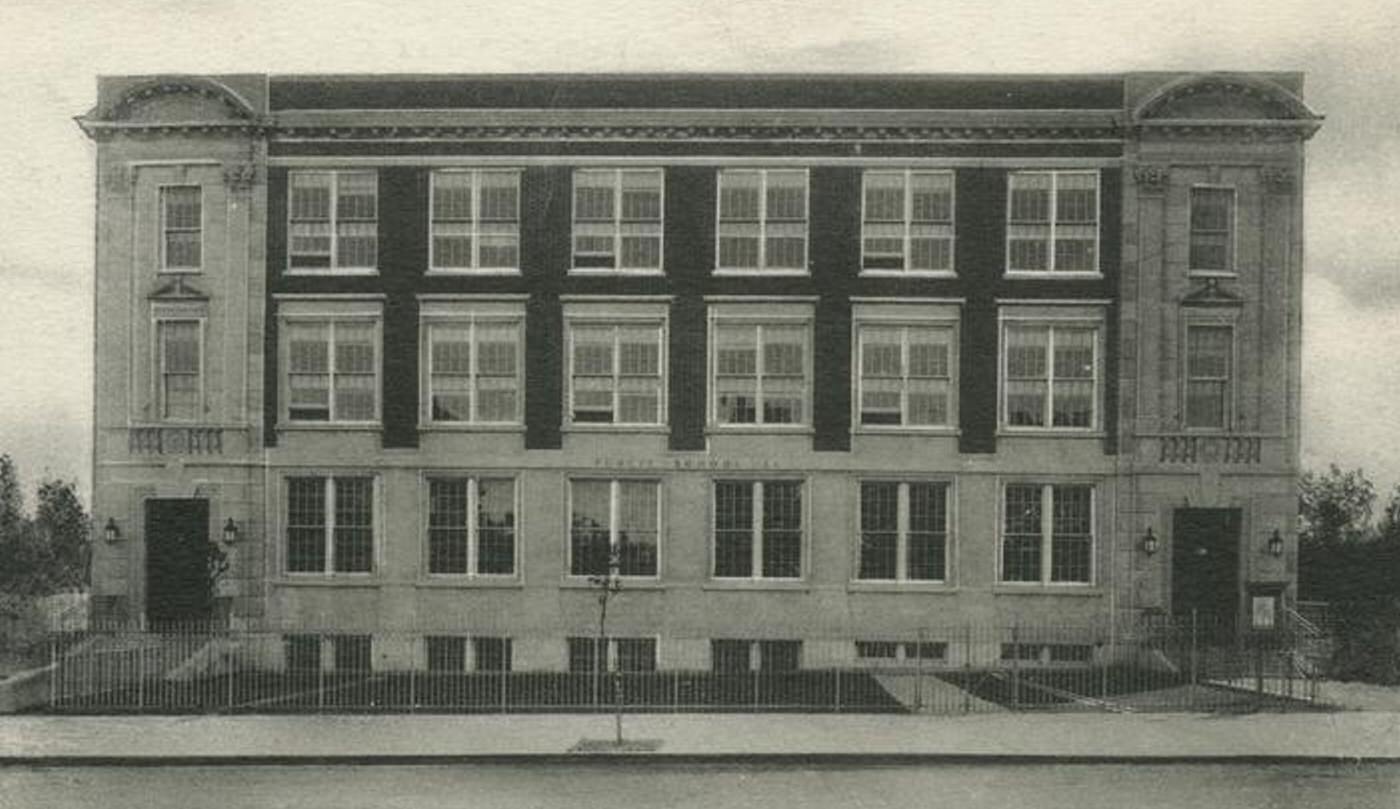
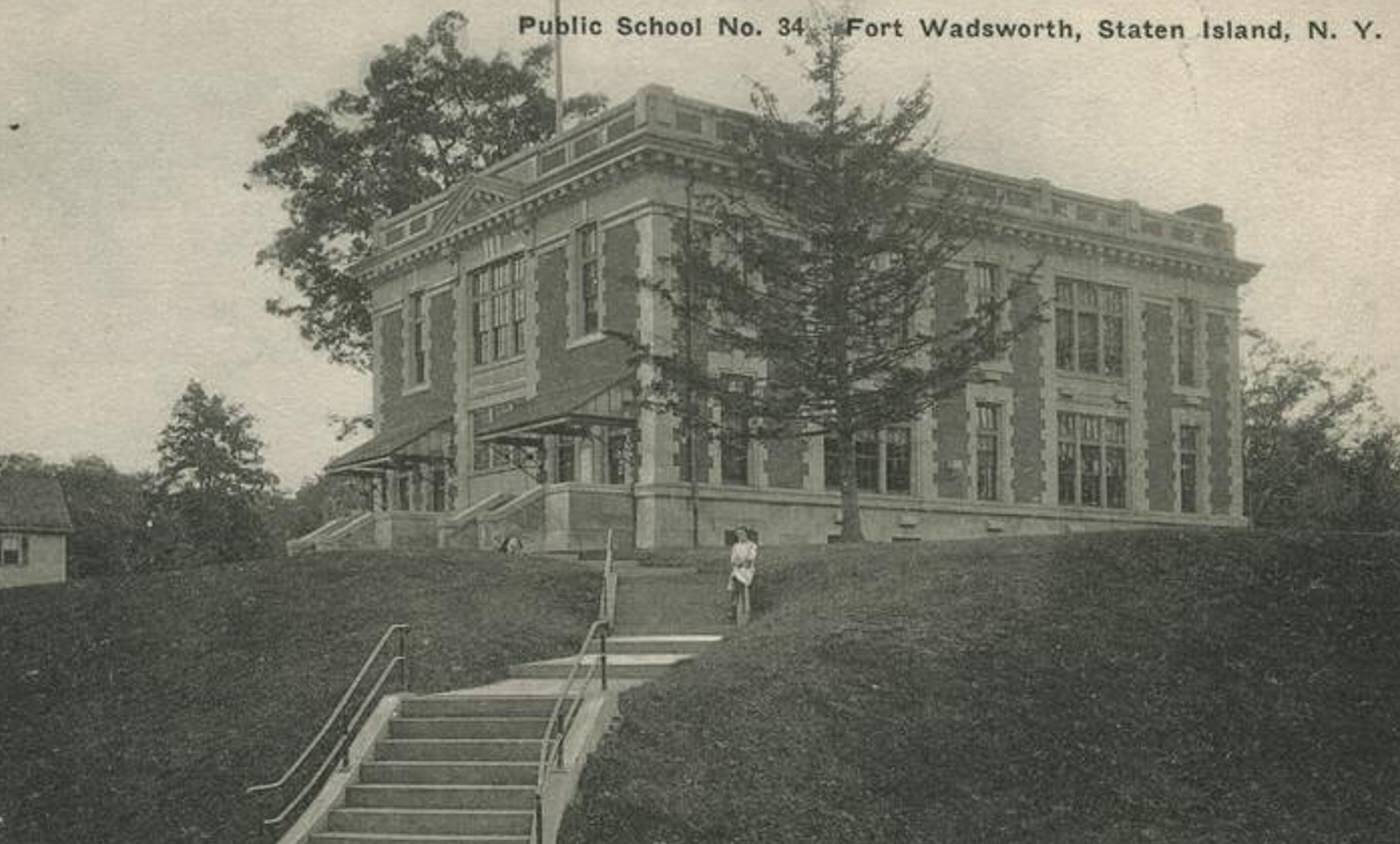

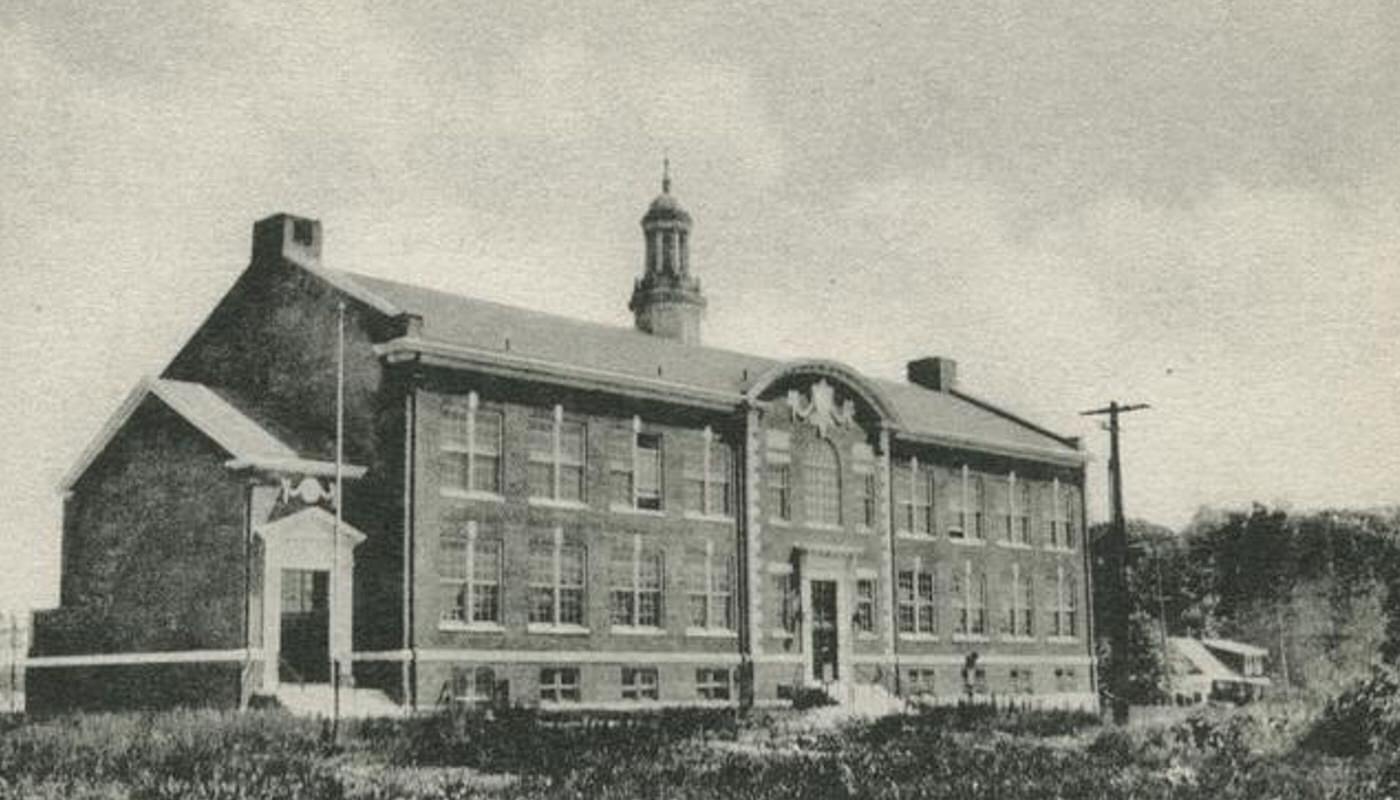
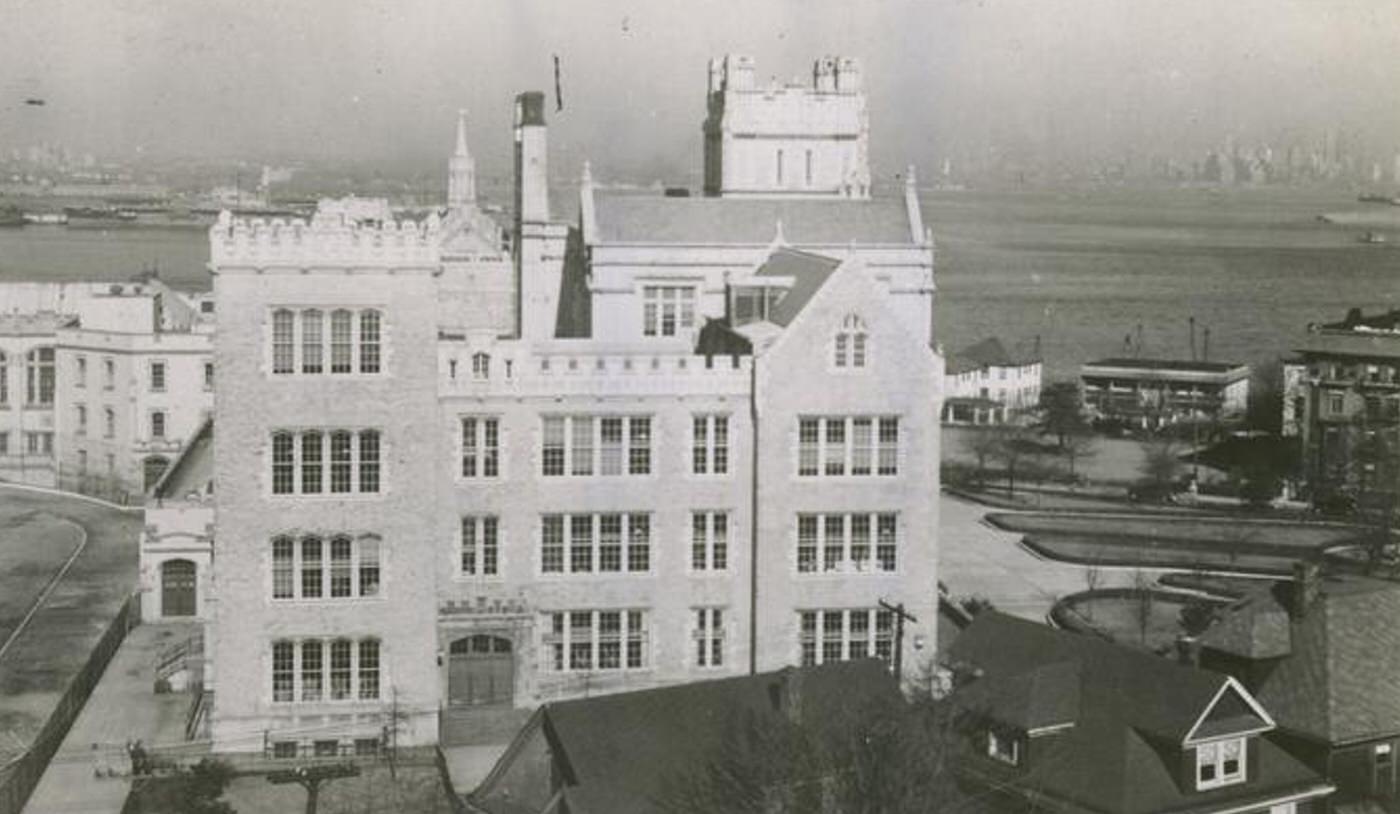
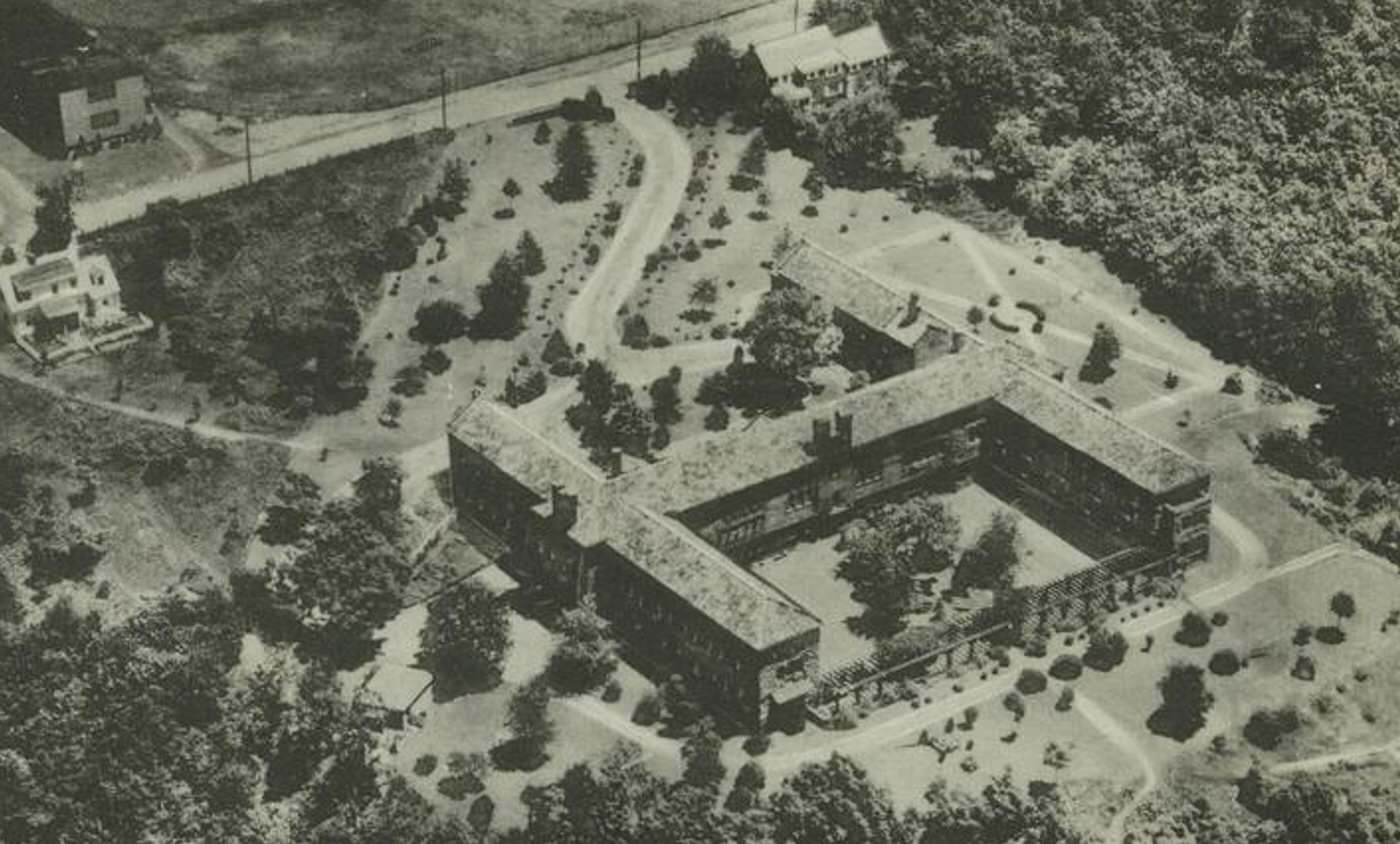
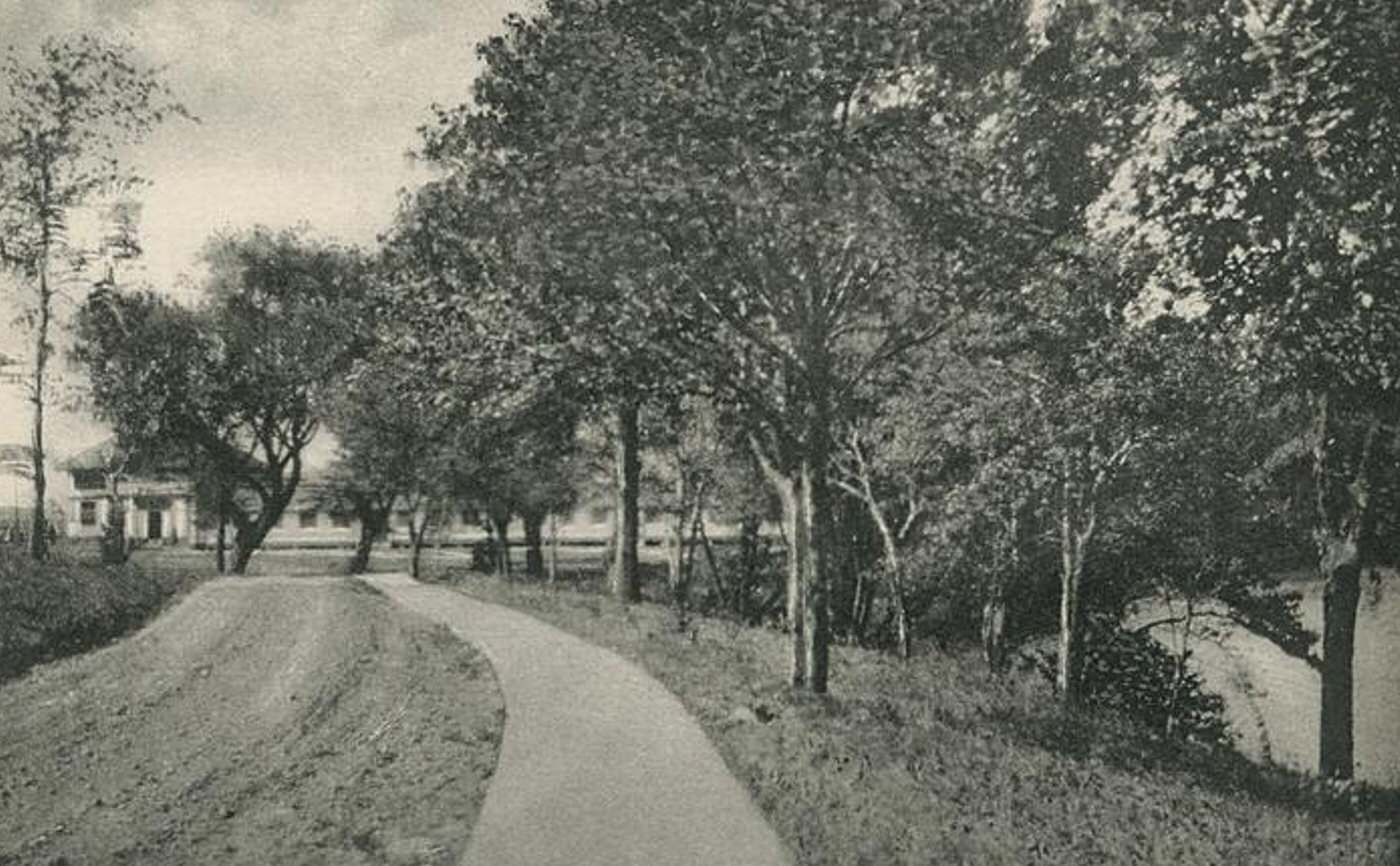
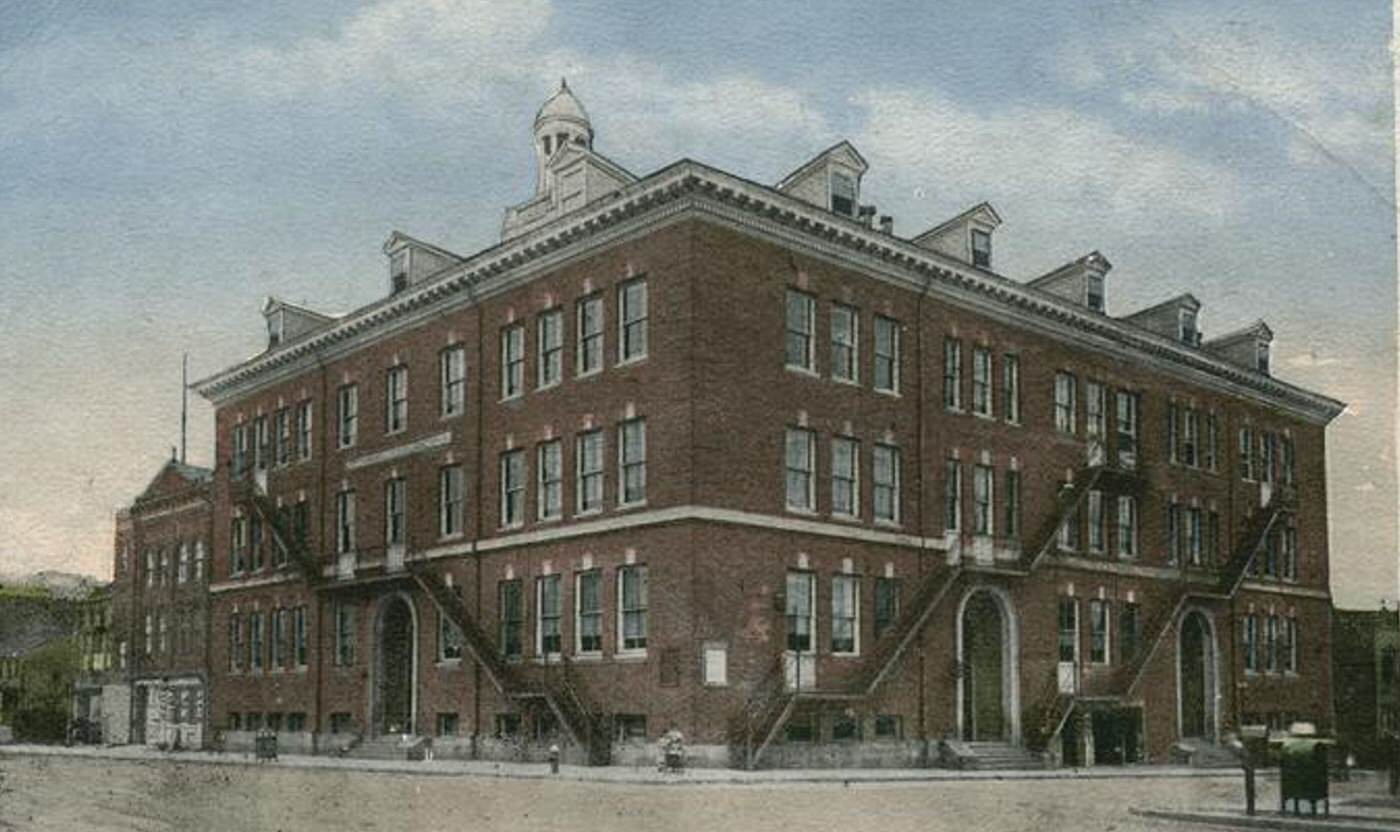
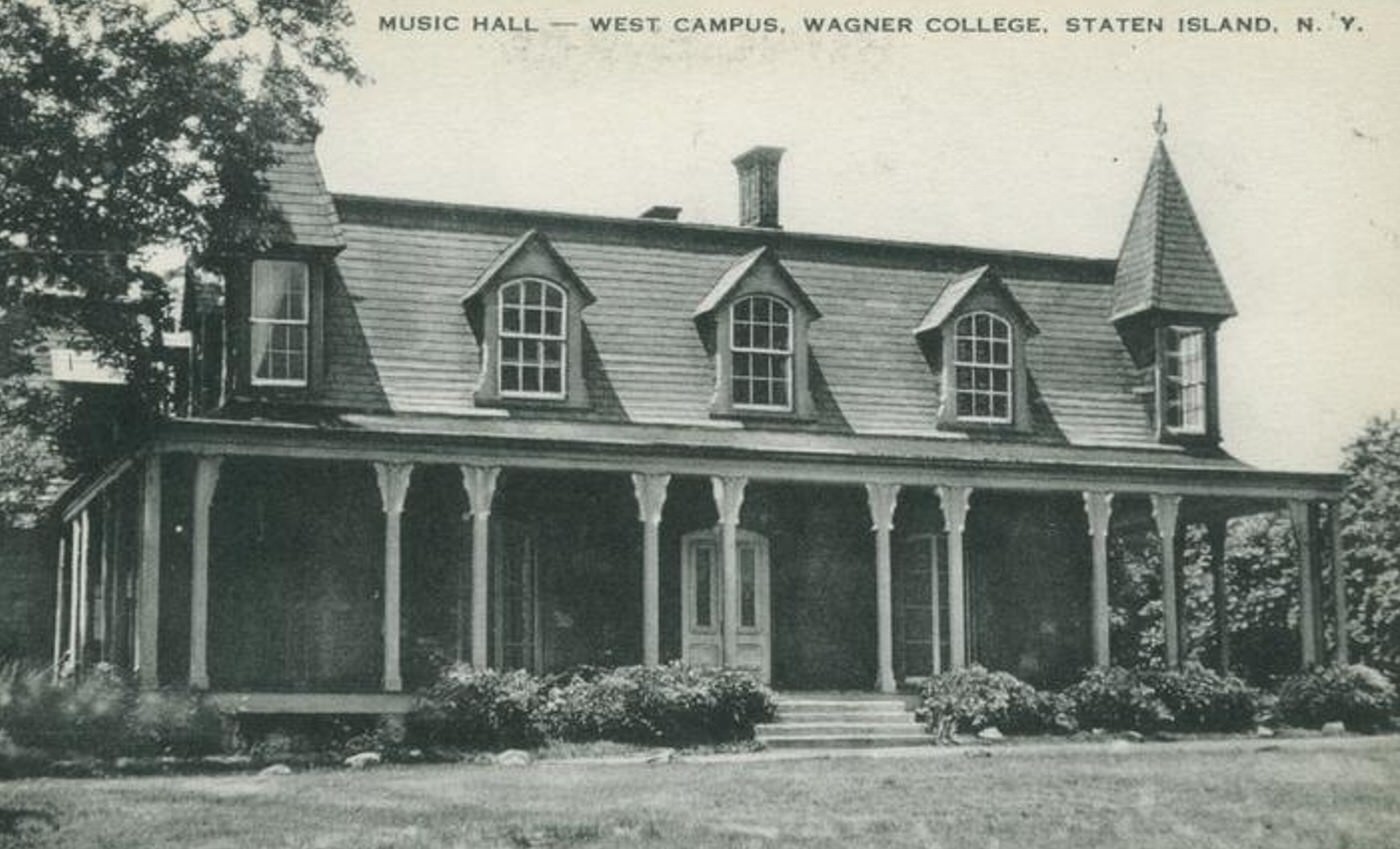
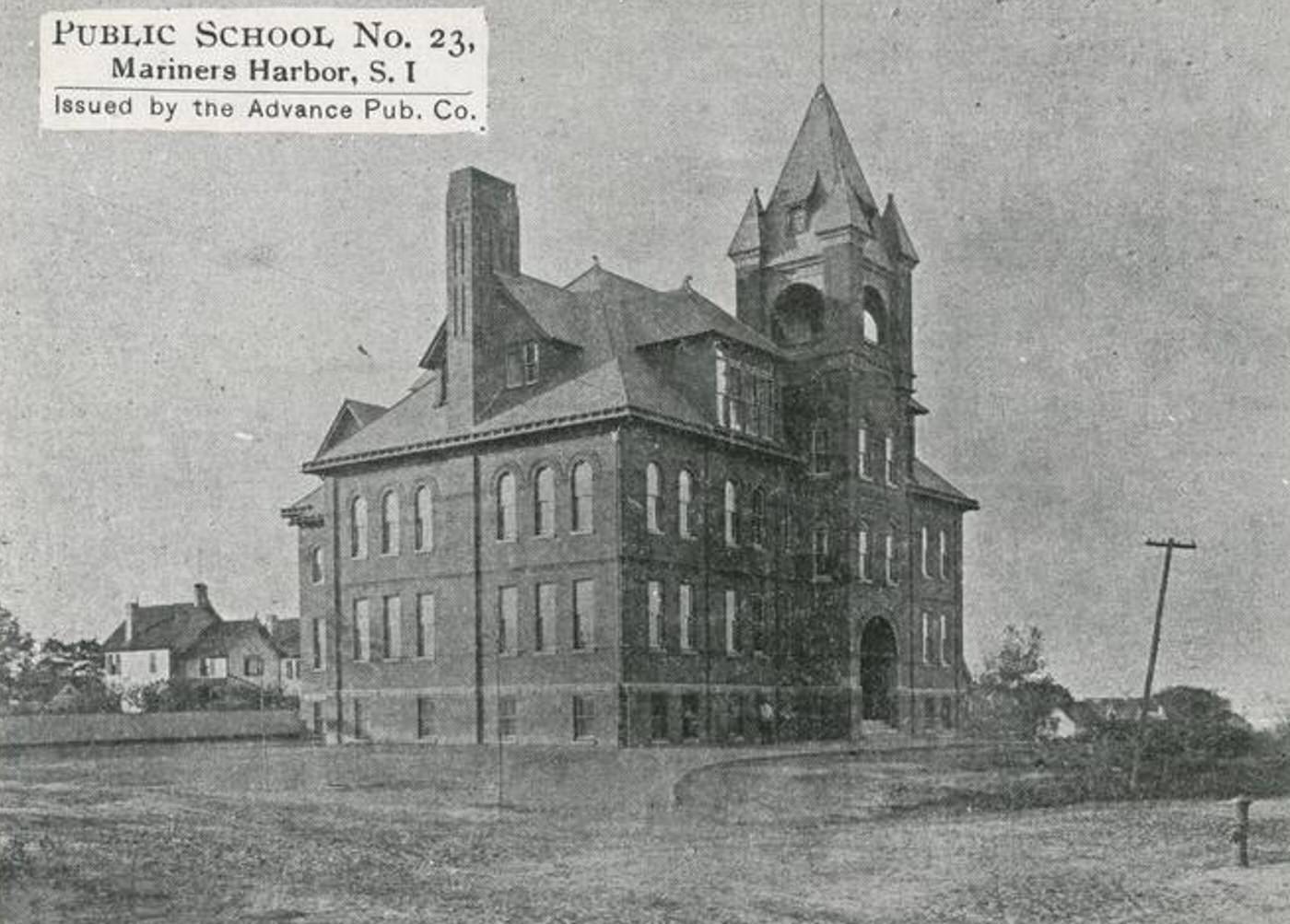
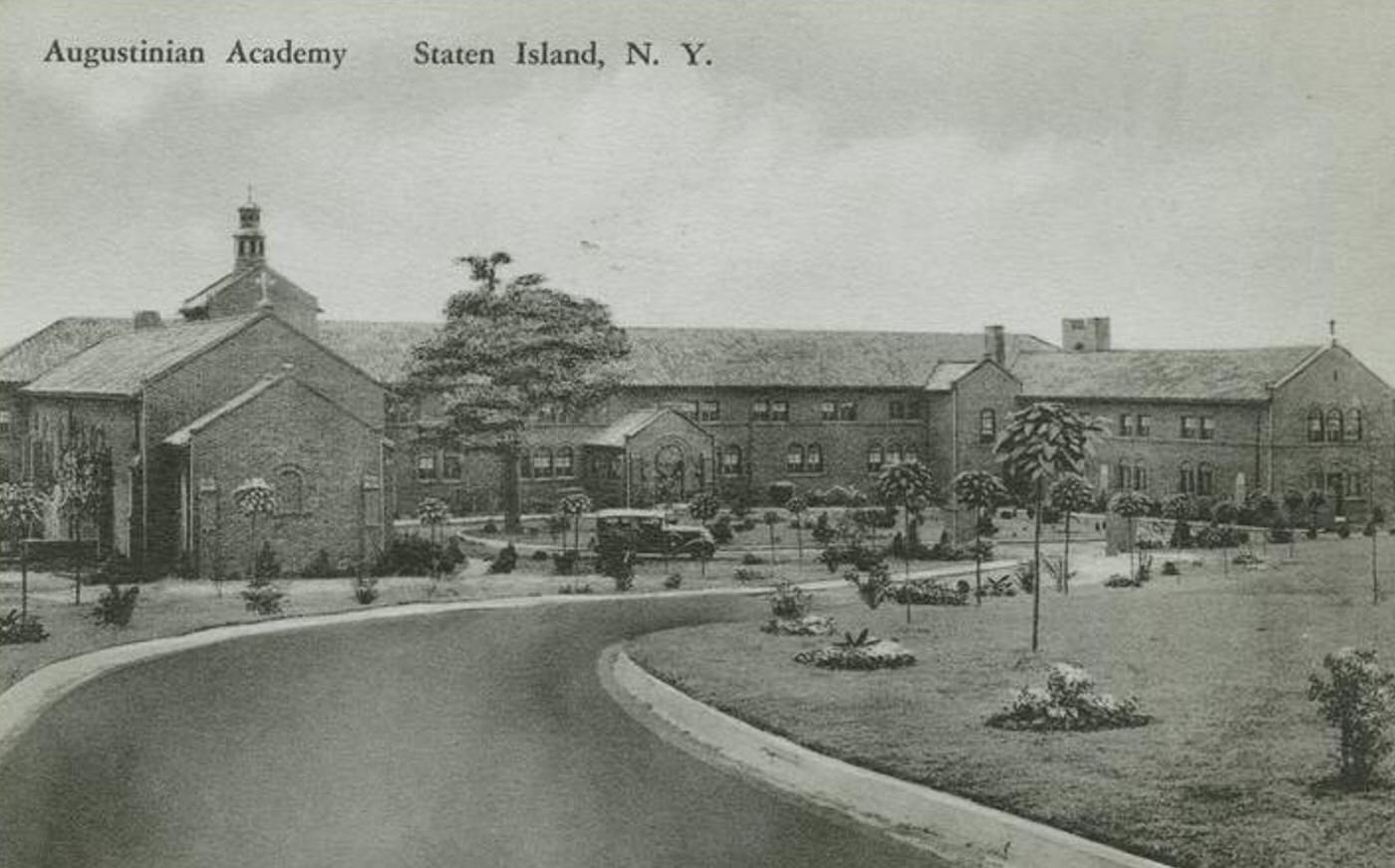
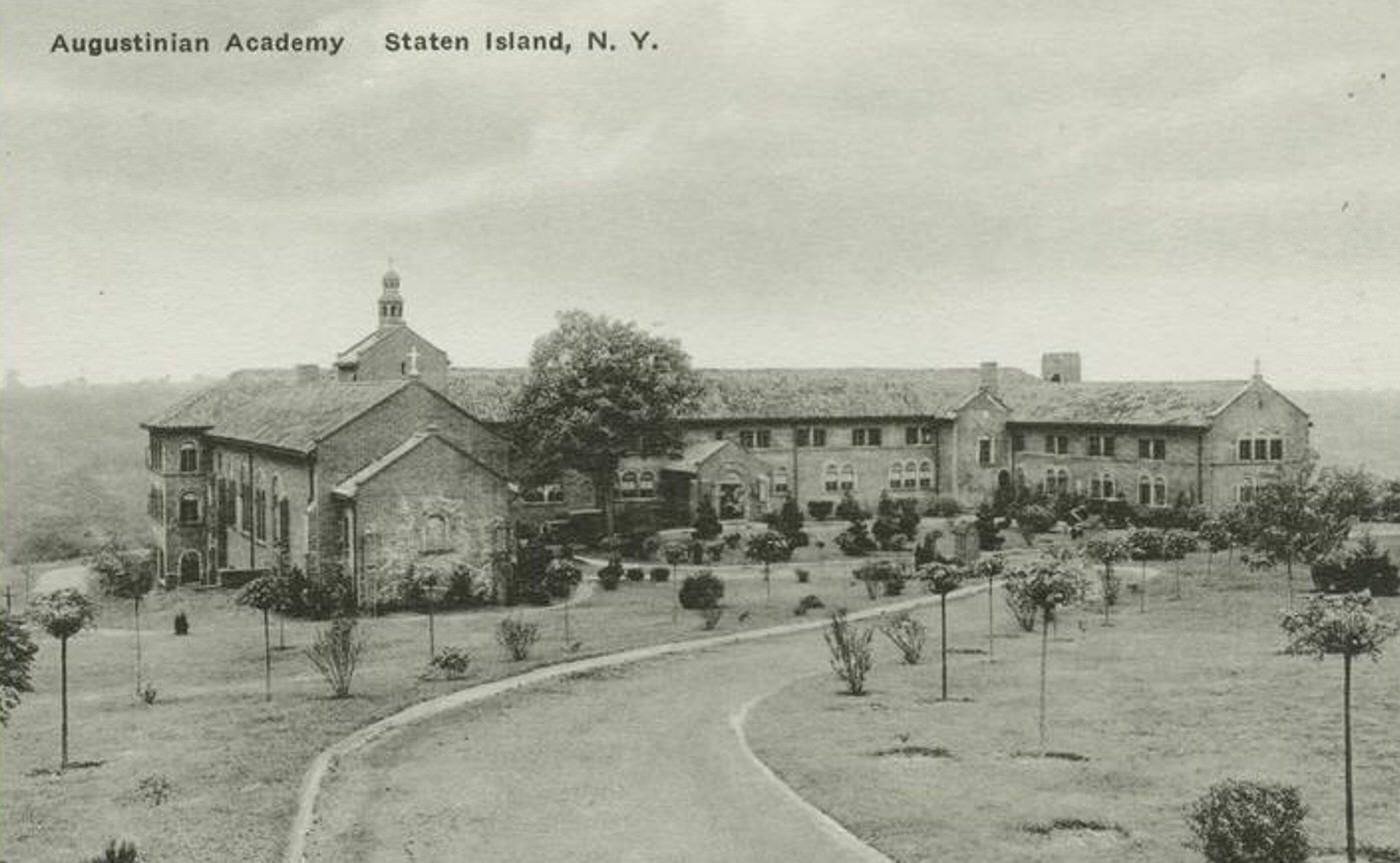
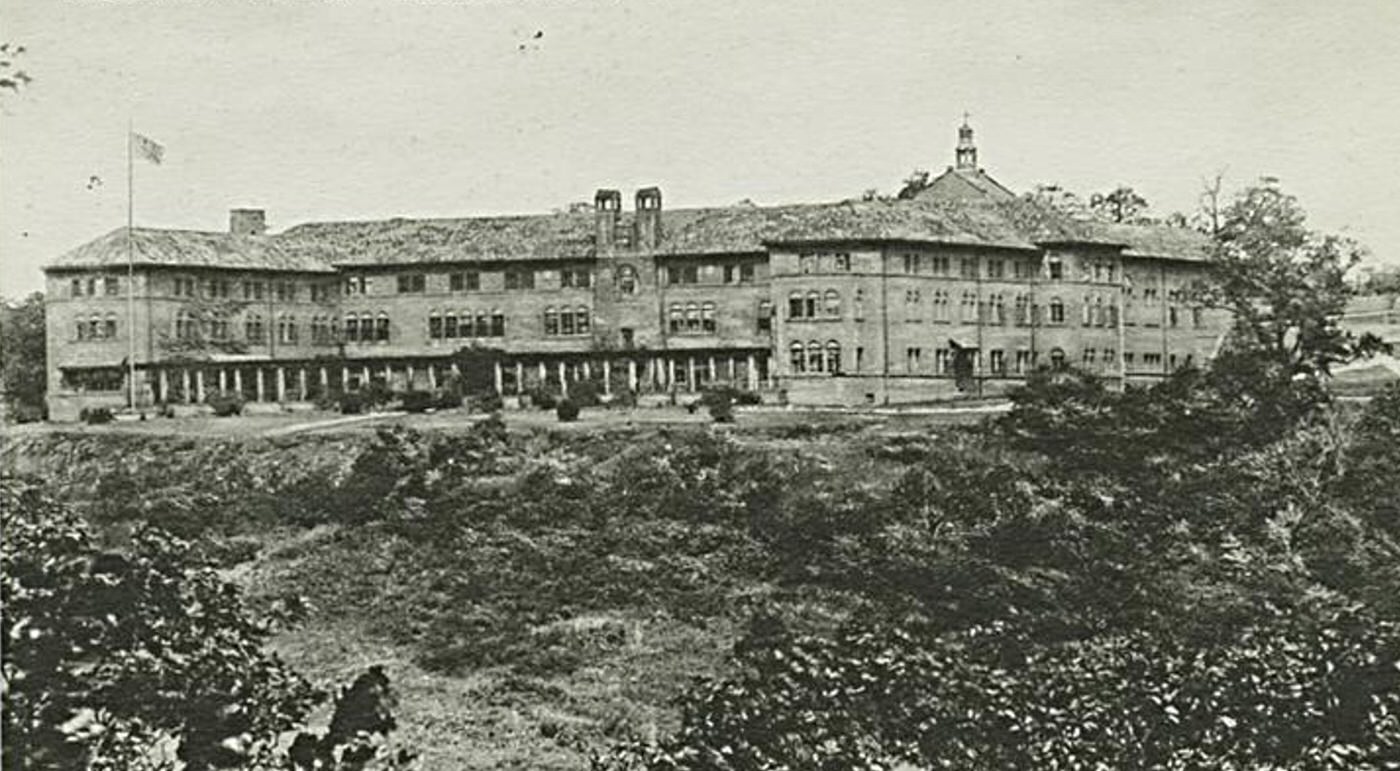


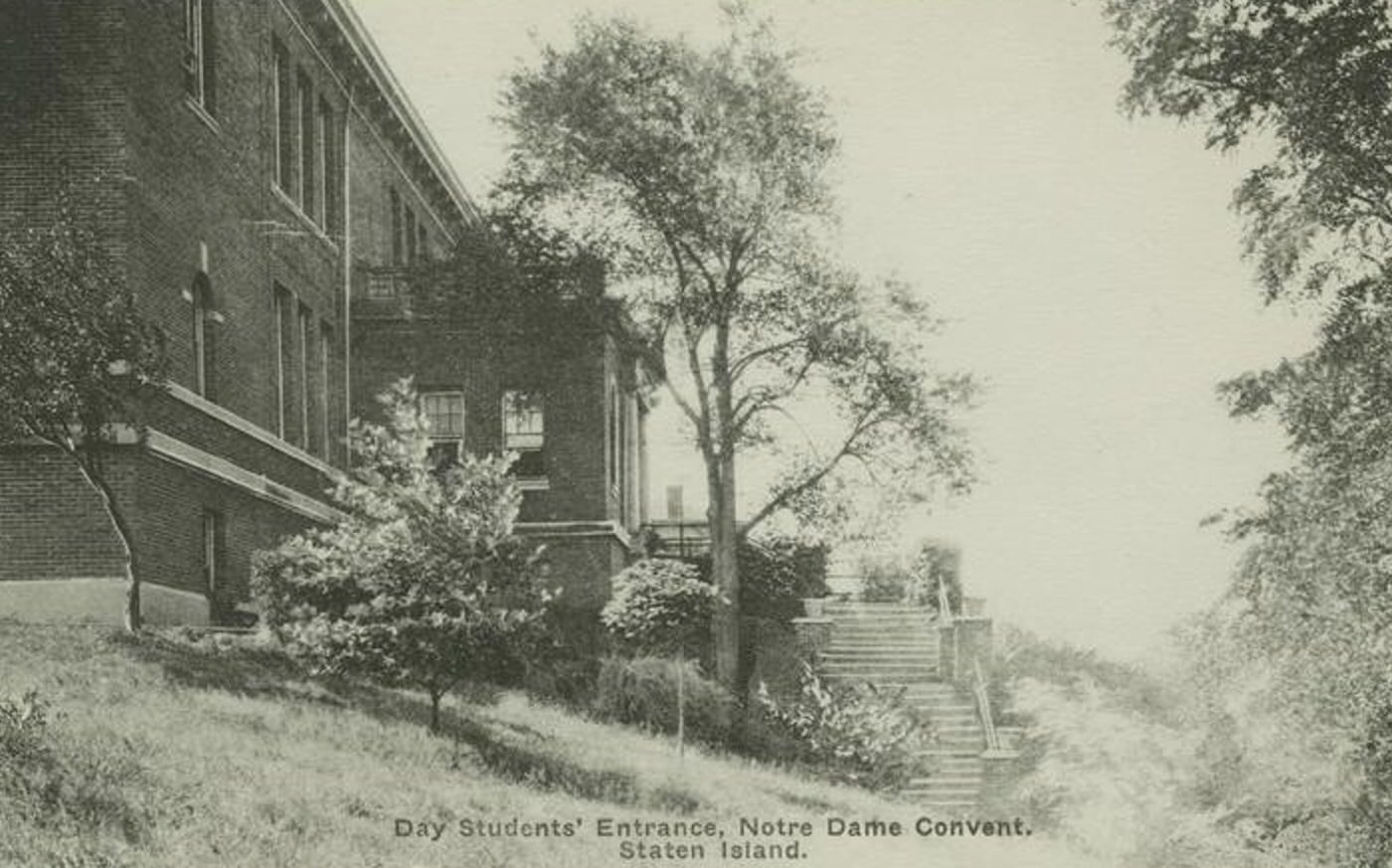
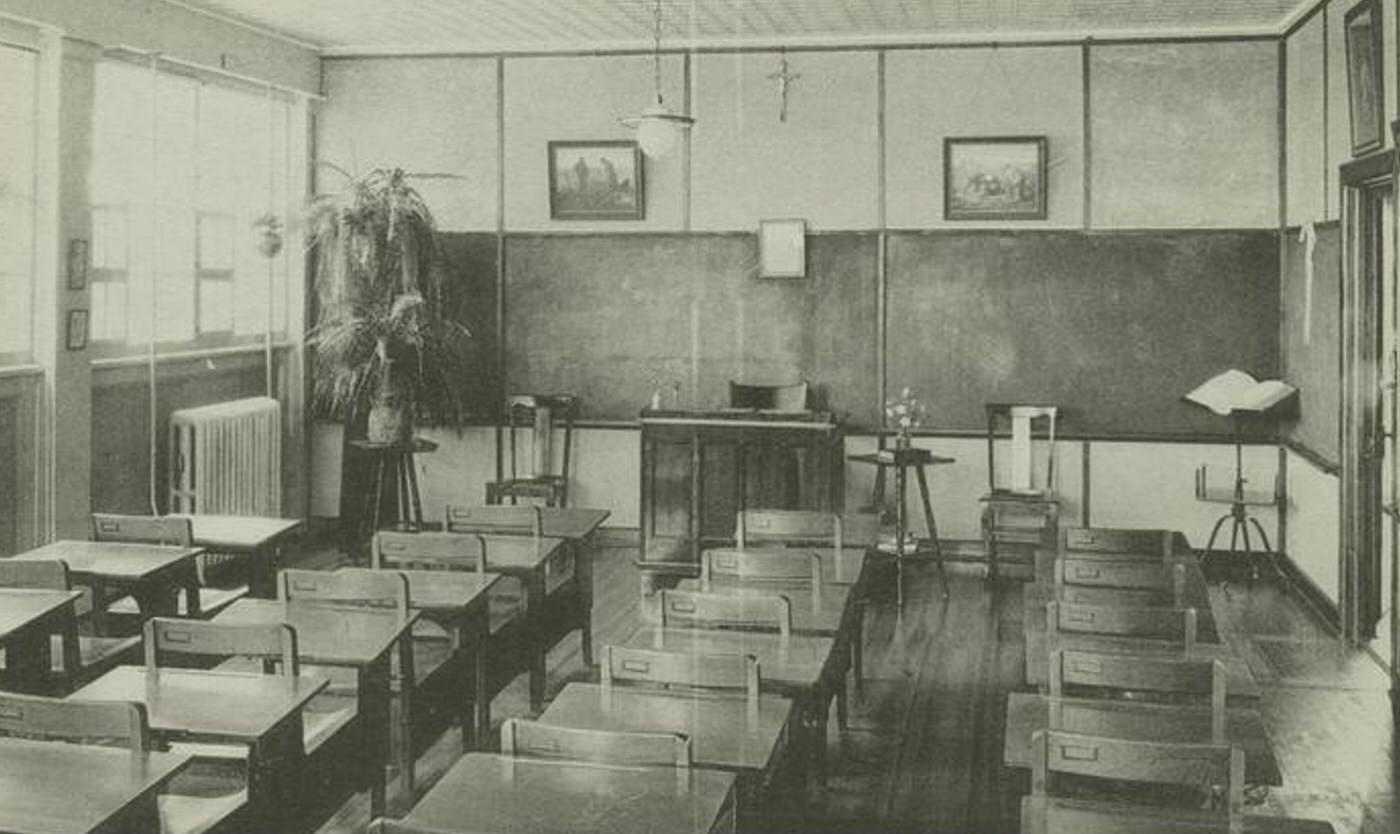
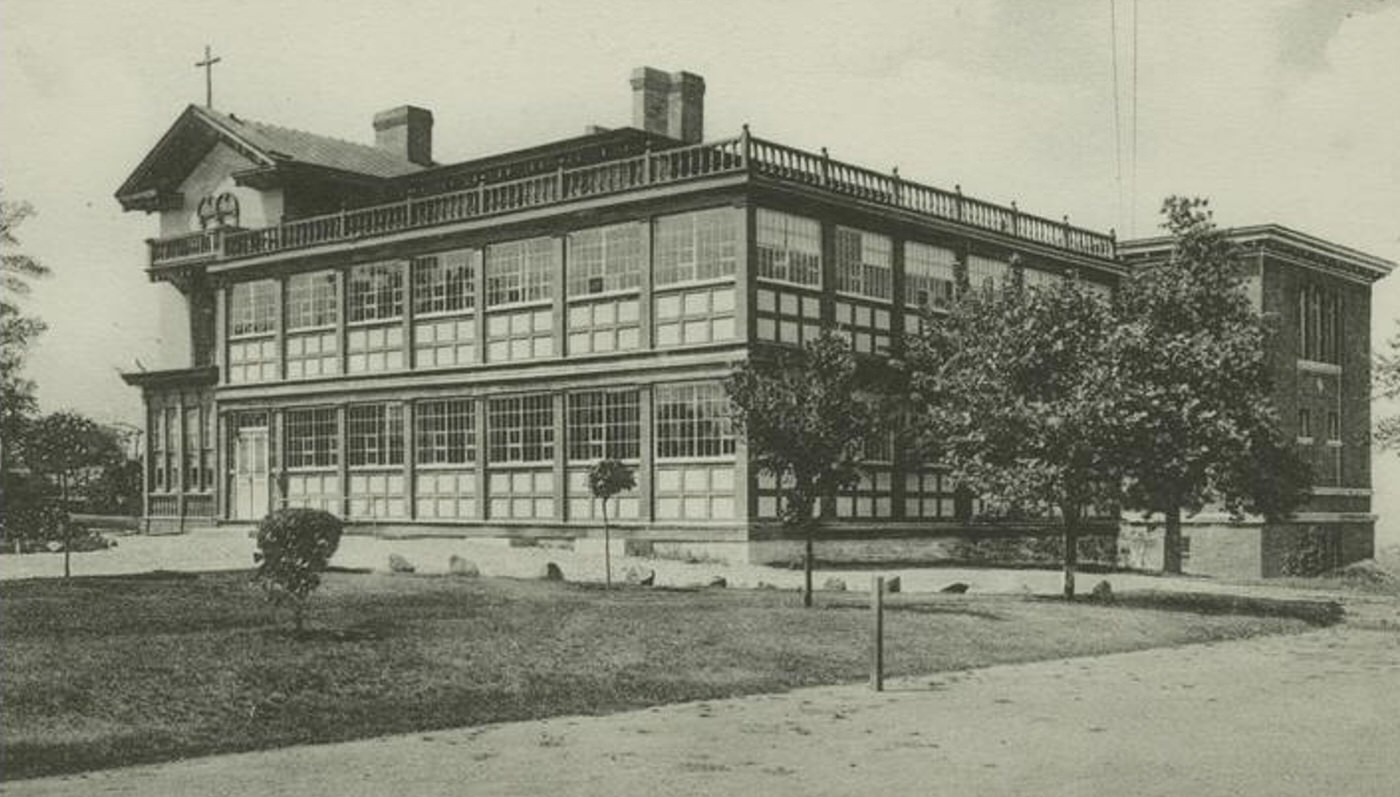
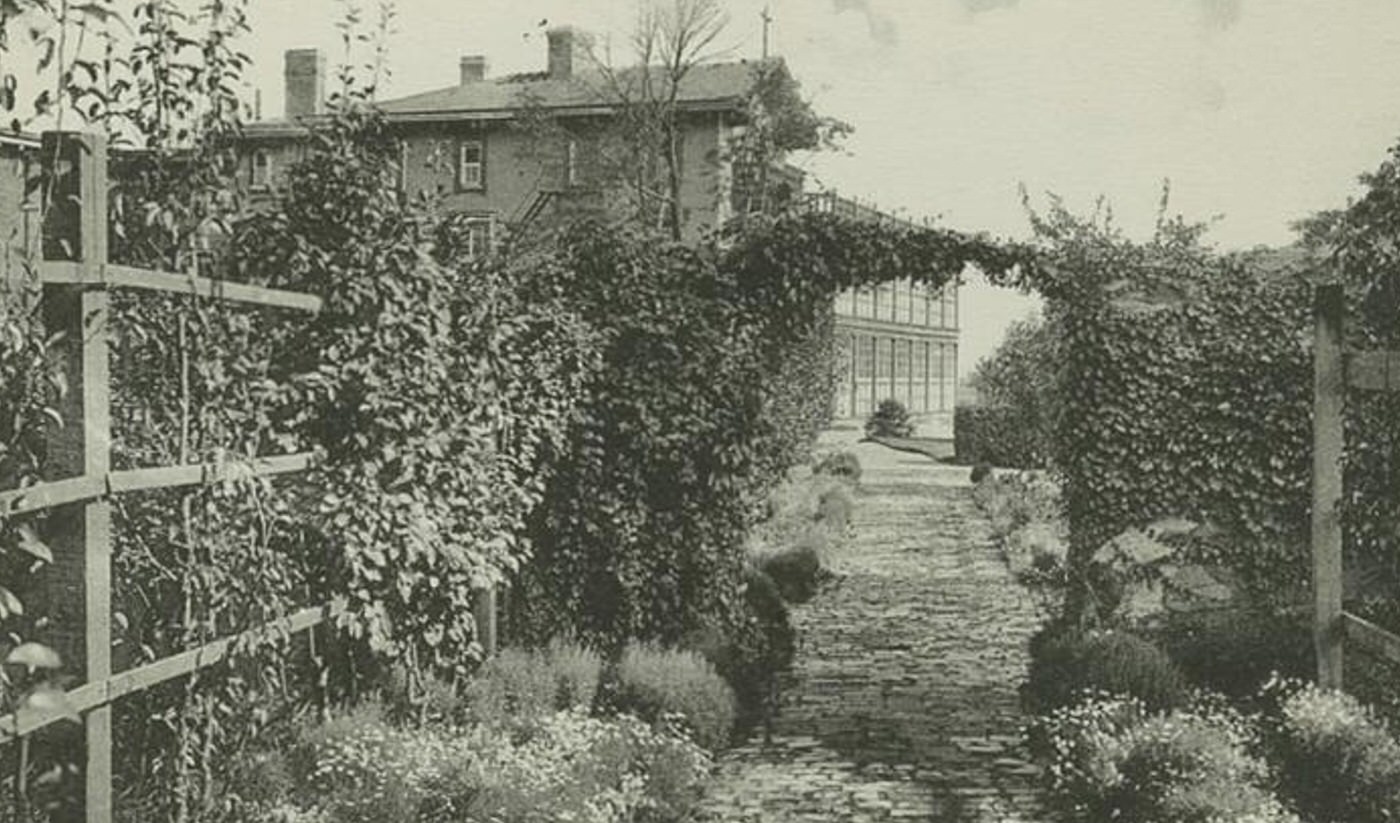
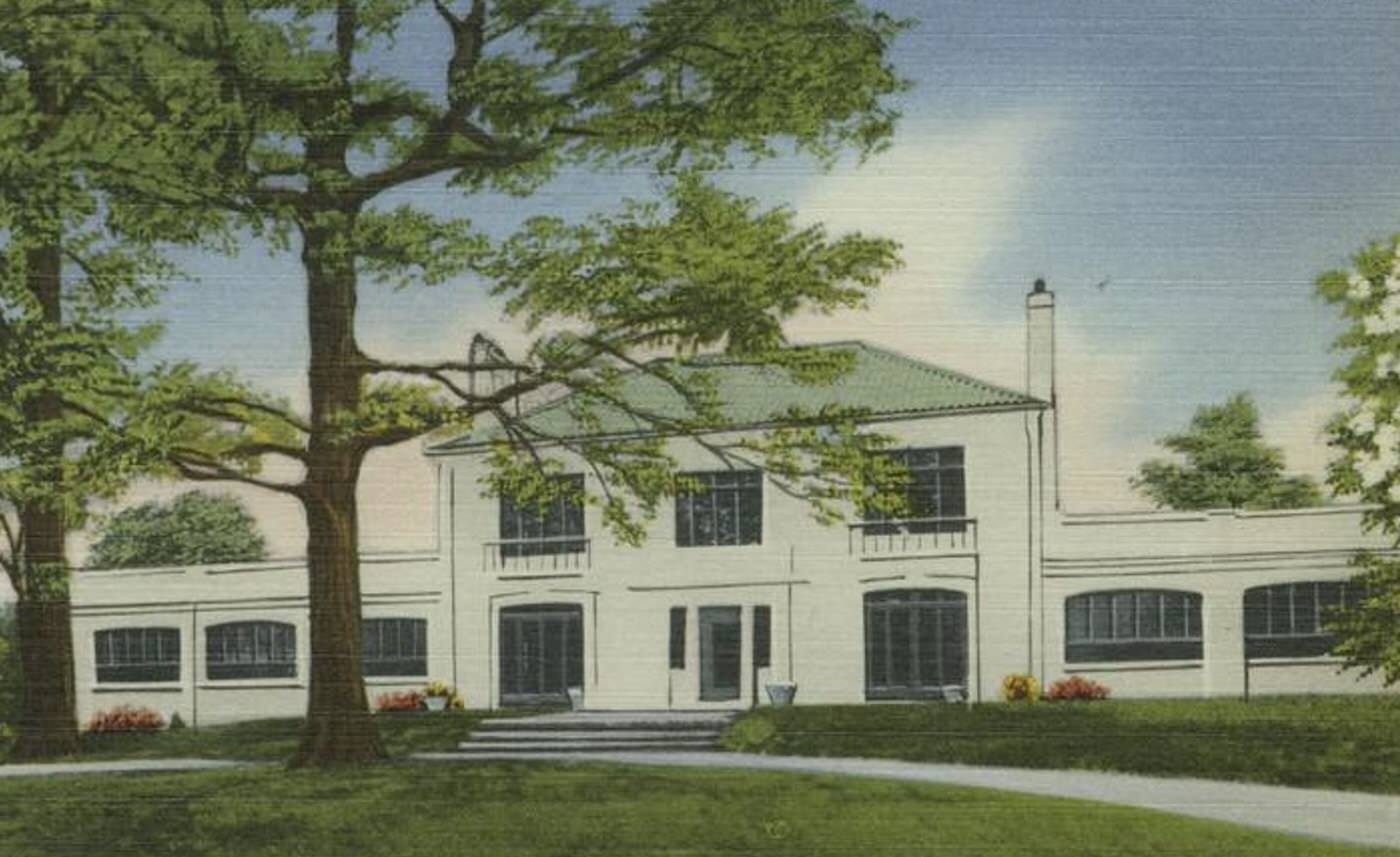
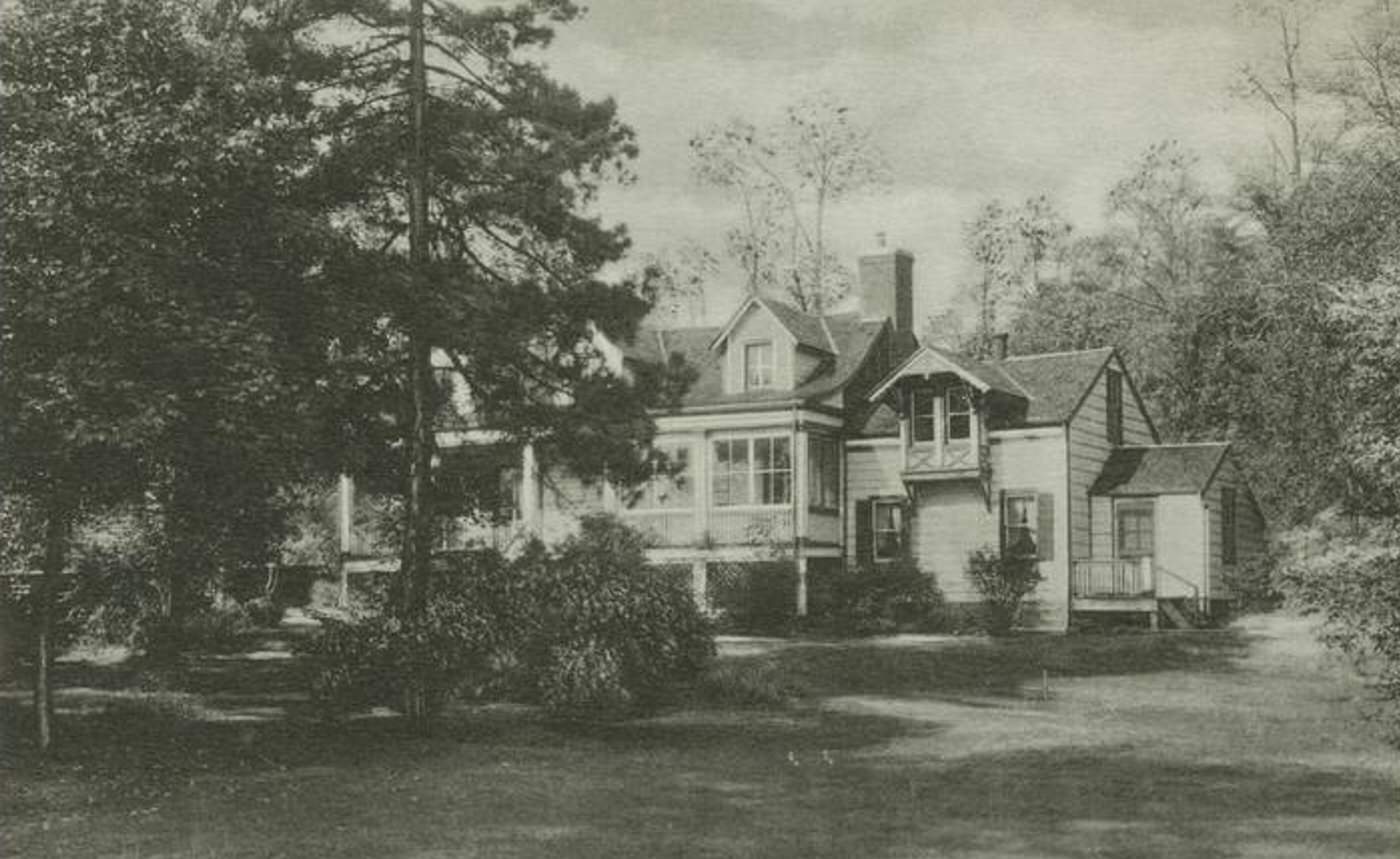
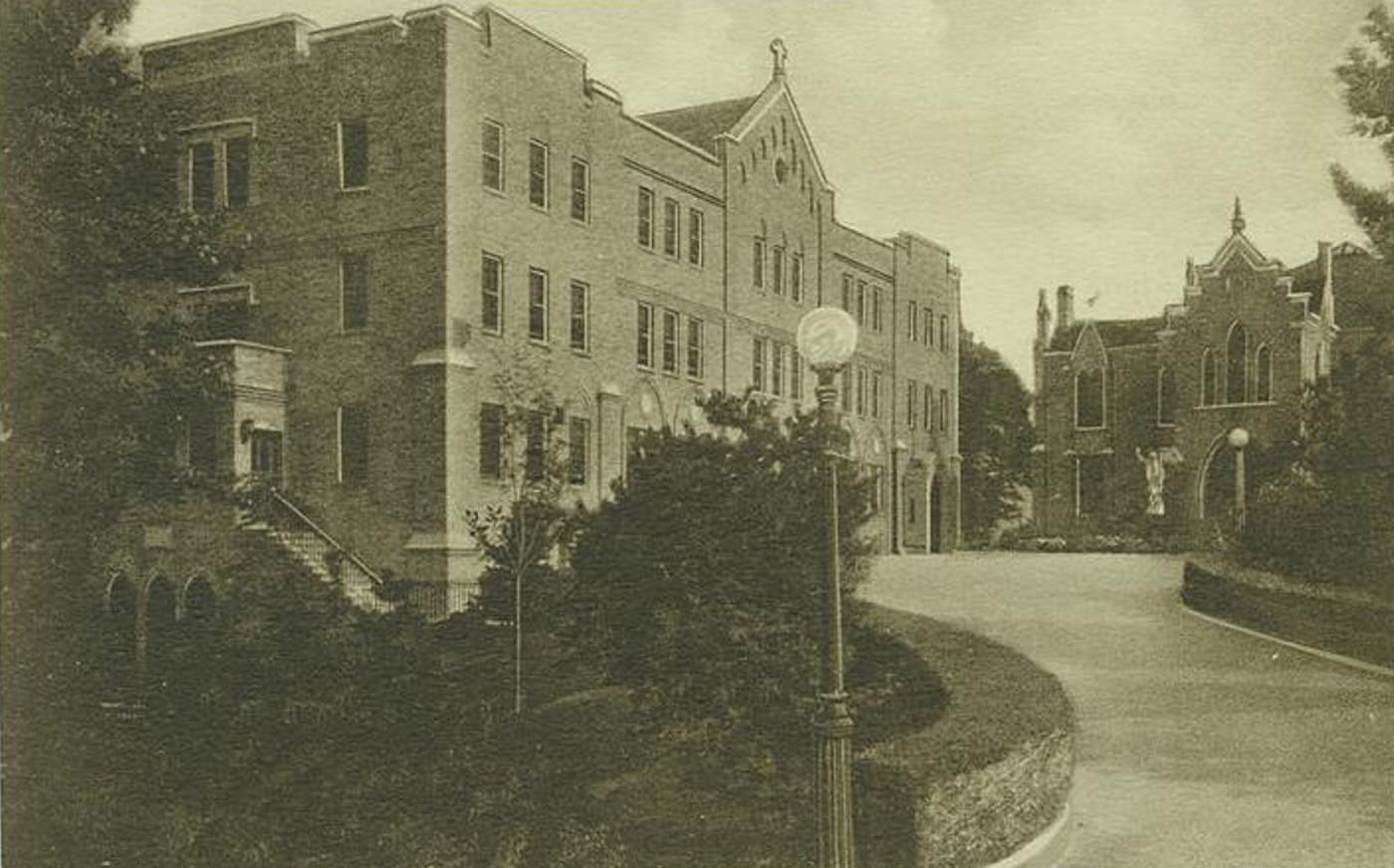
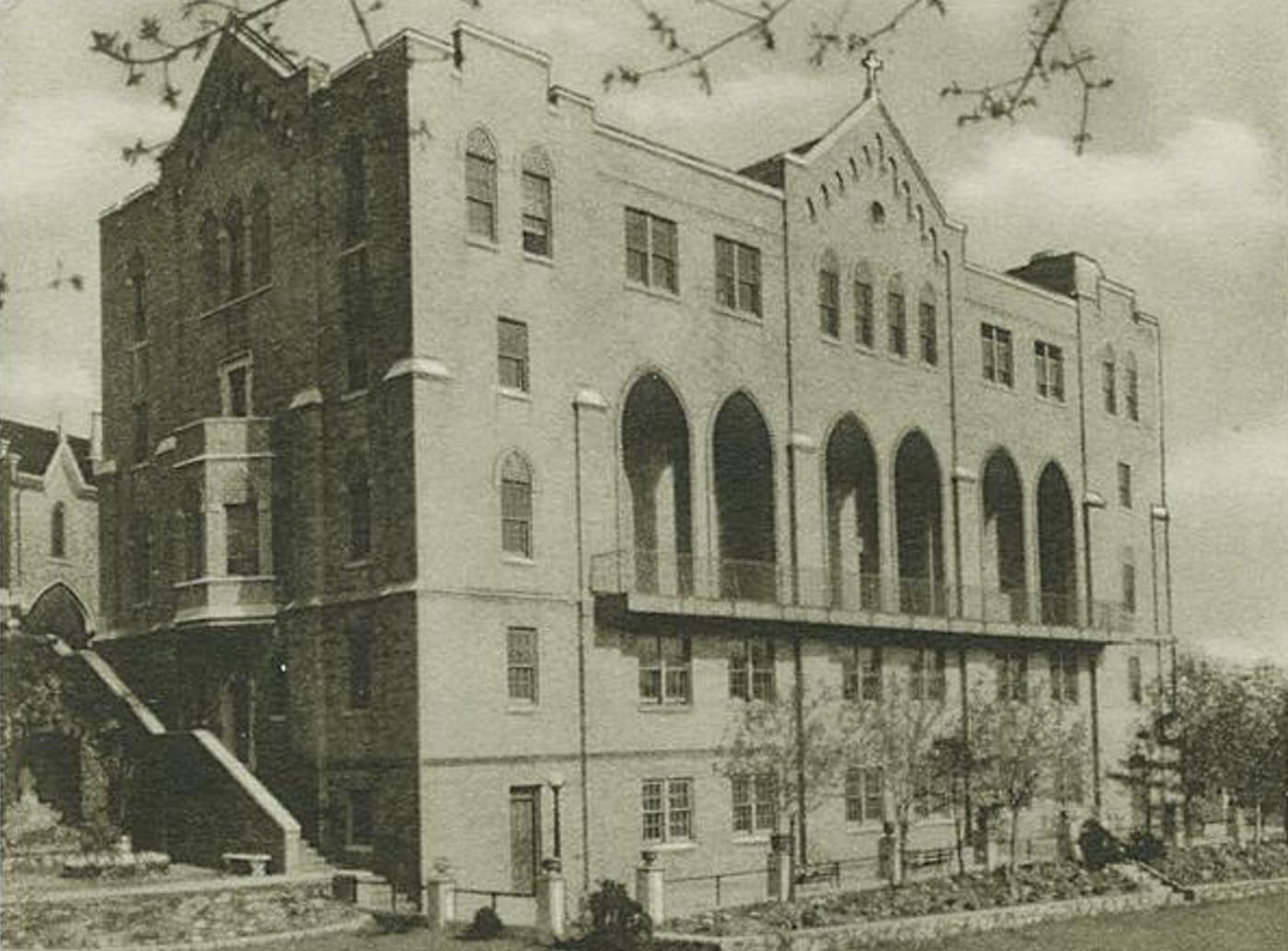
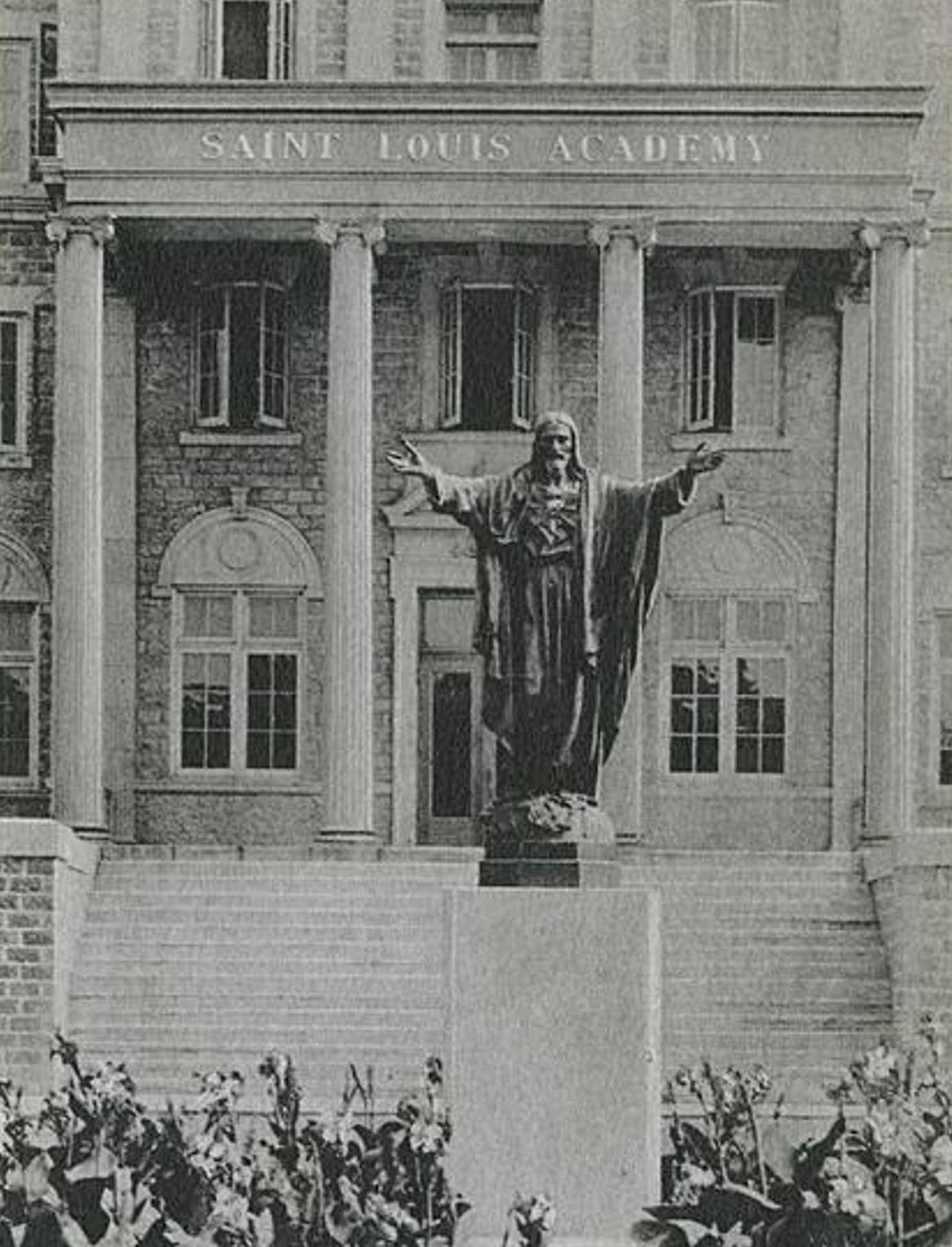

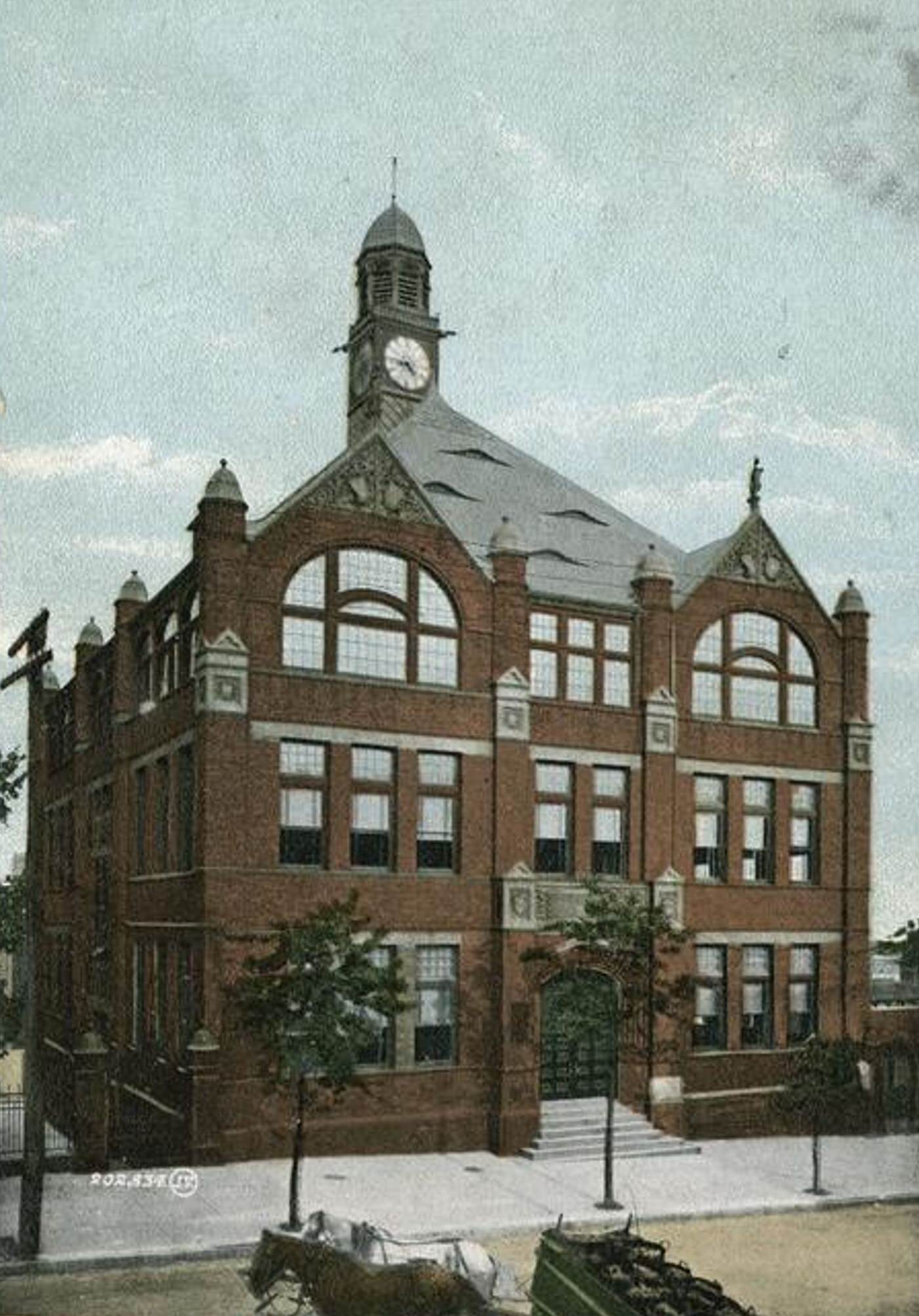

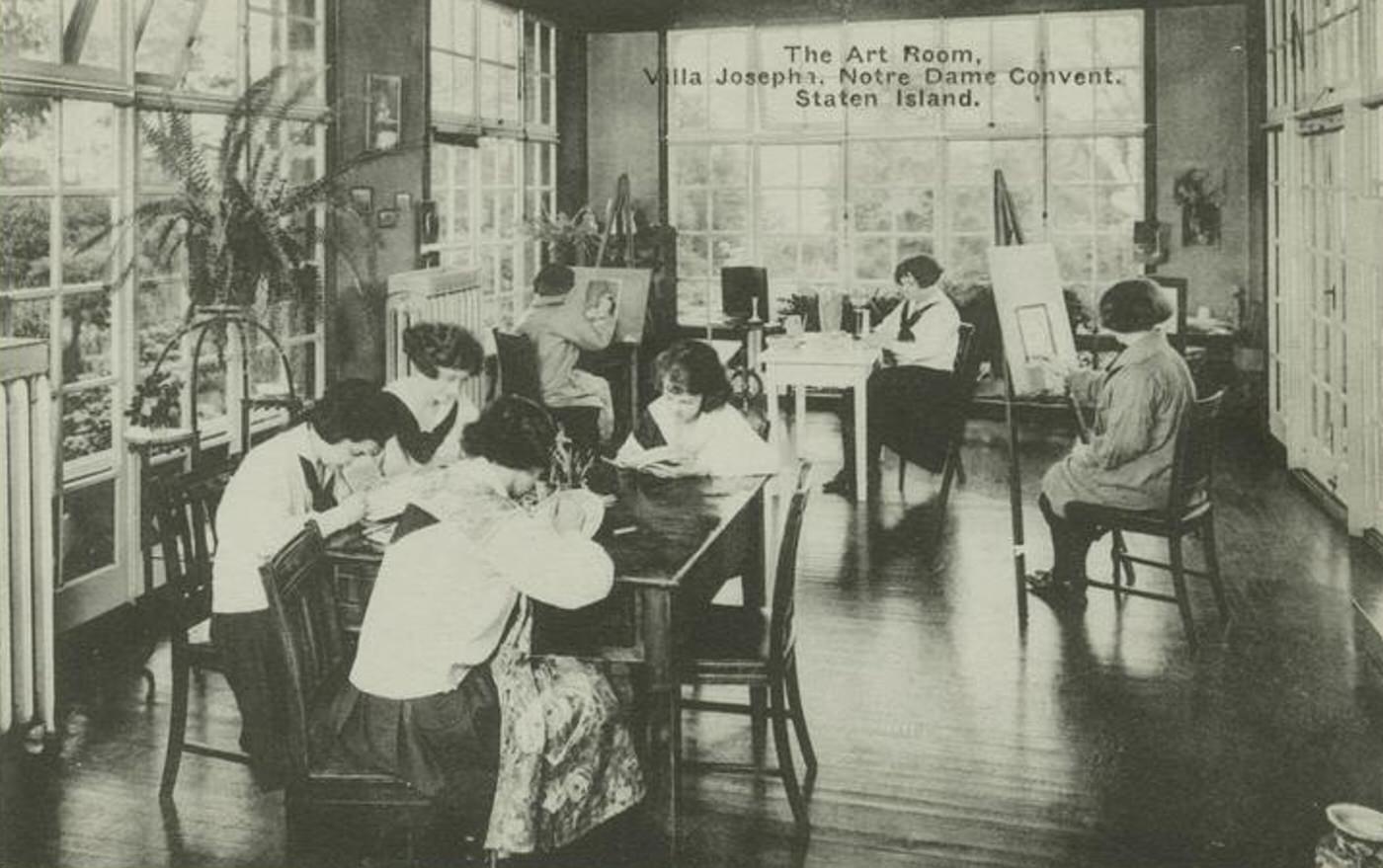
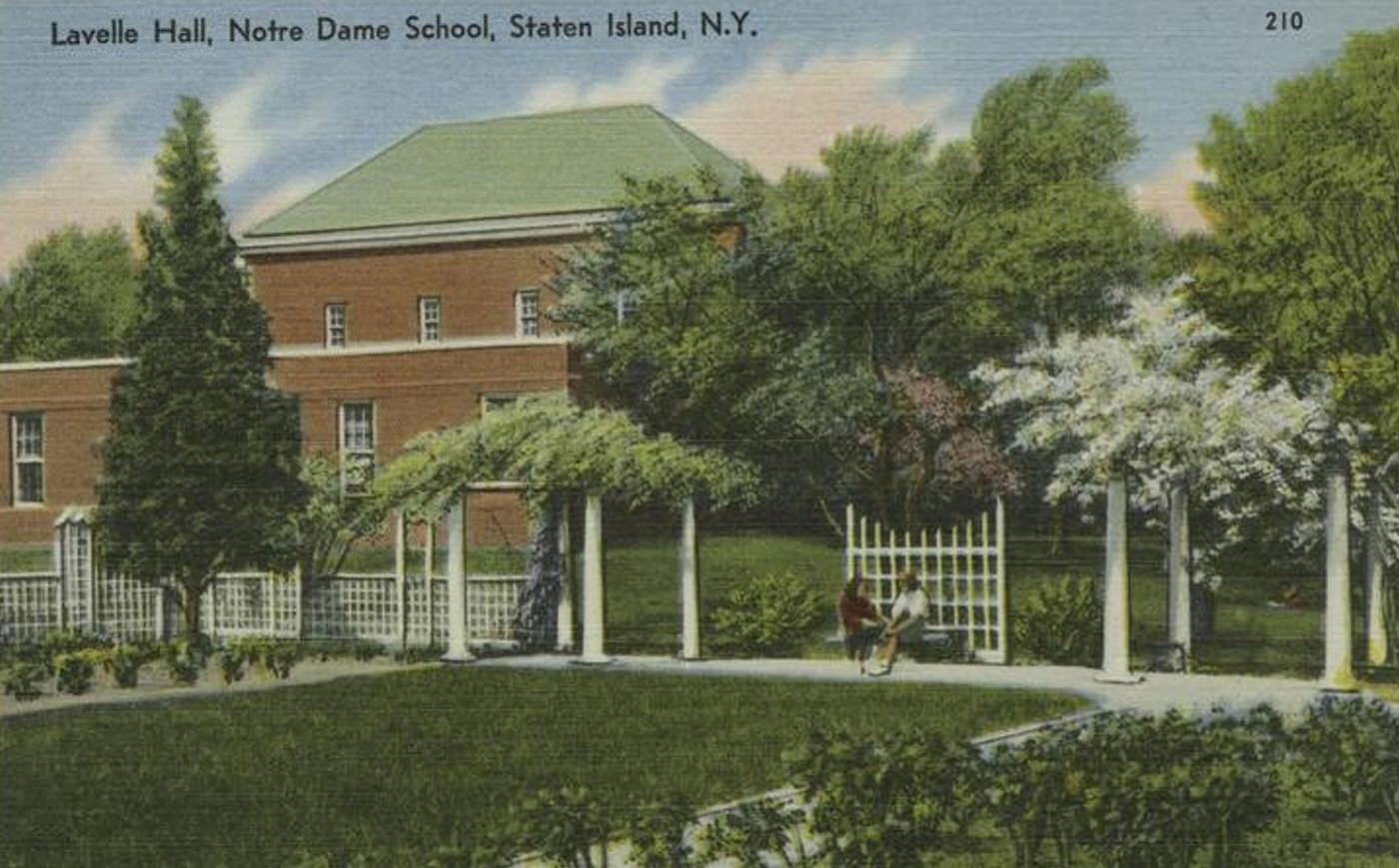
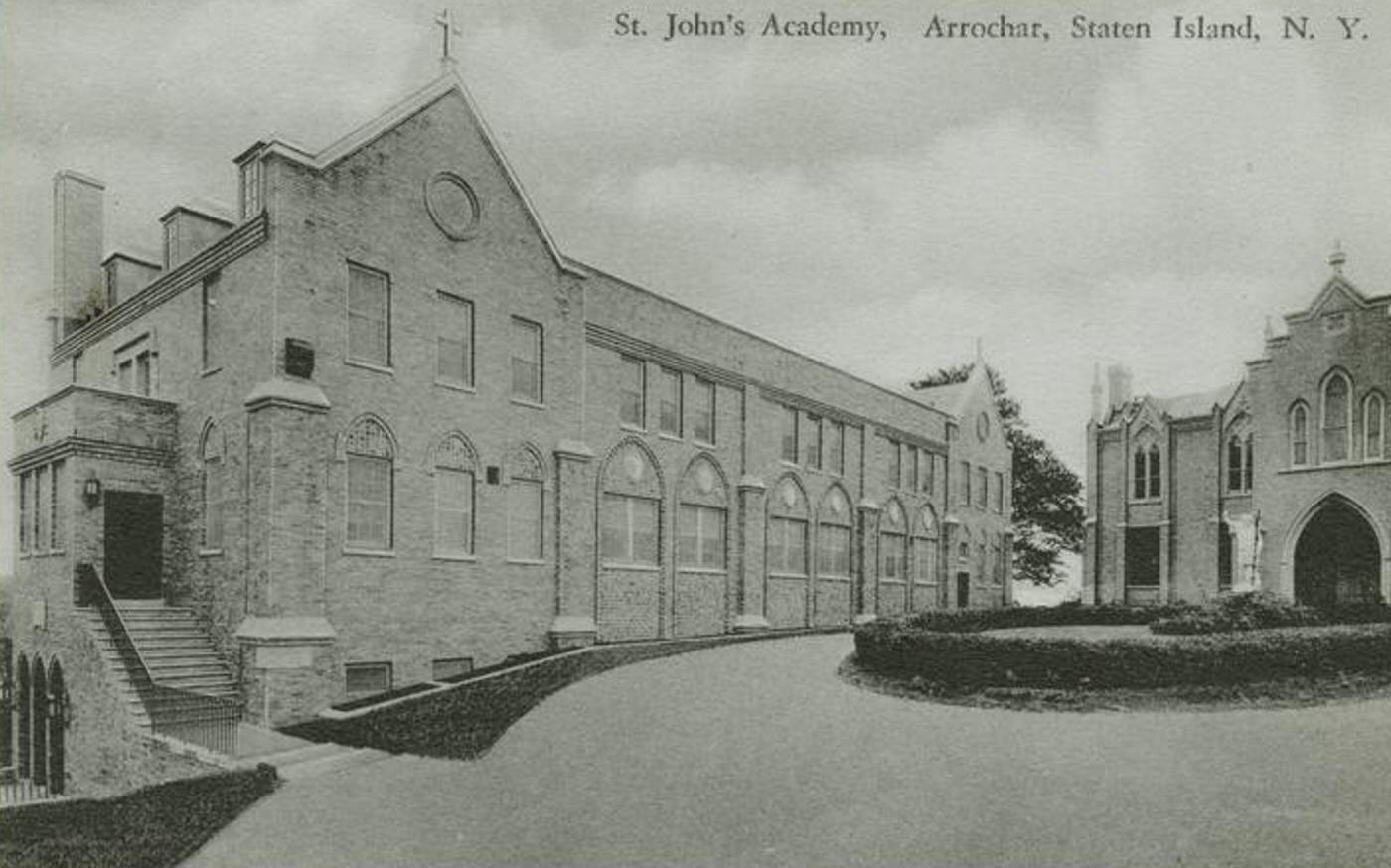
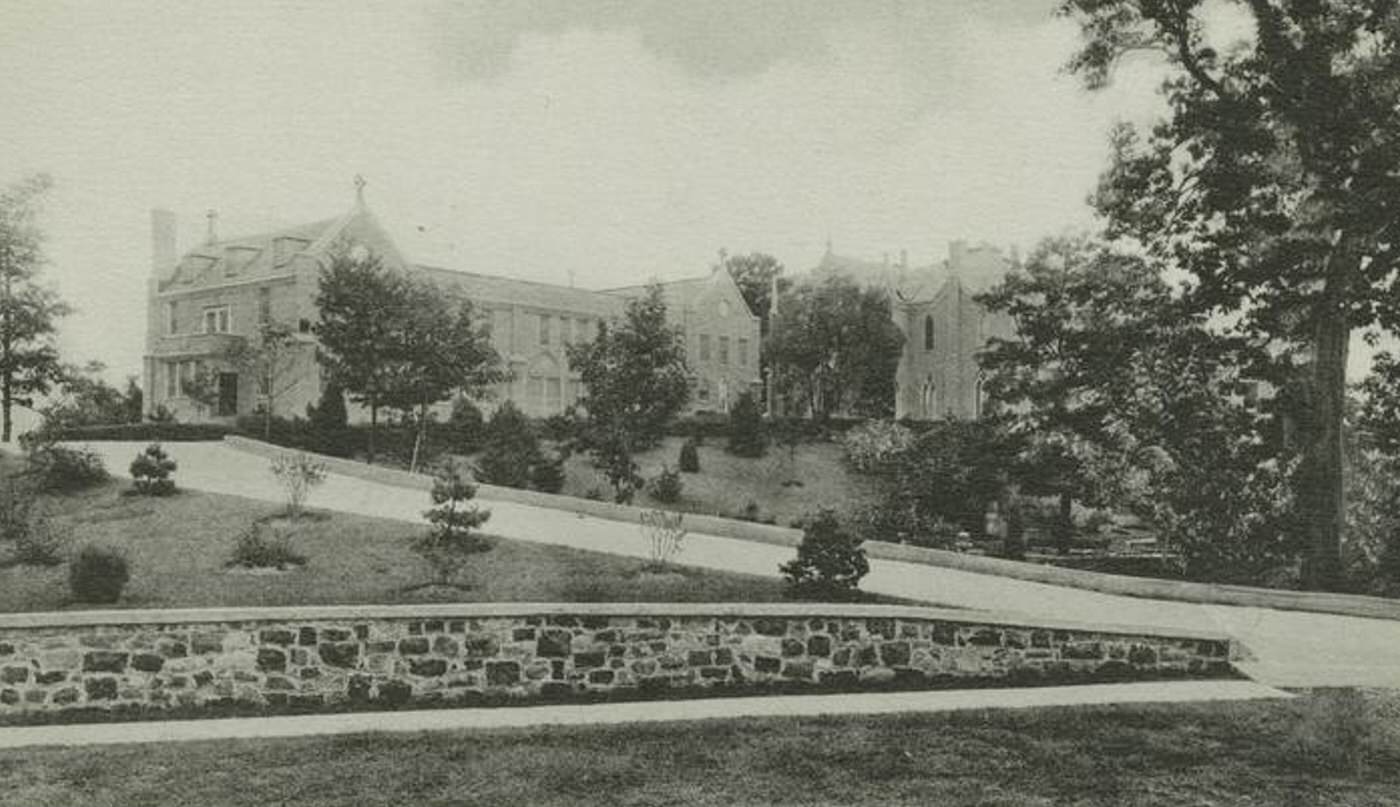
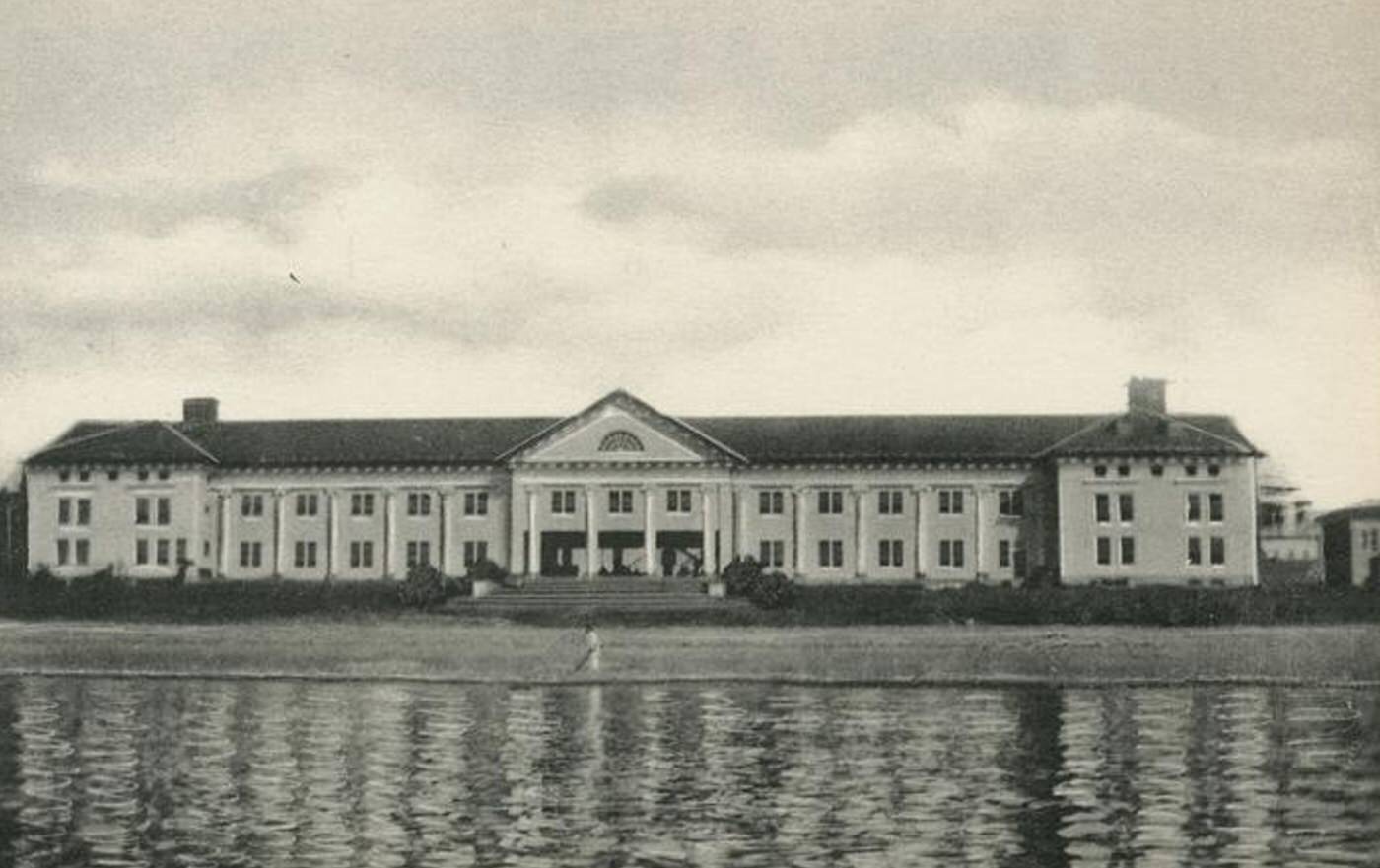
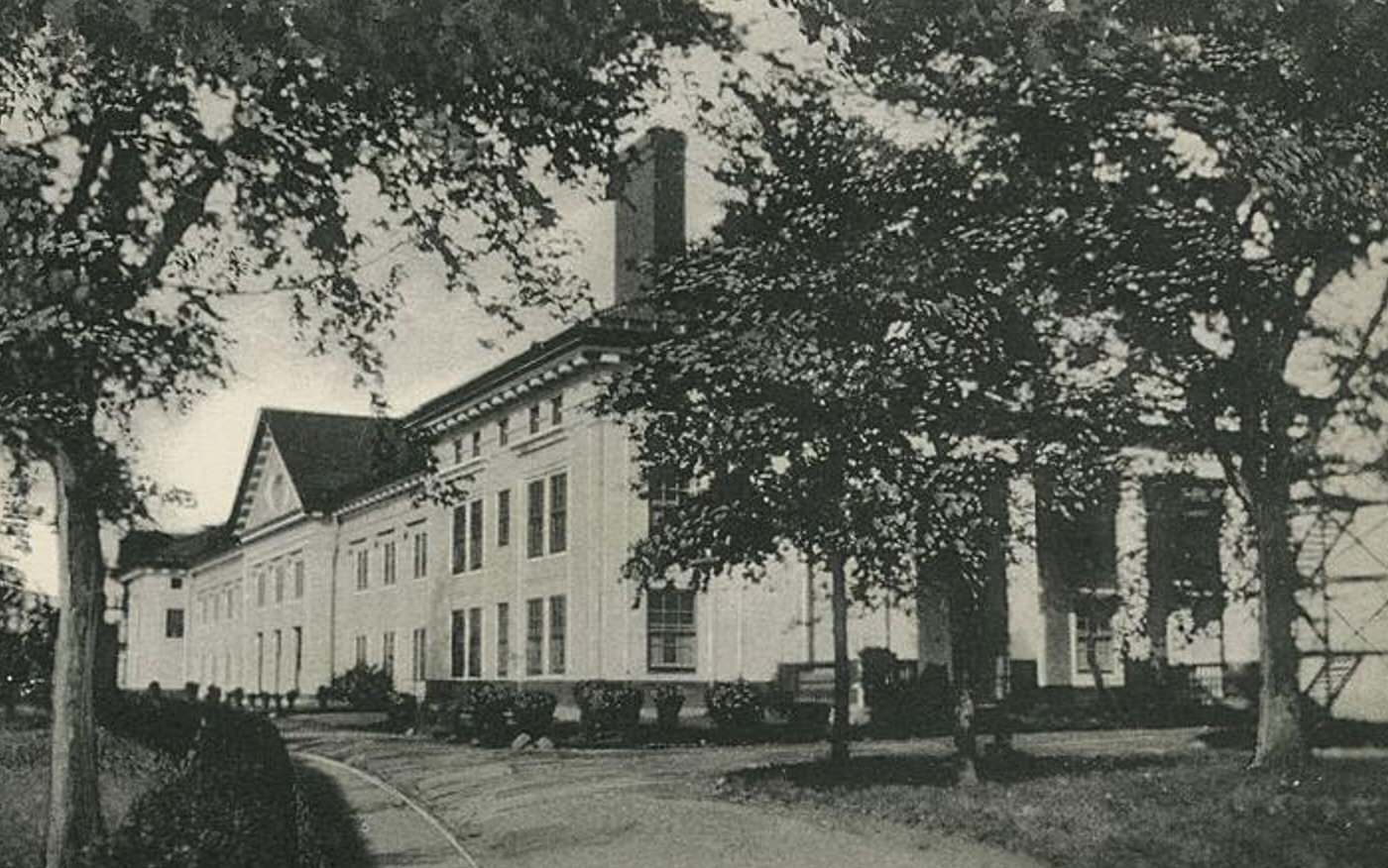
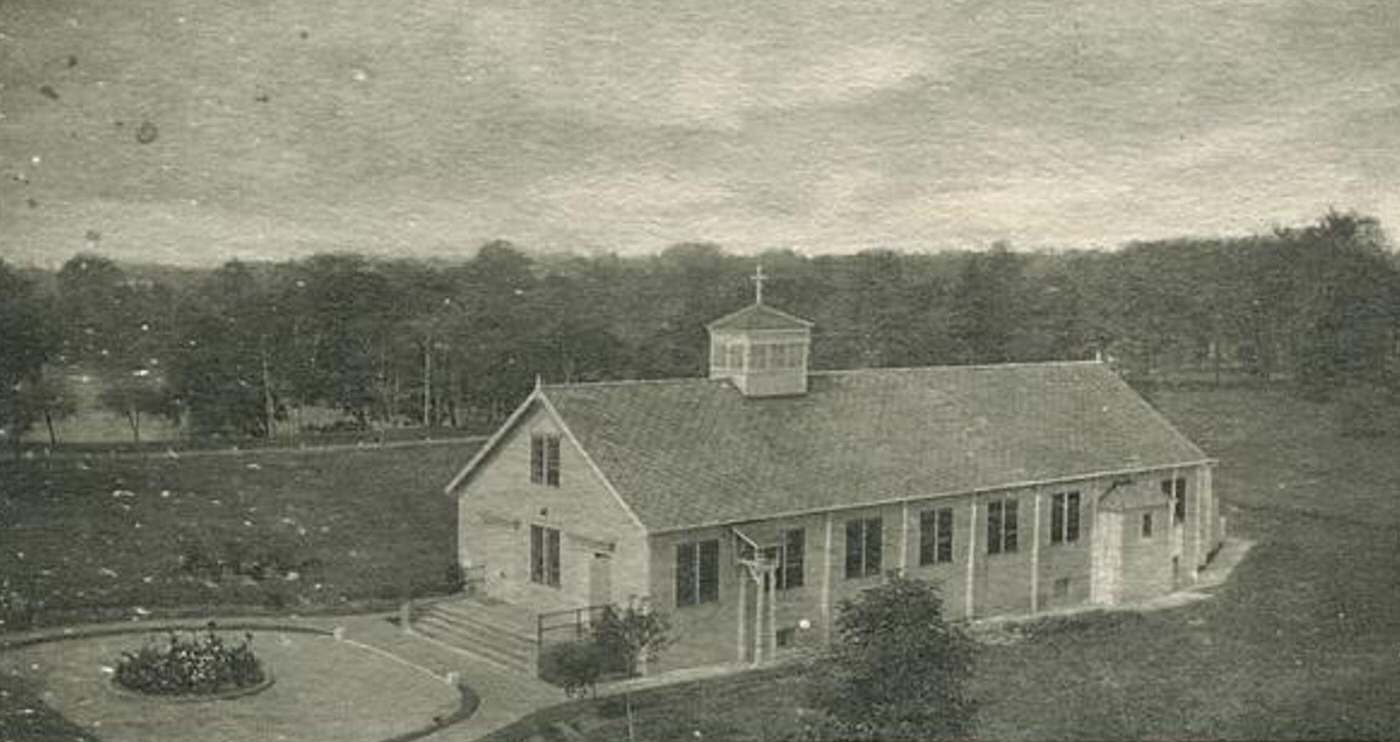
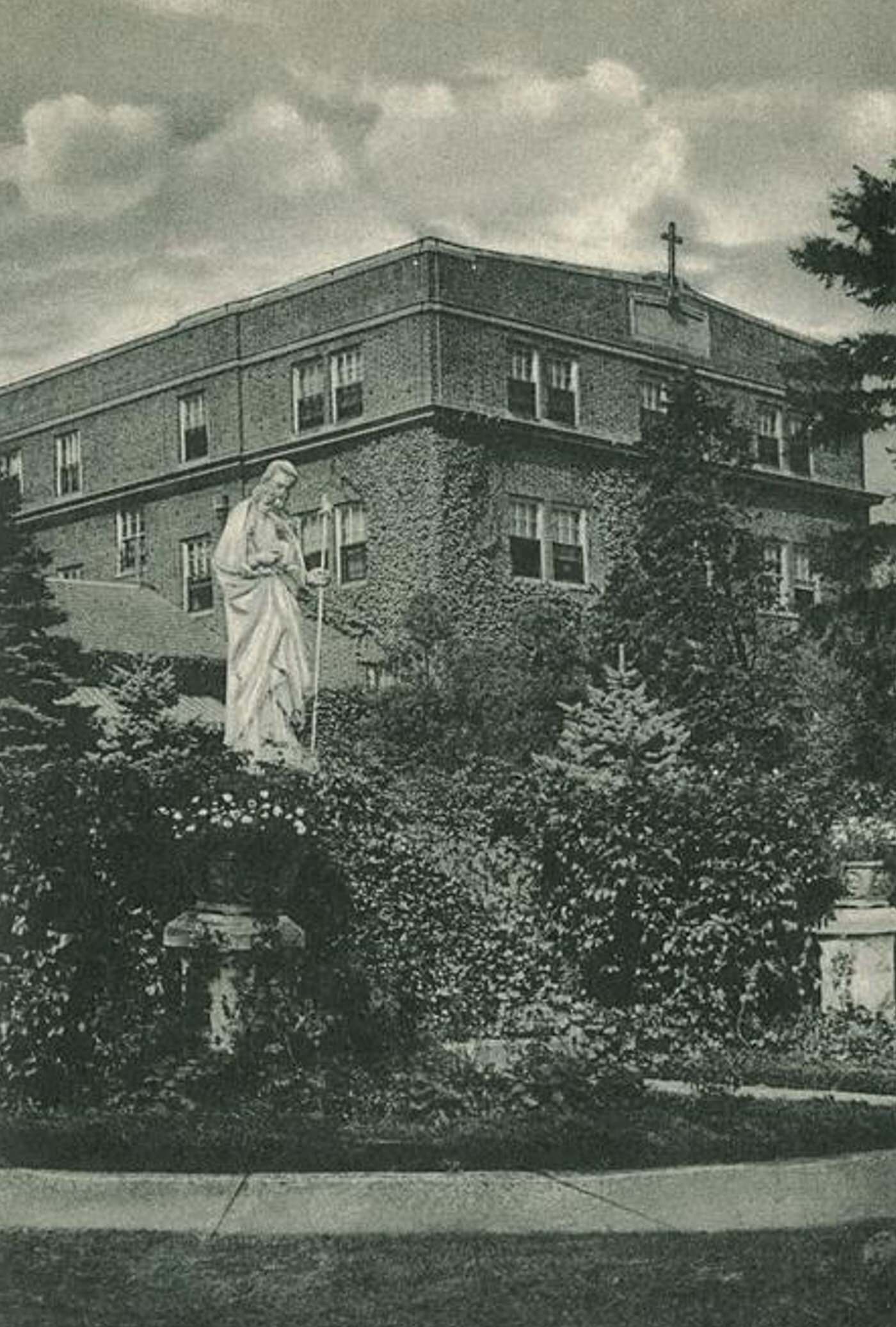
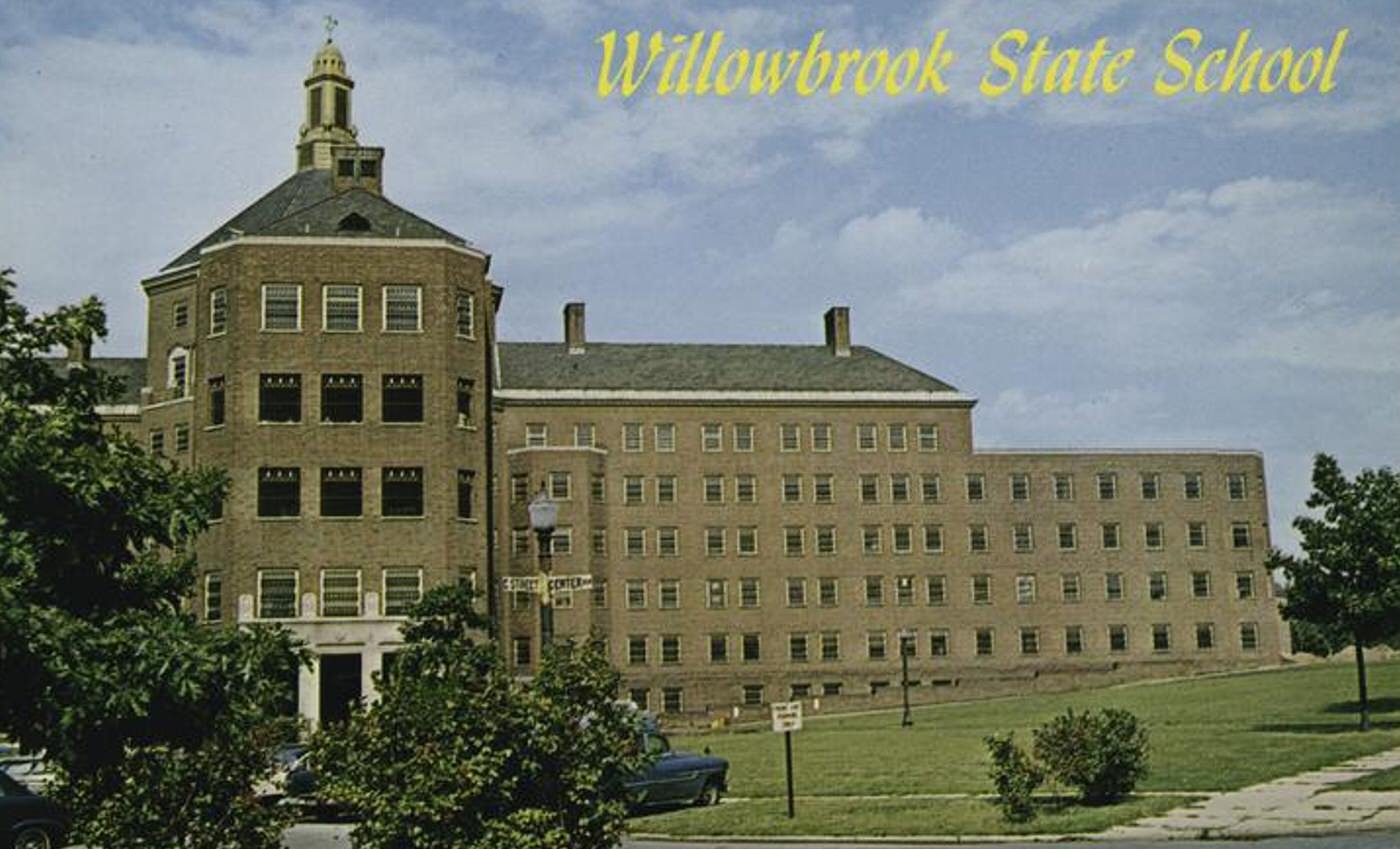
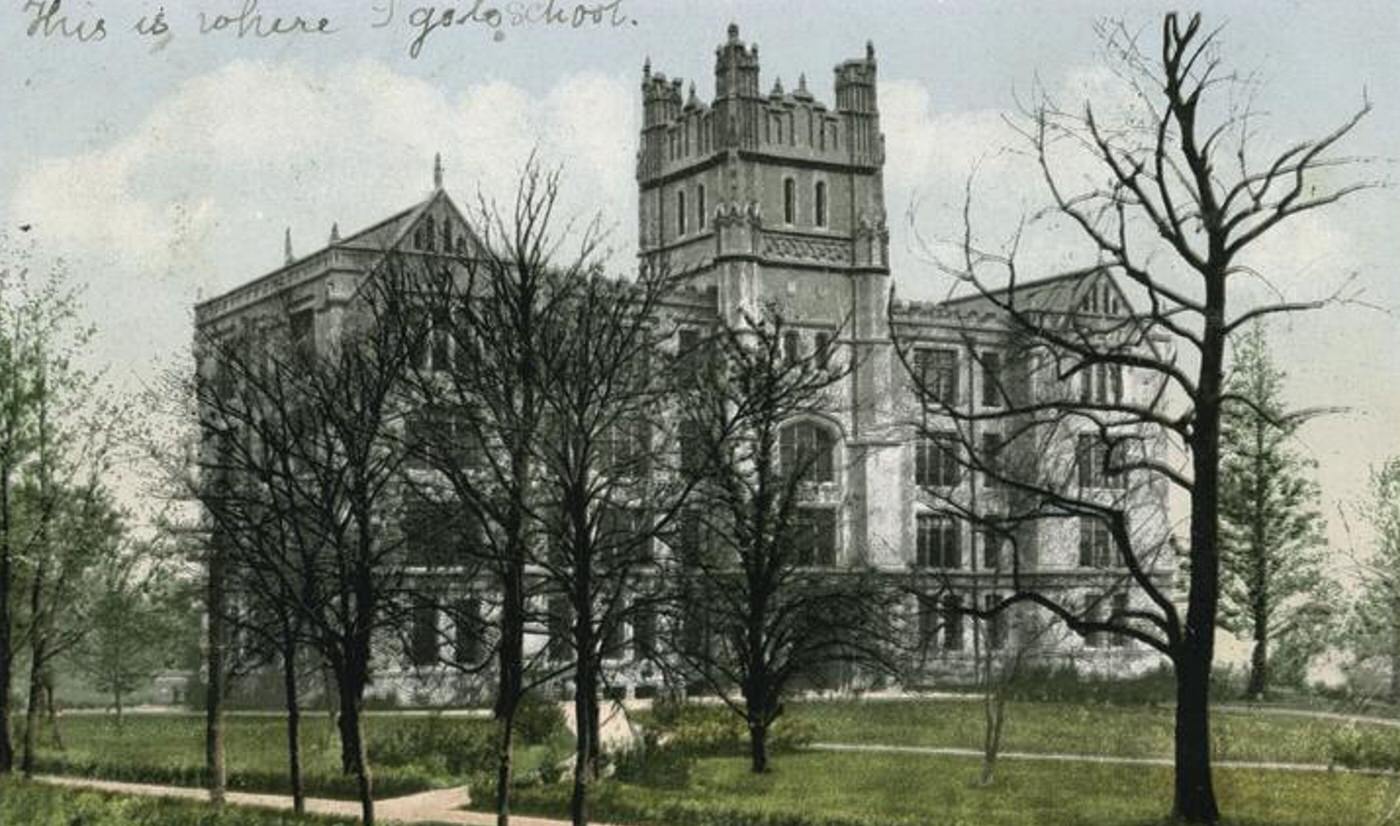
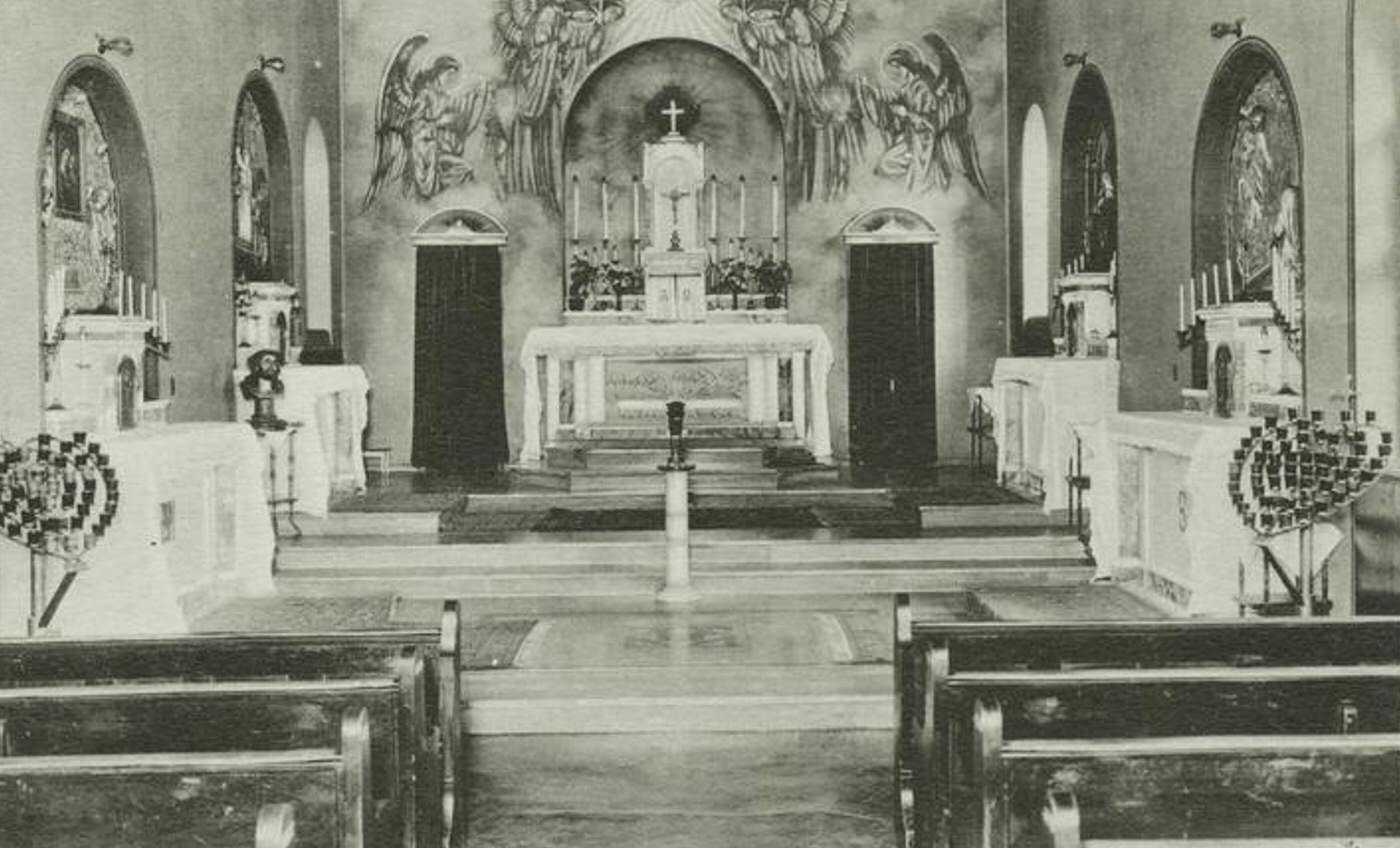
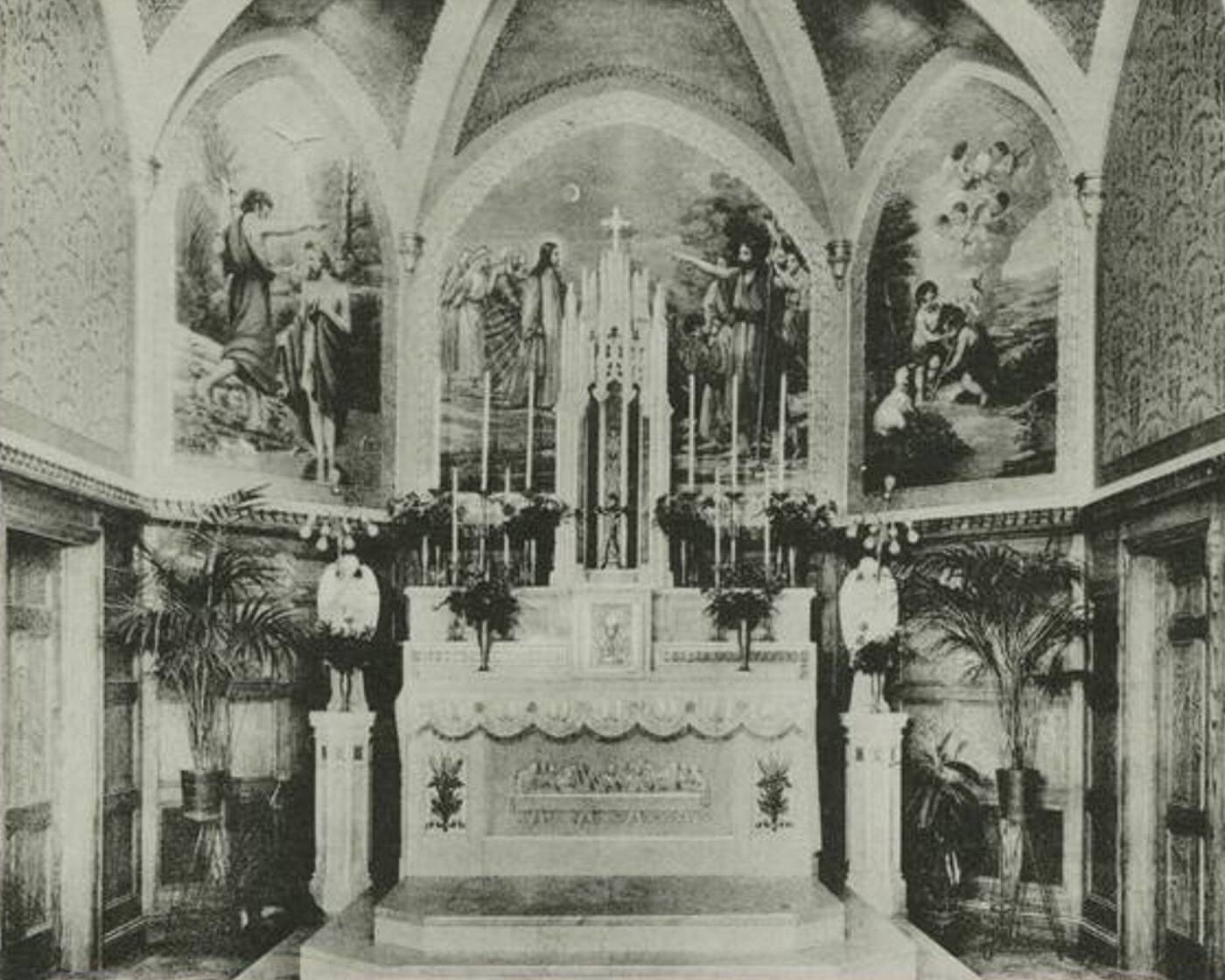
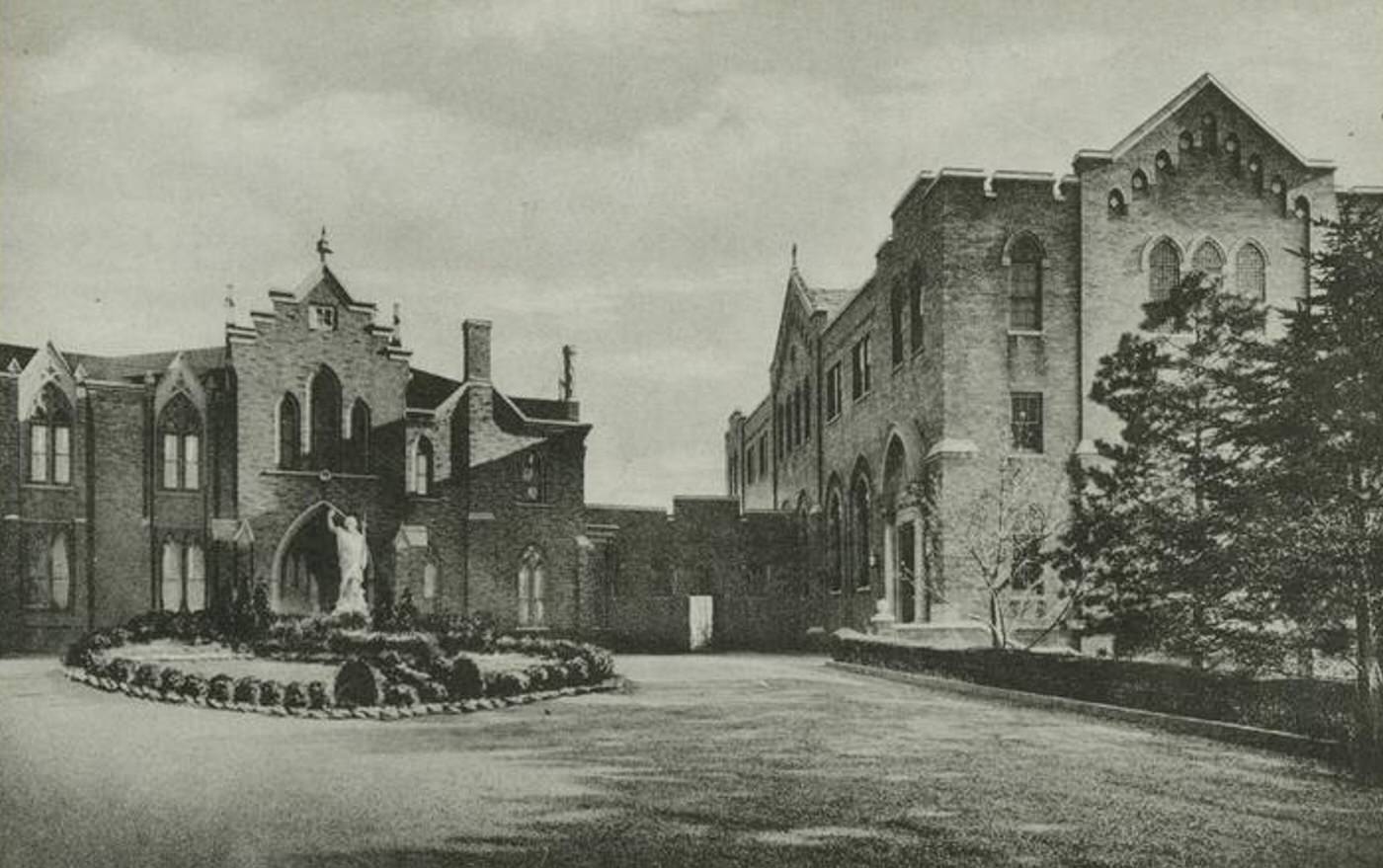
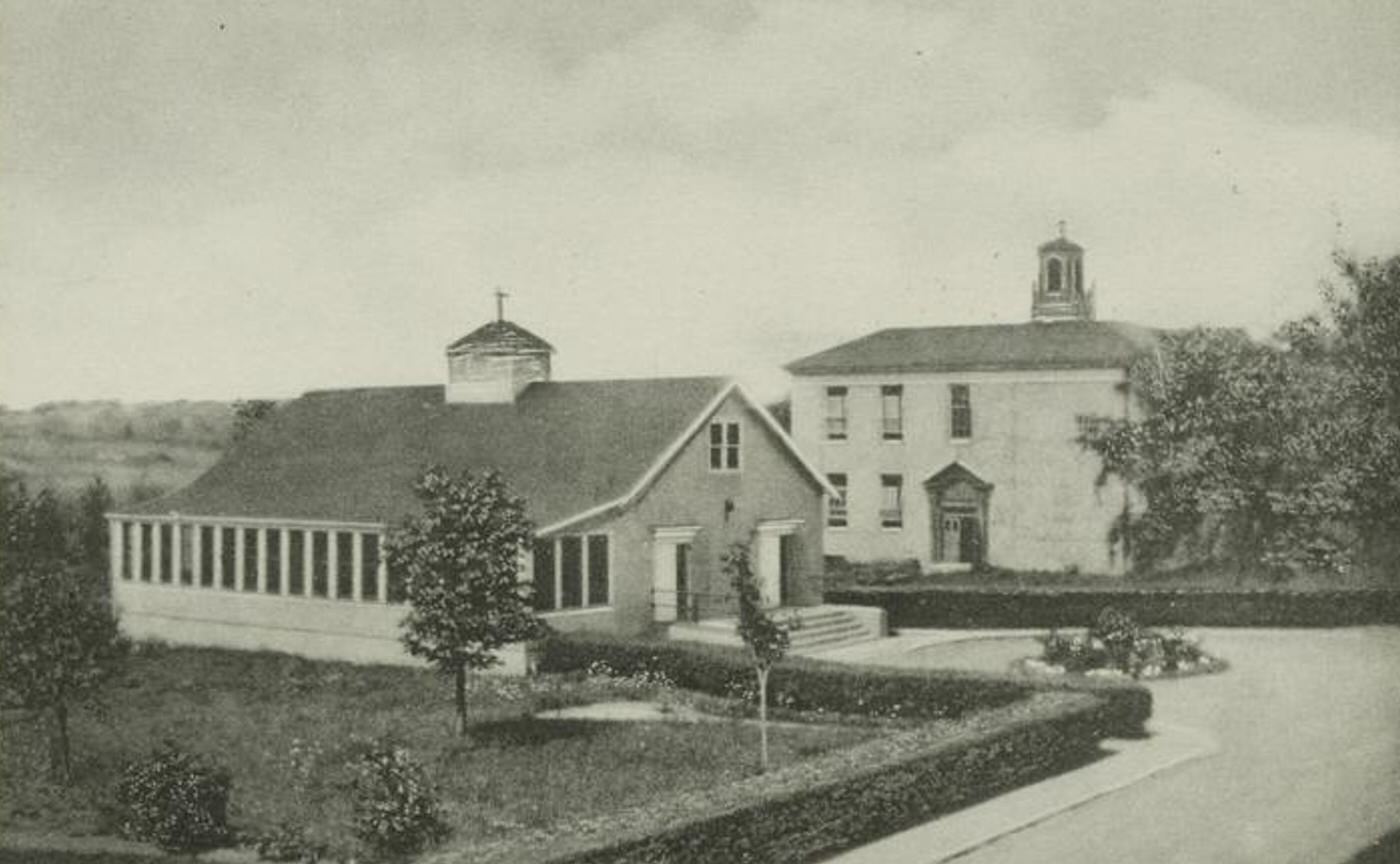

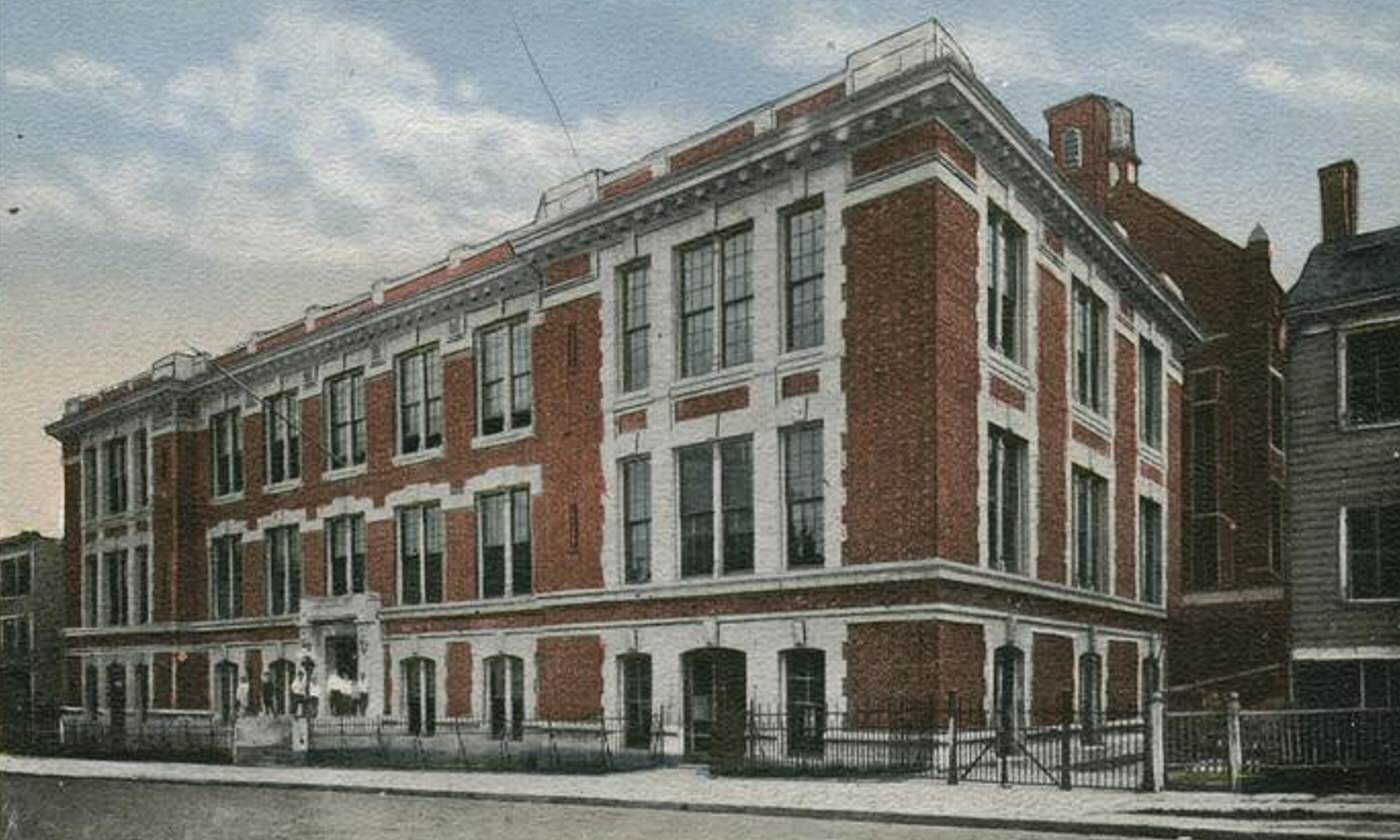
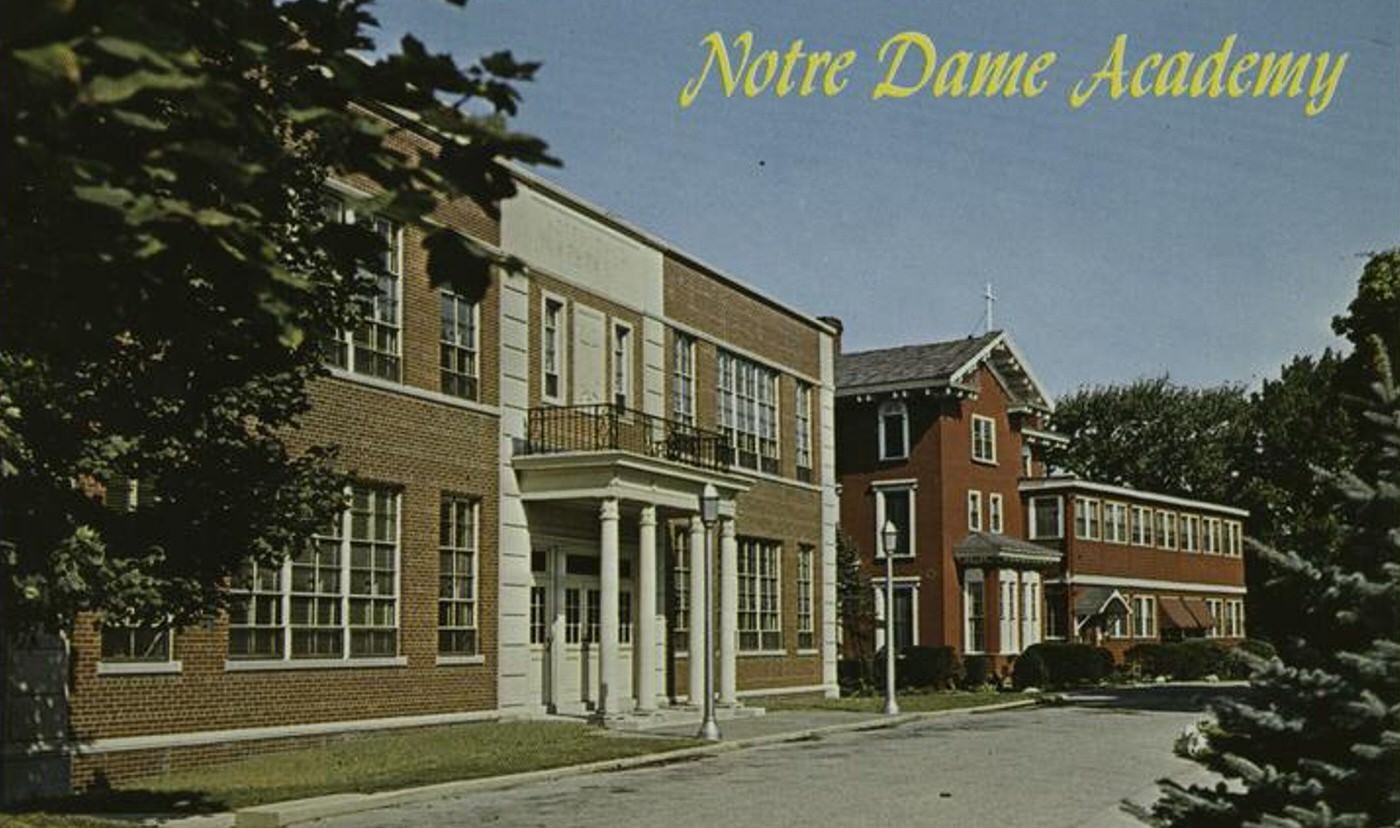
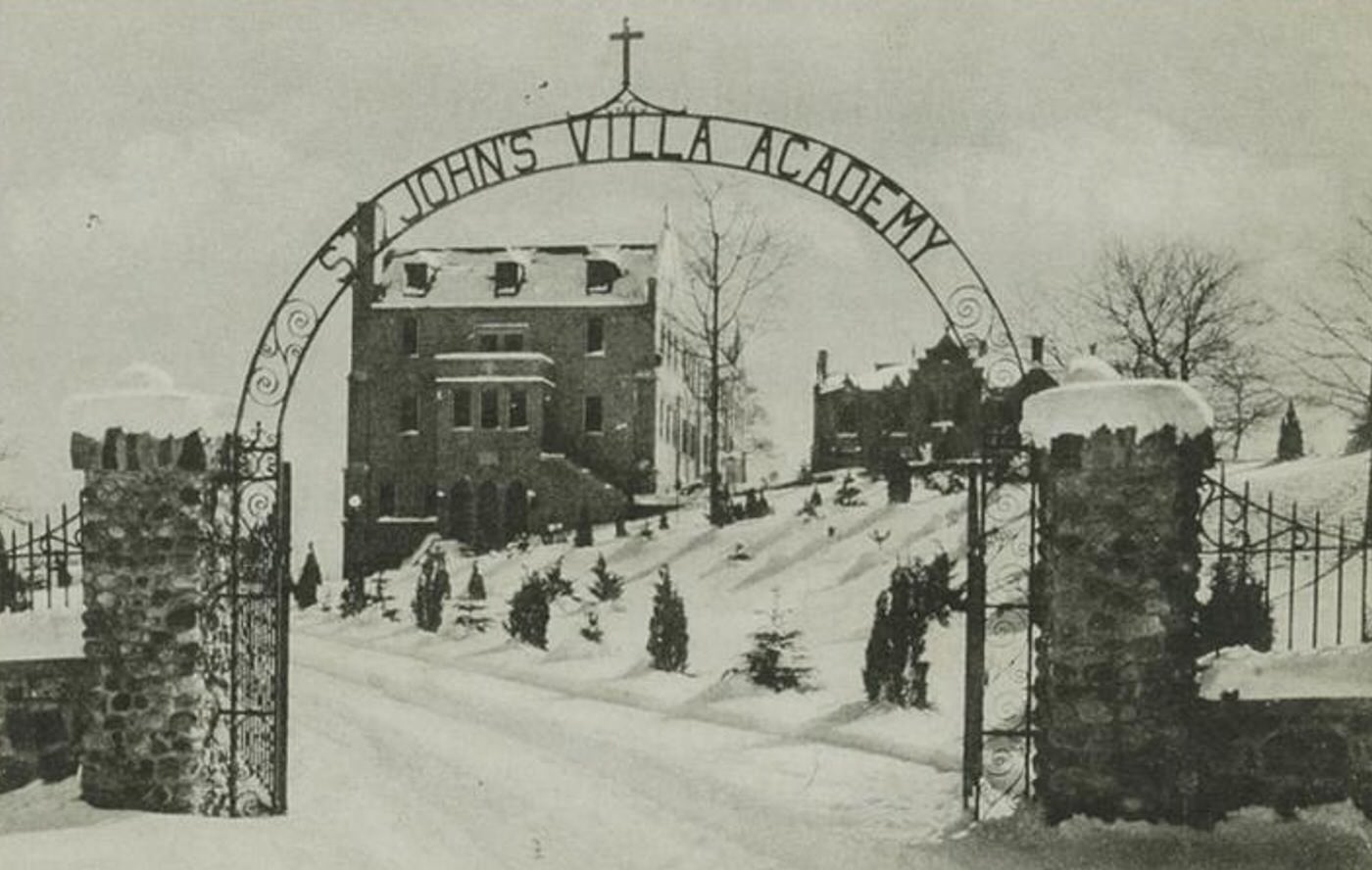
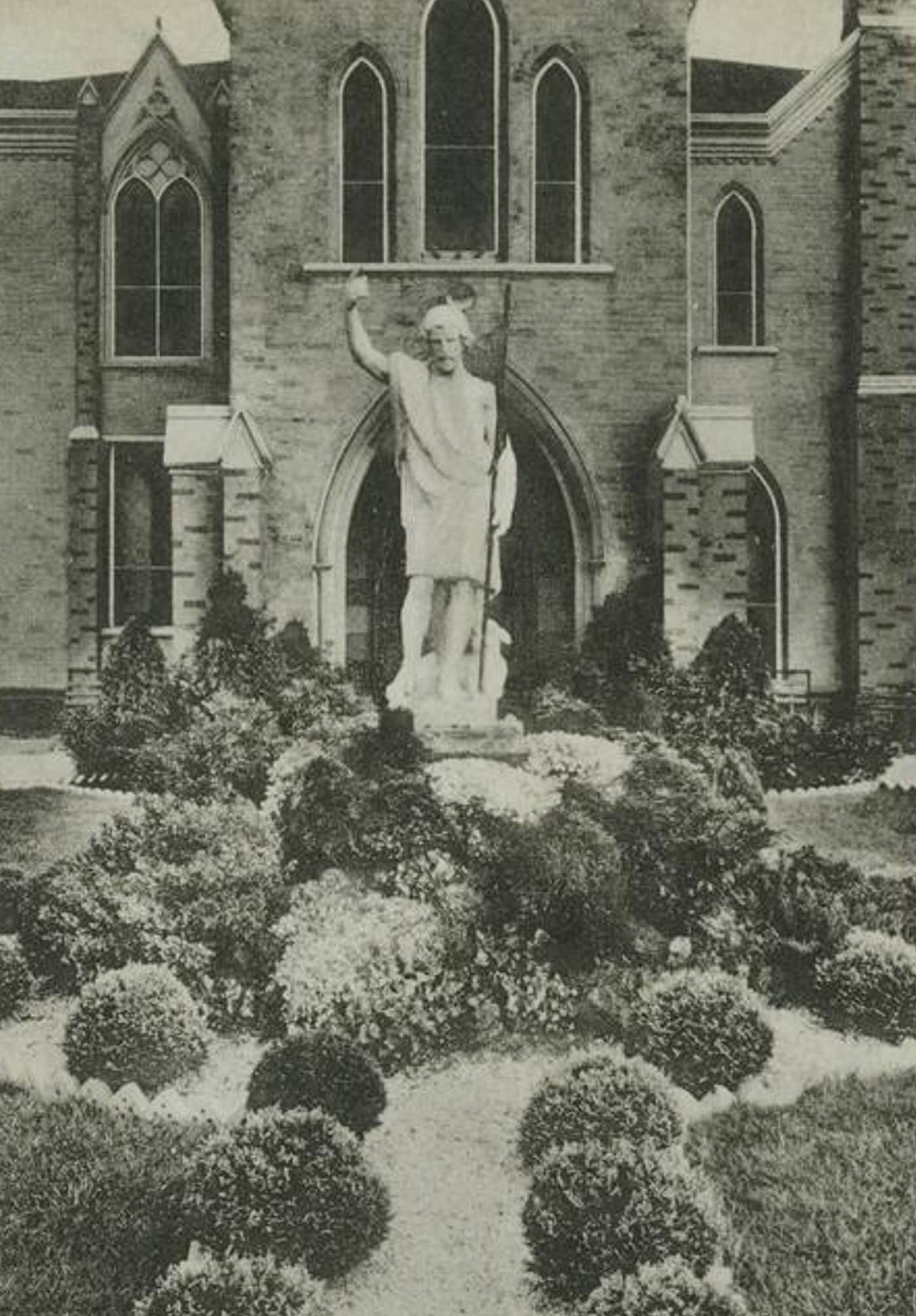
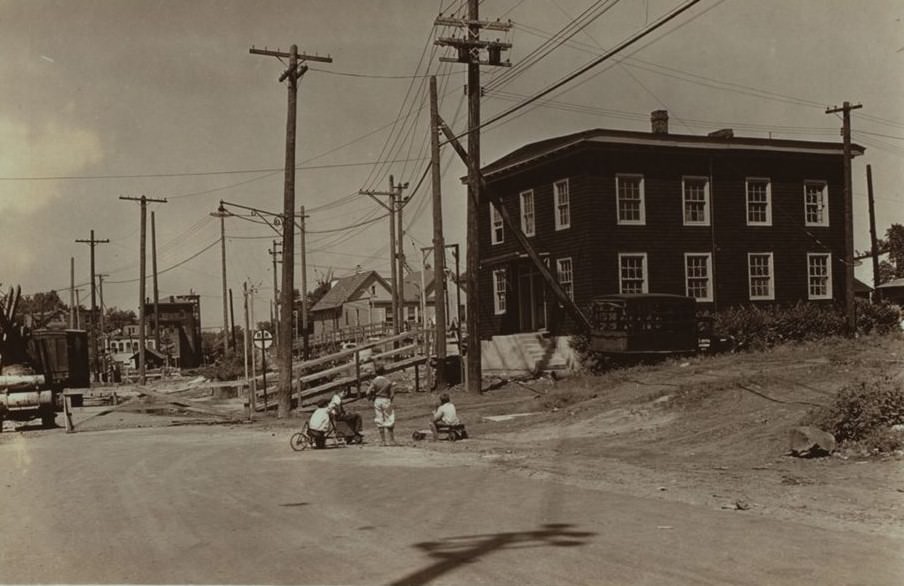

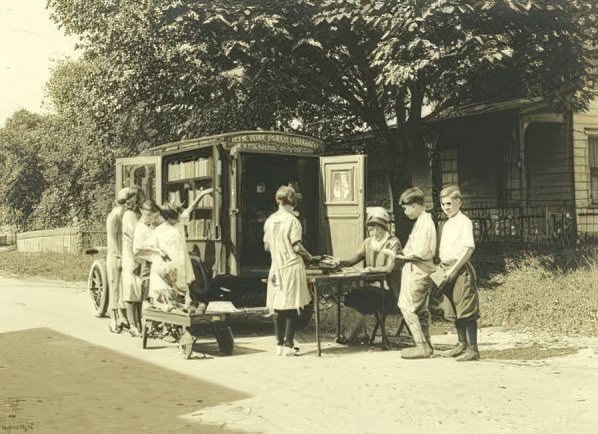
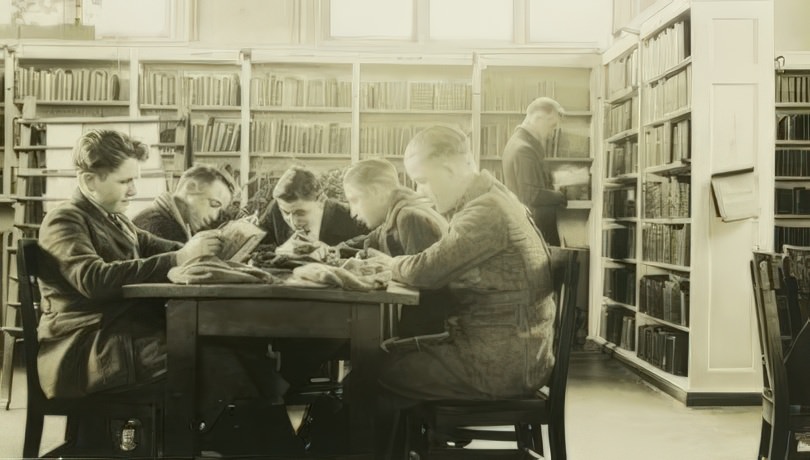


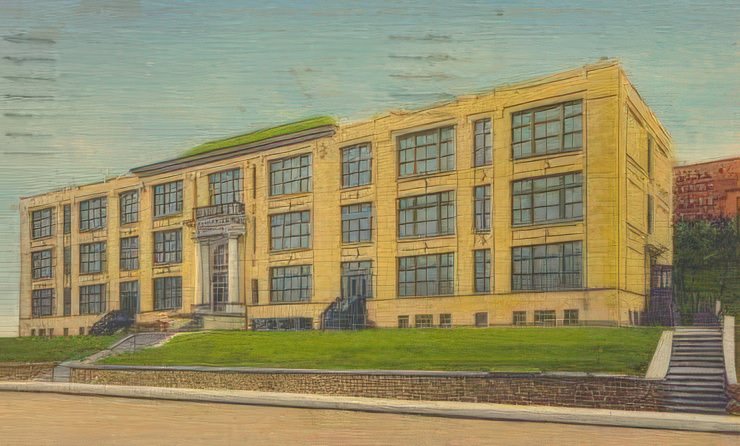

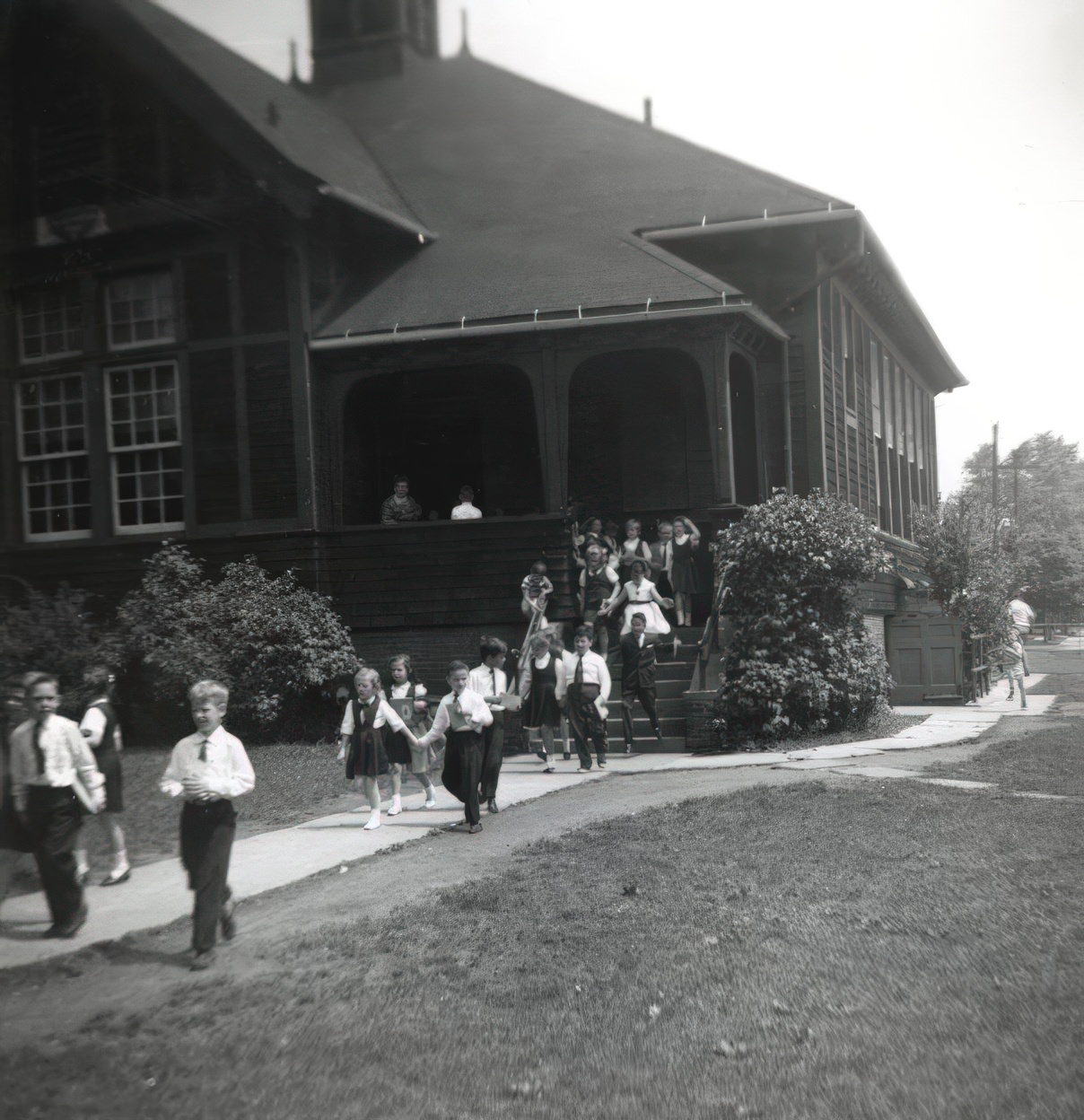
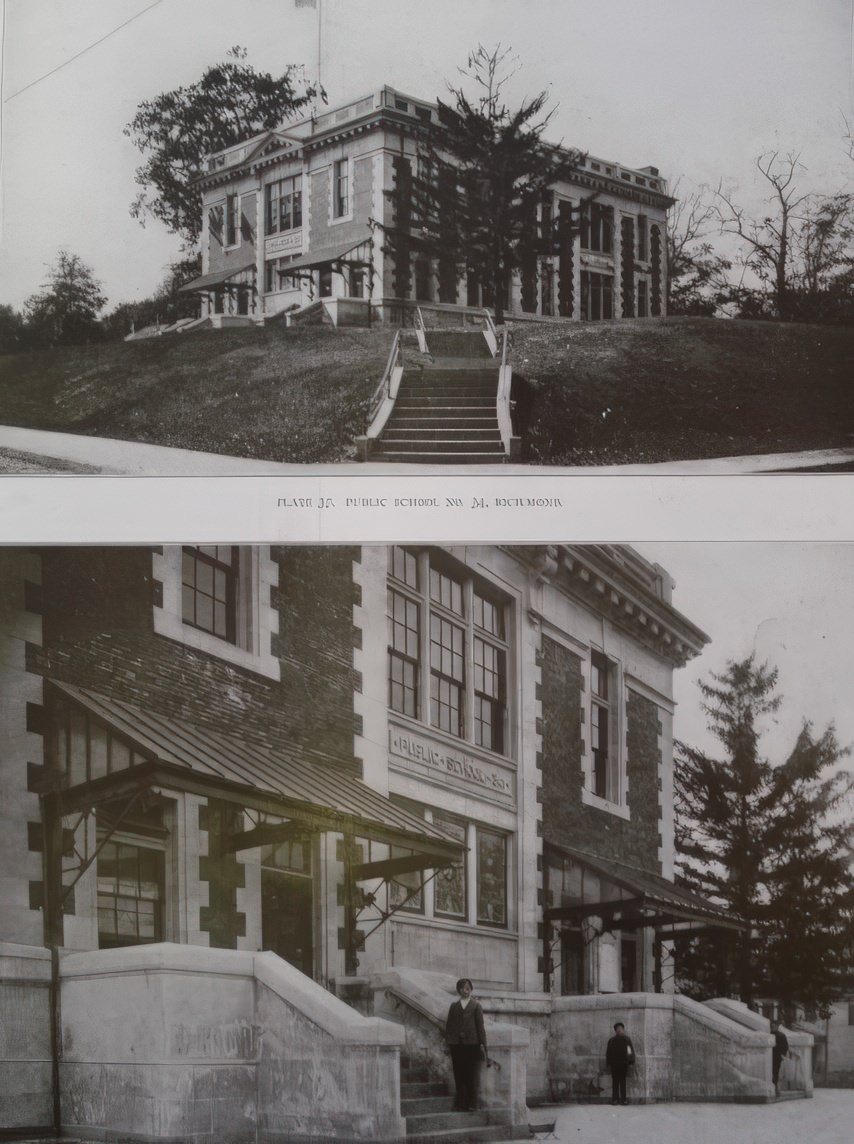
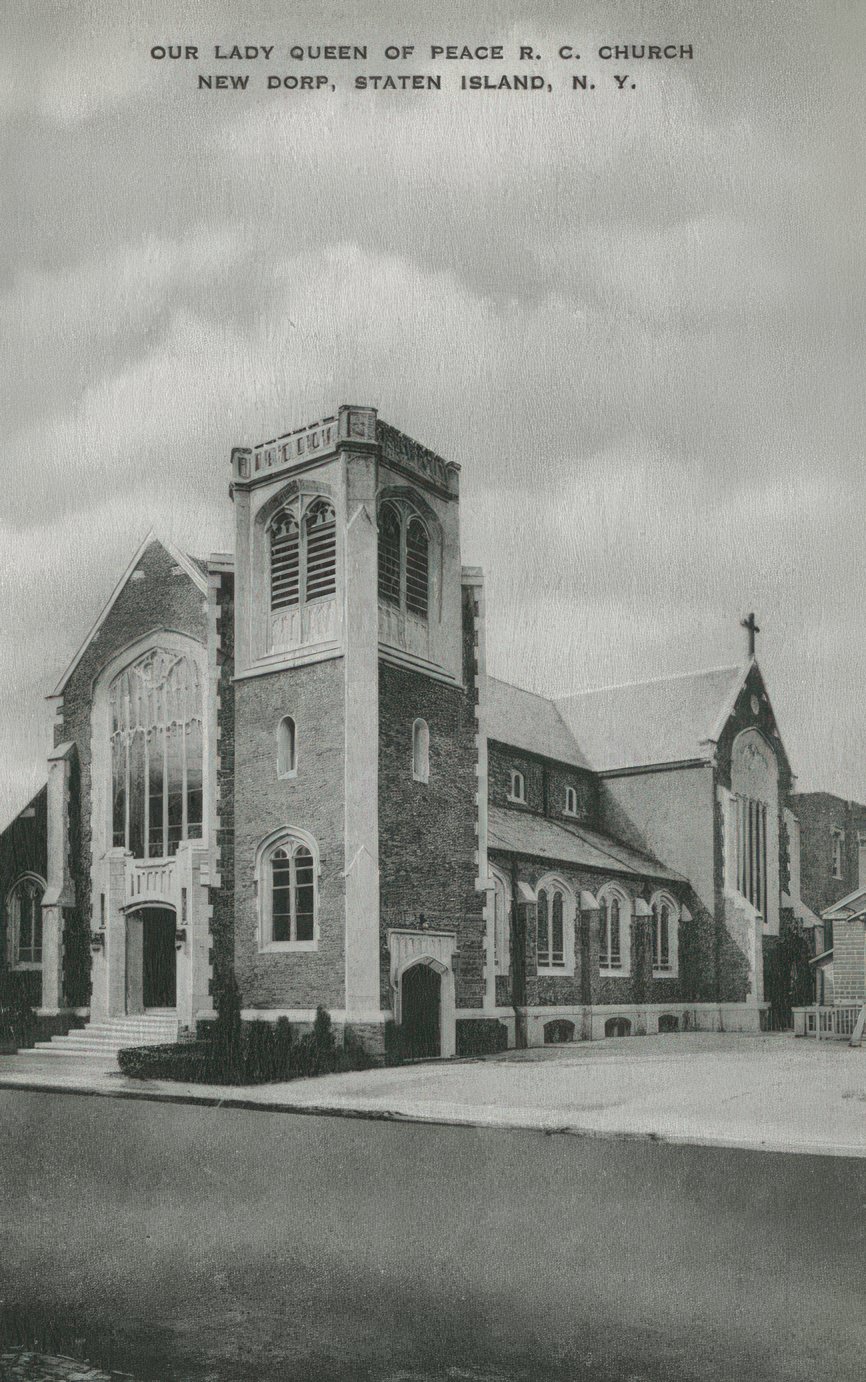
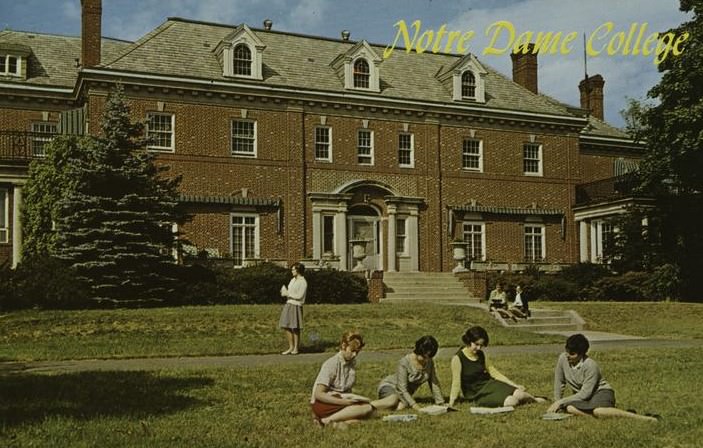

GIPHY App Key not set. Please check settings